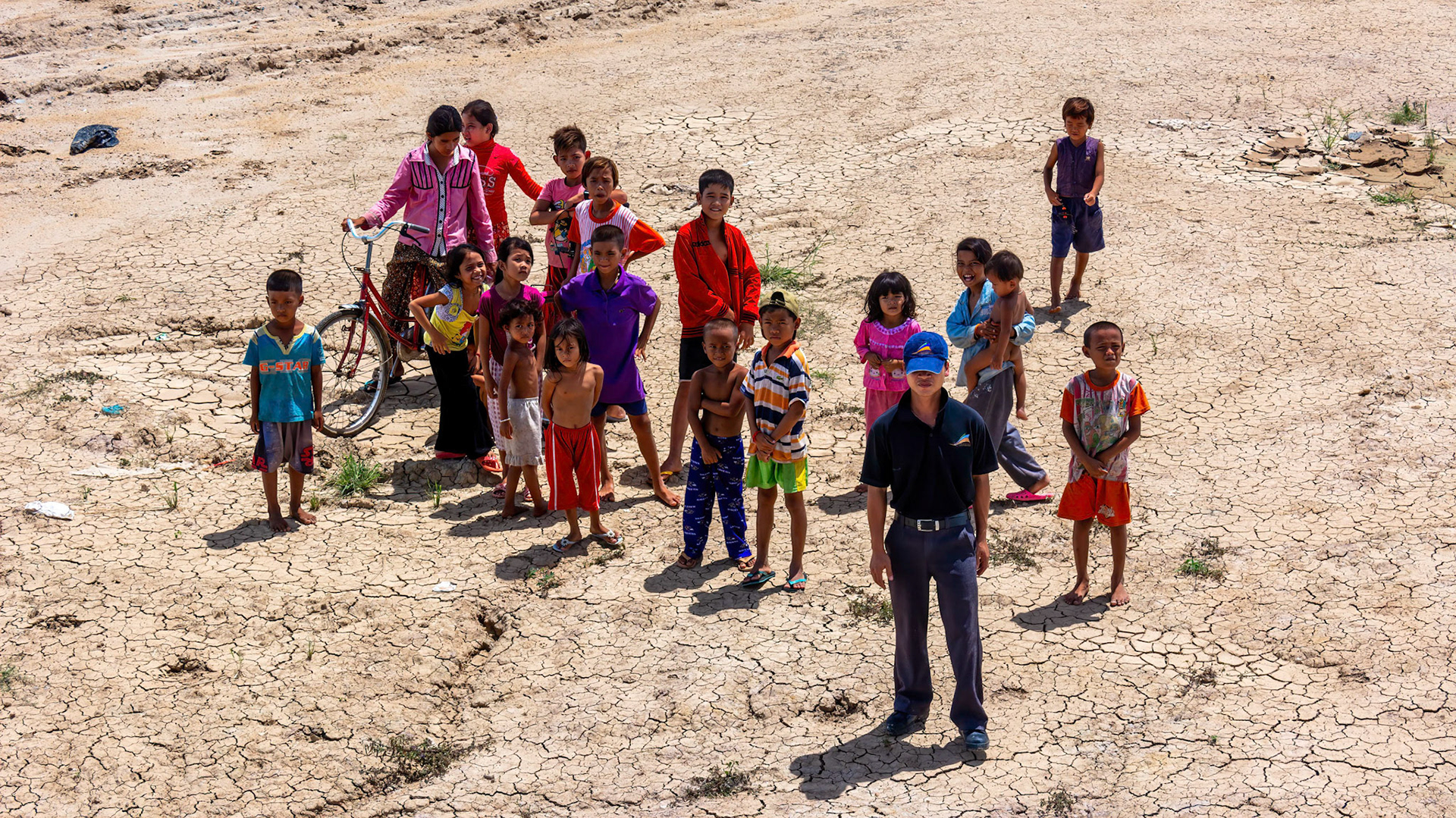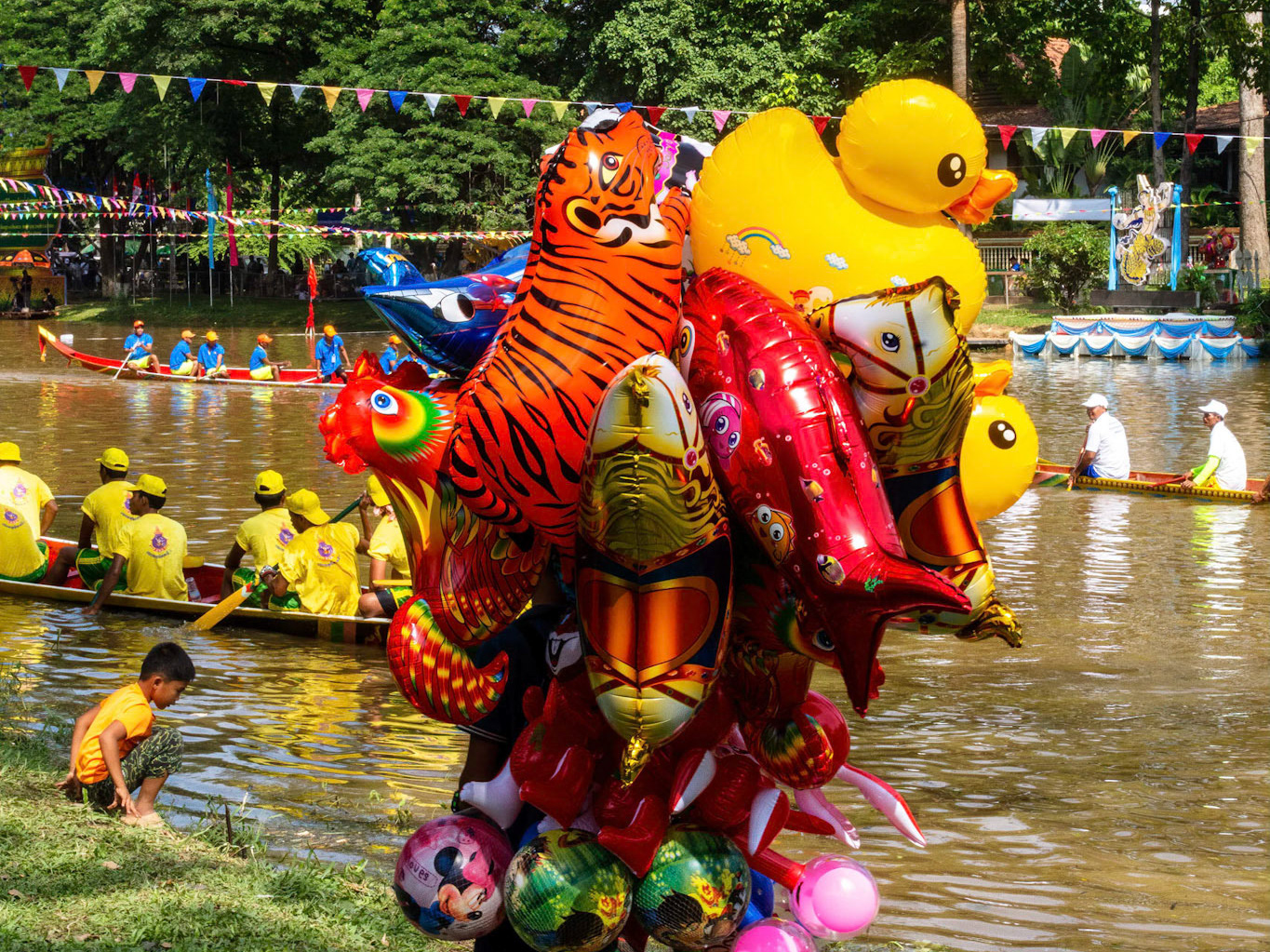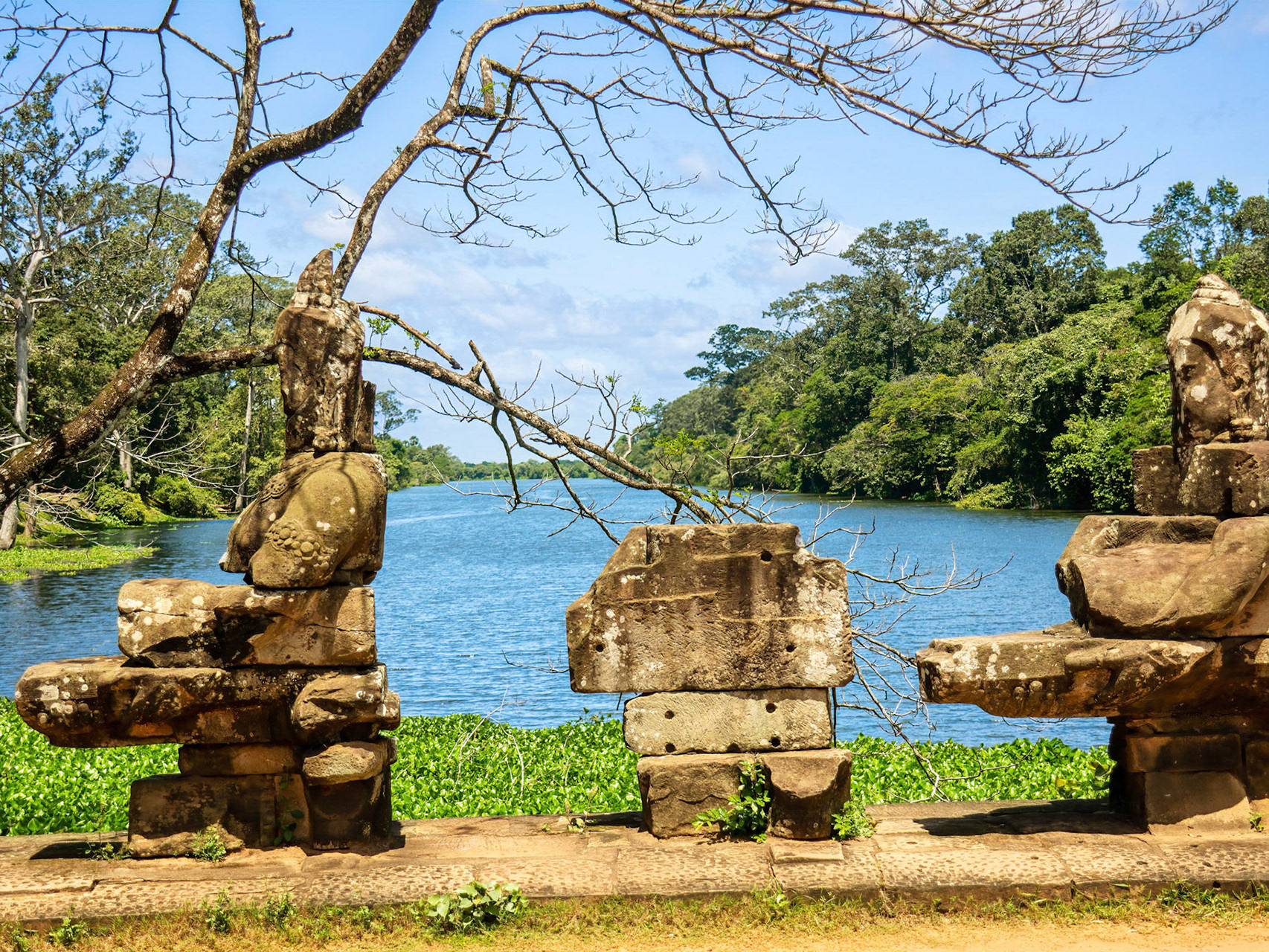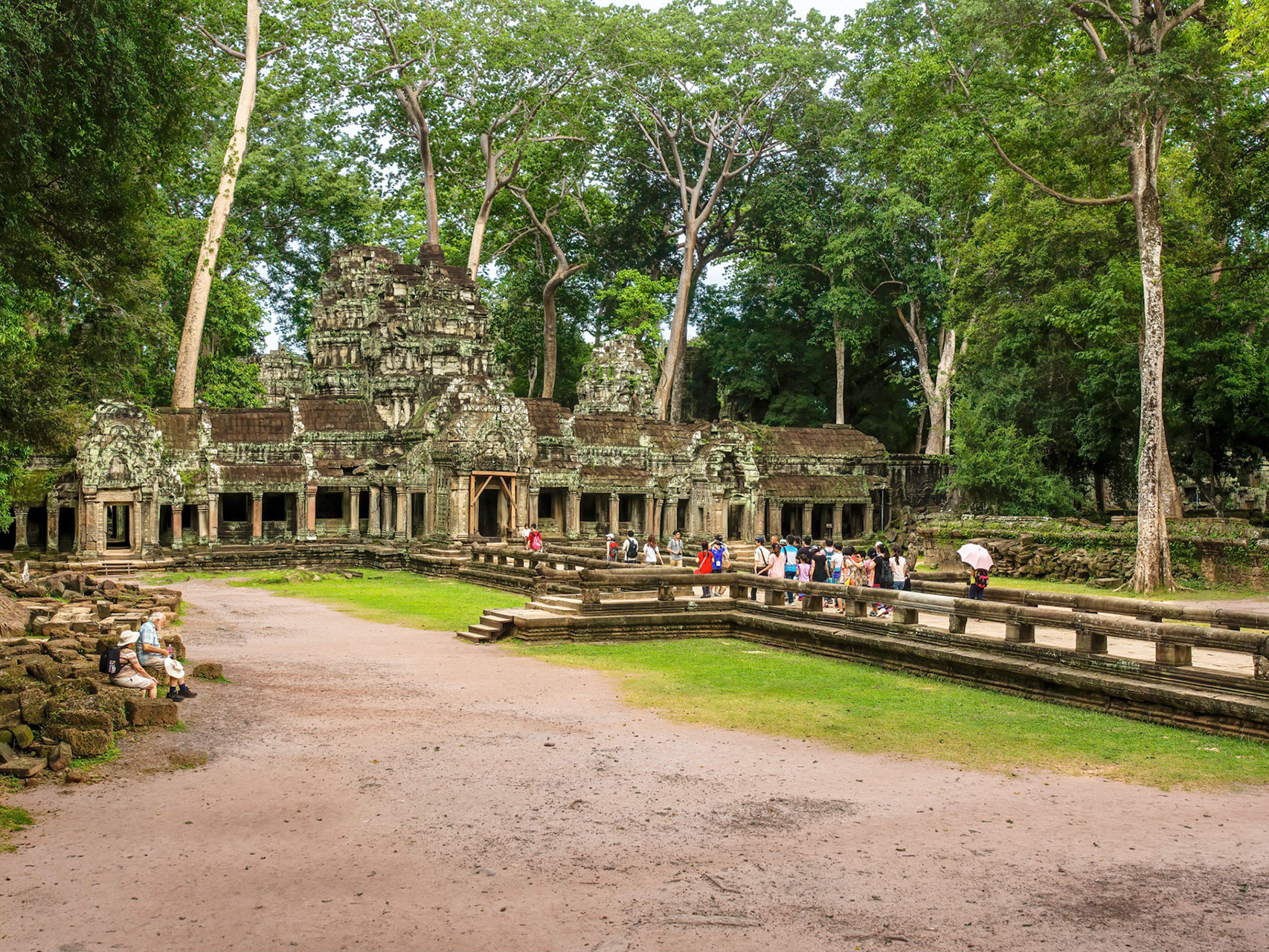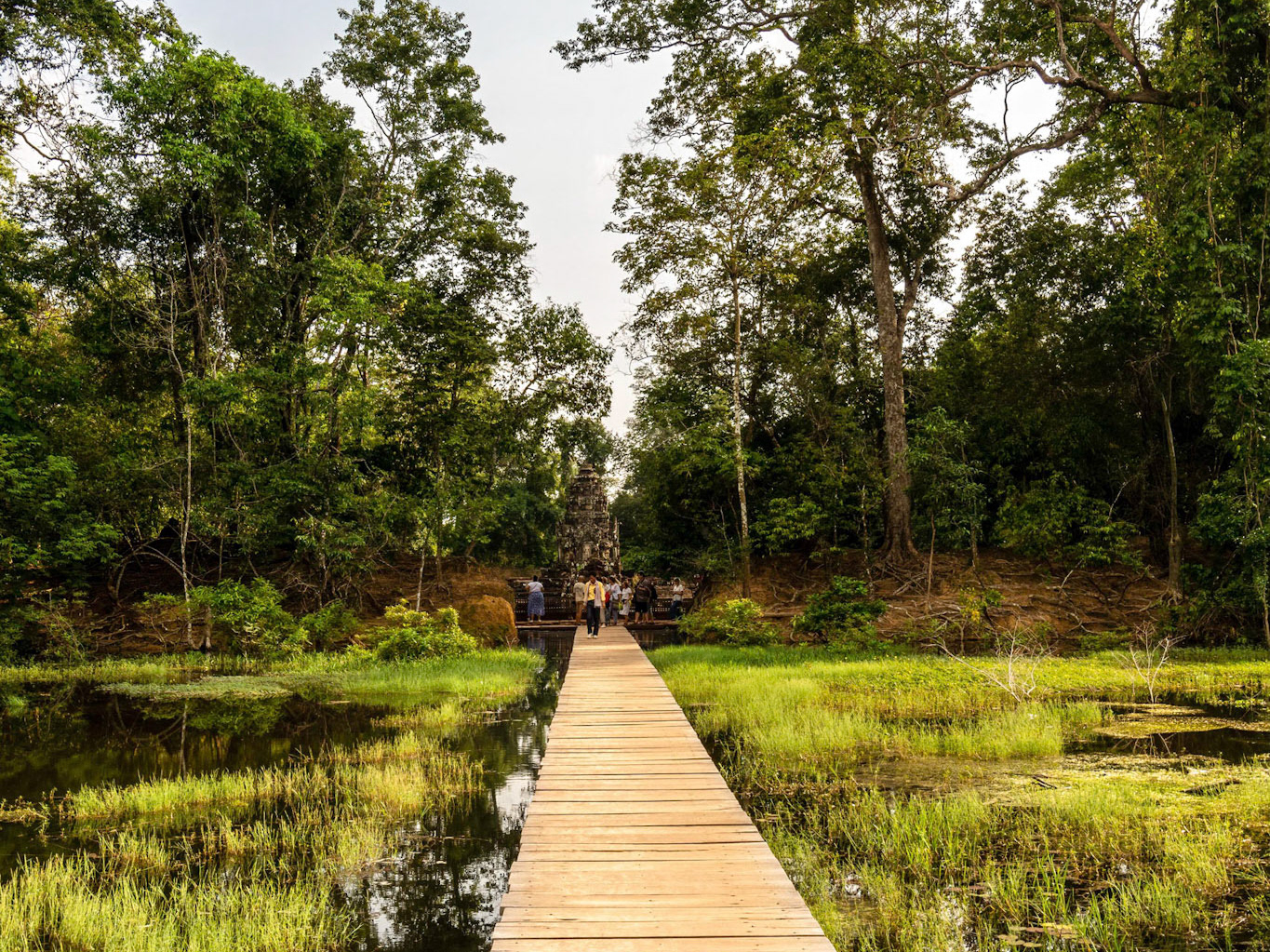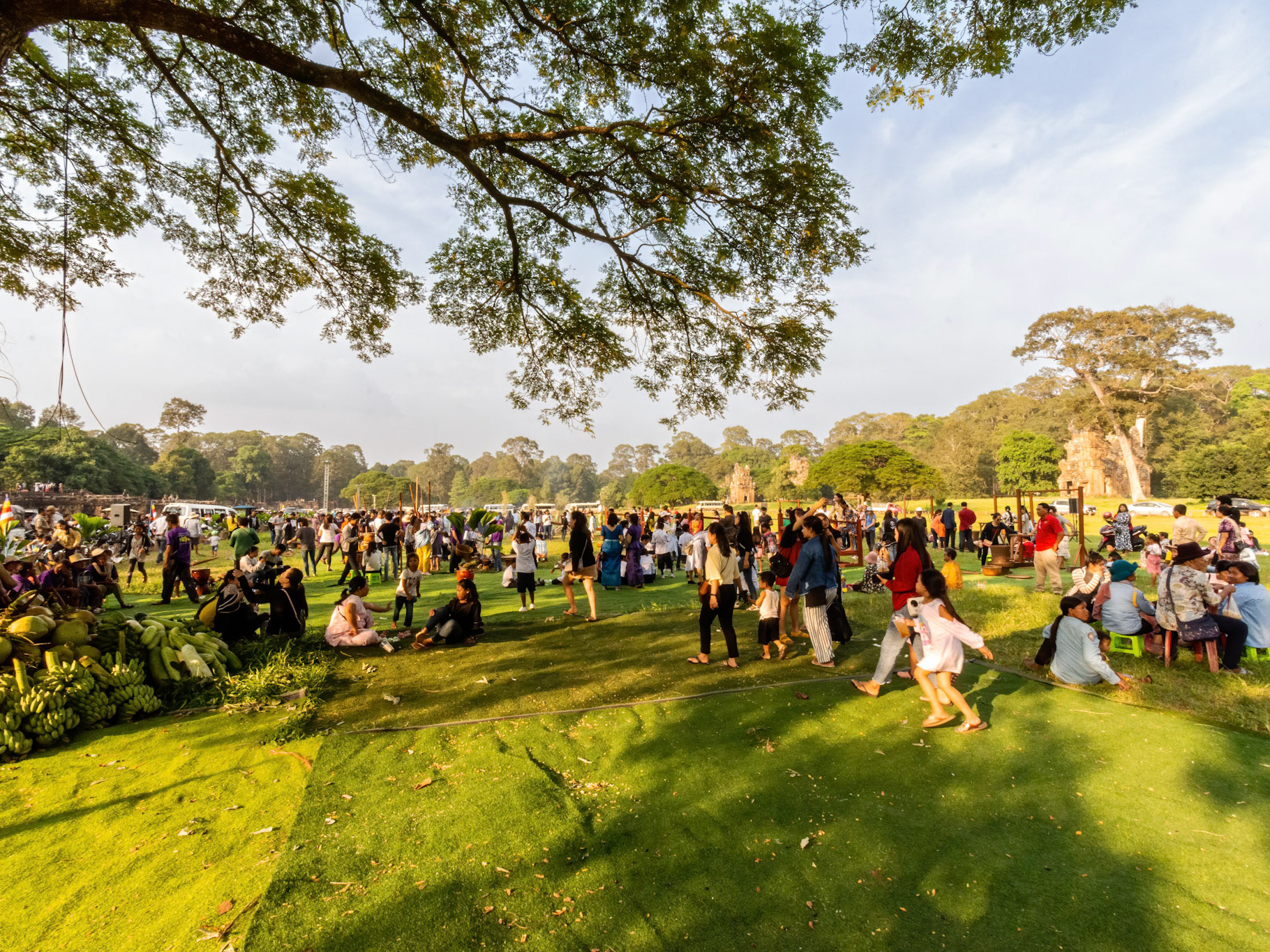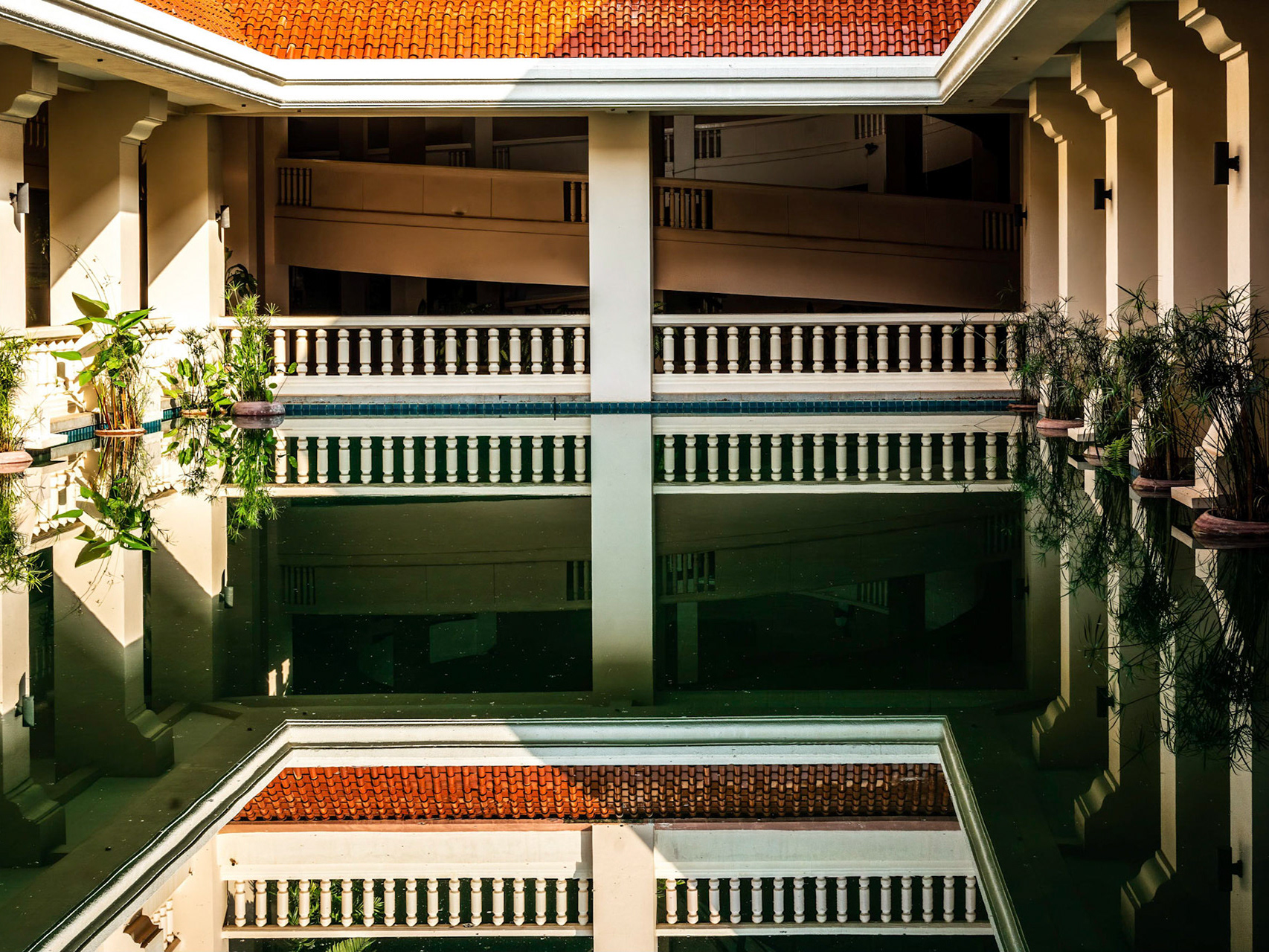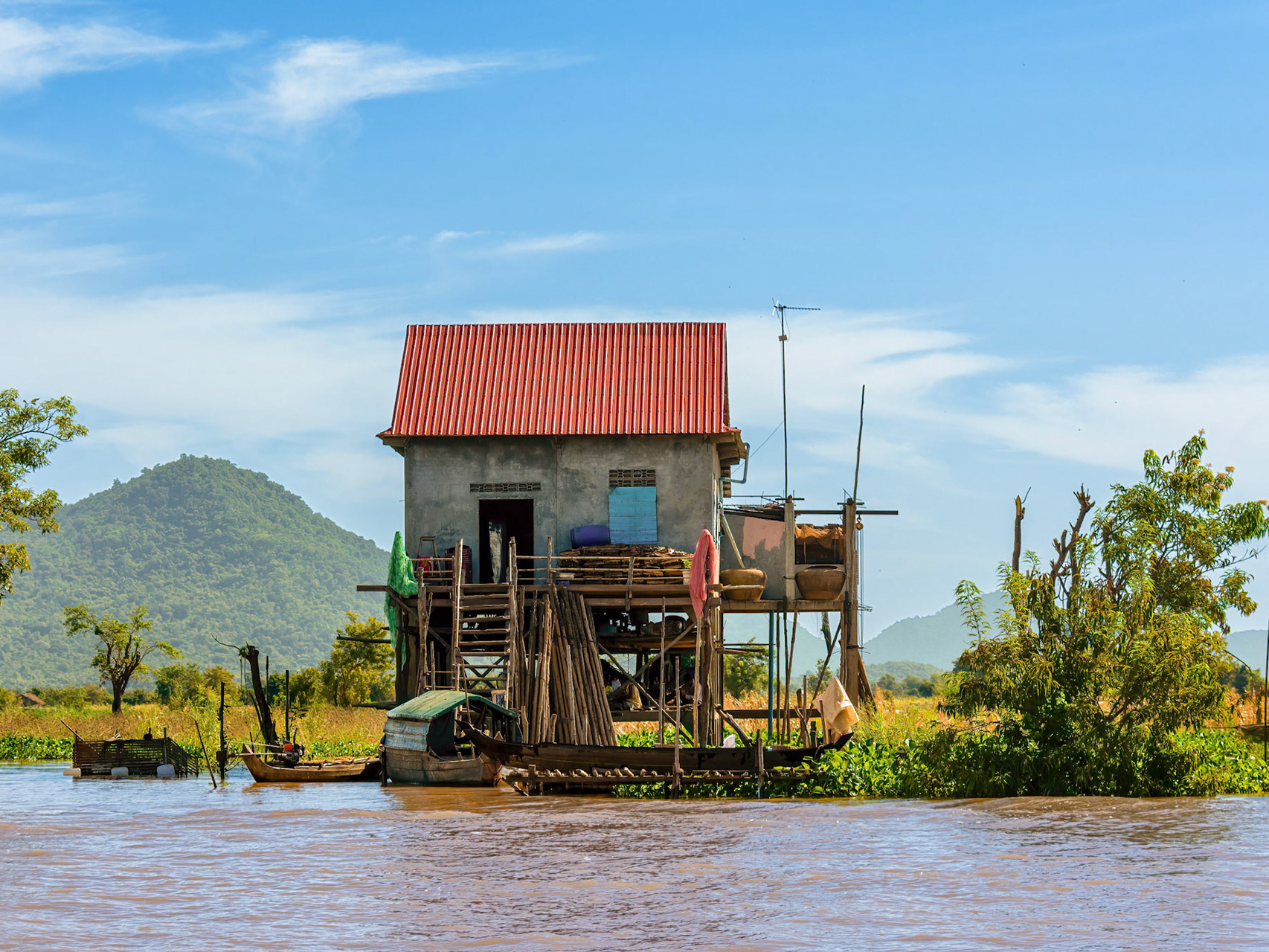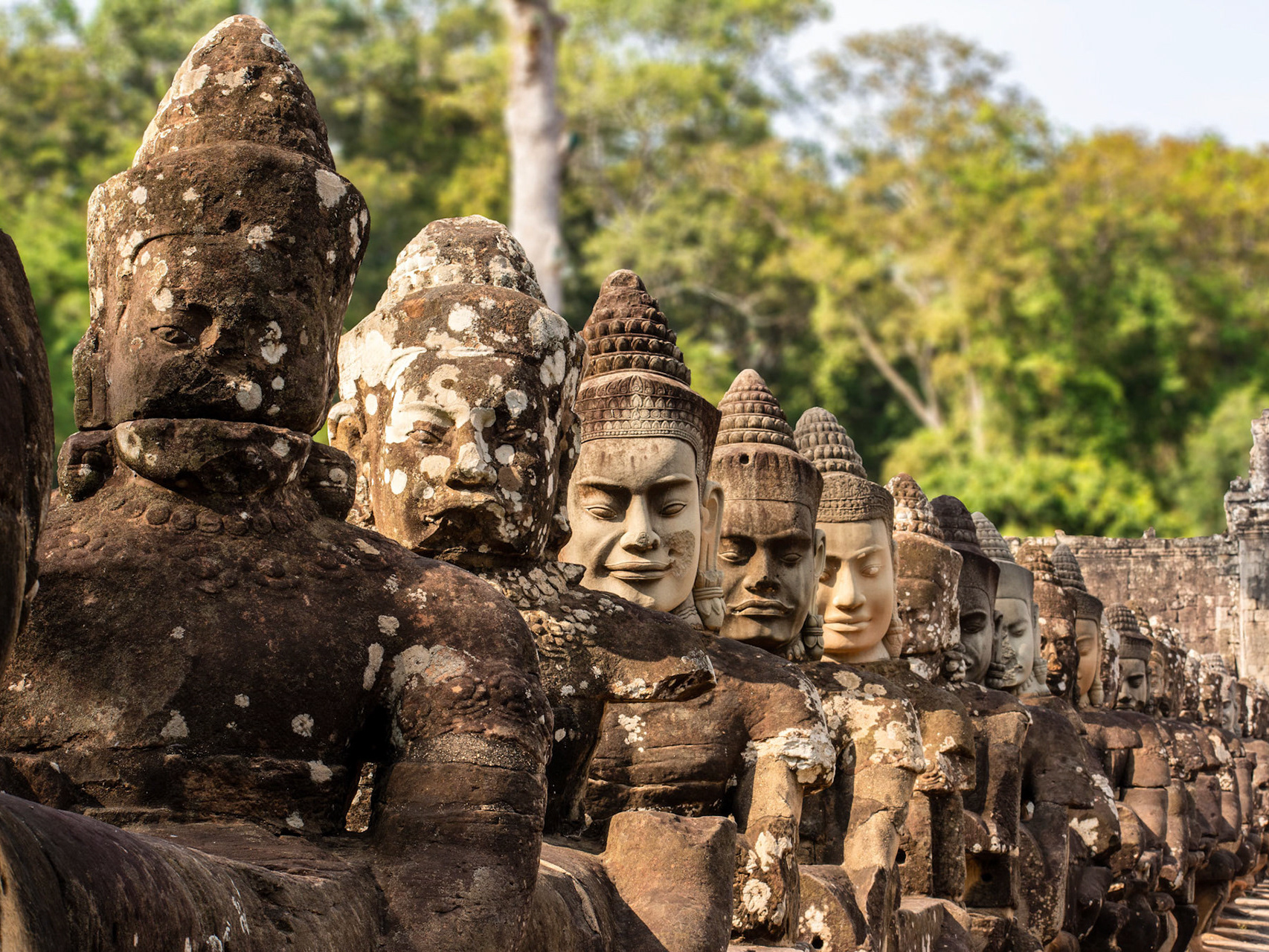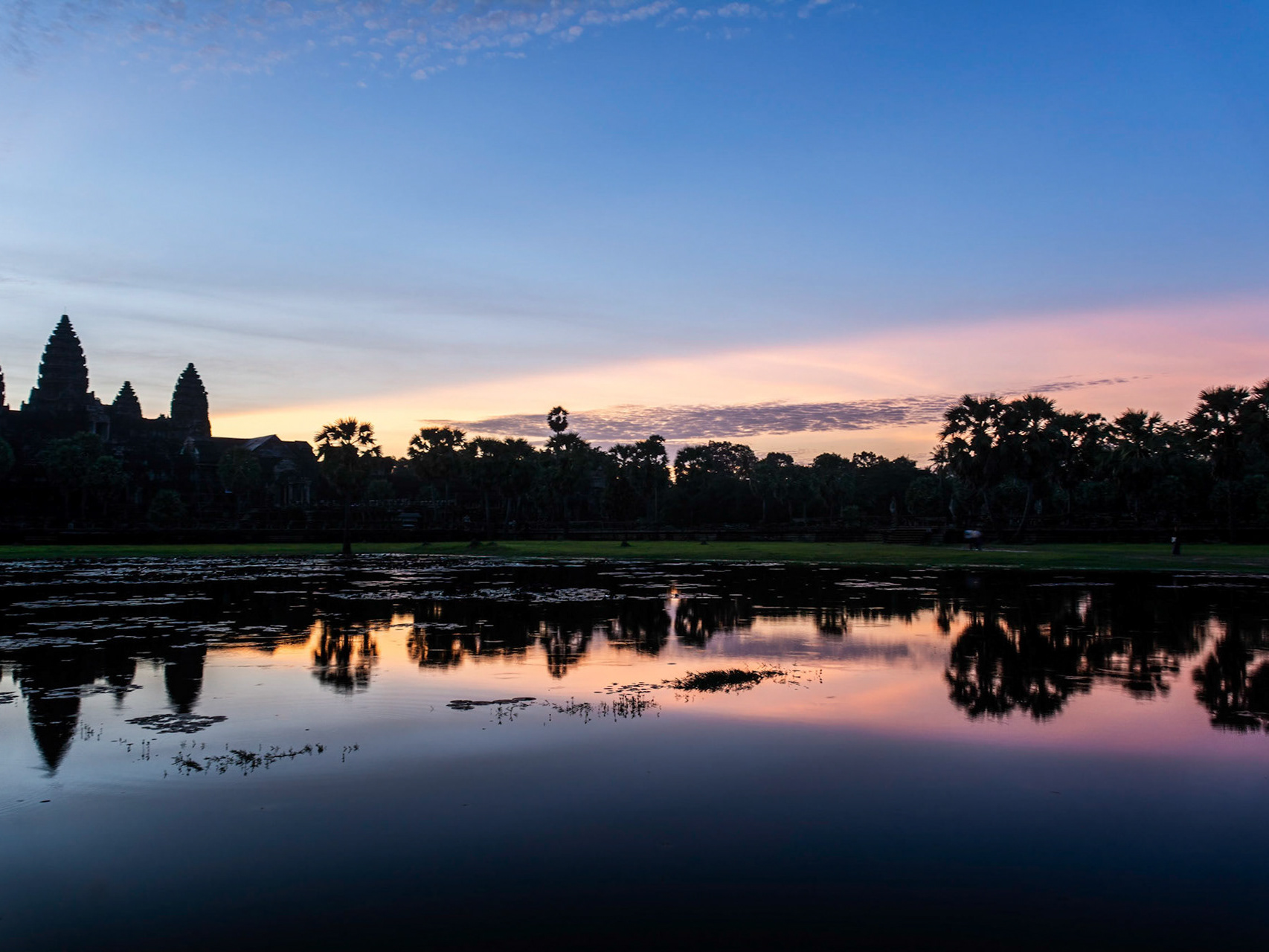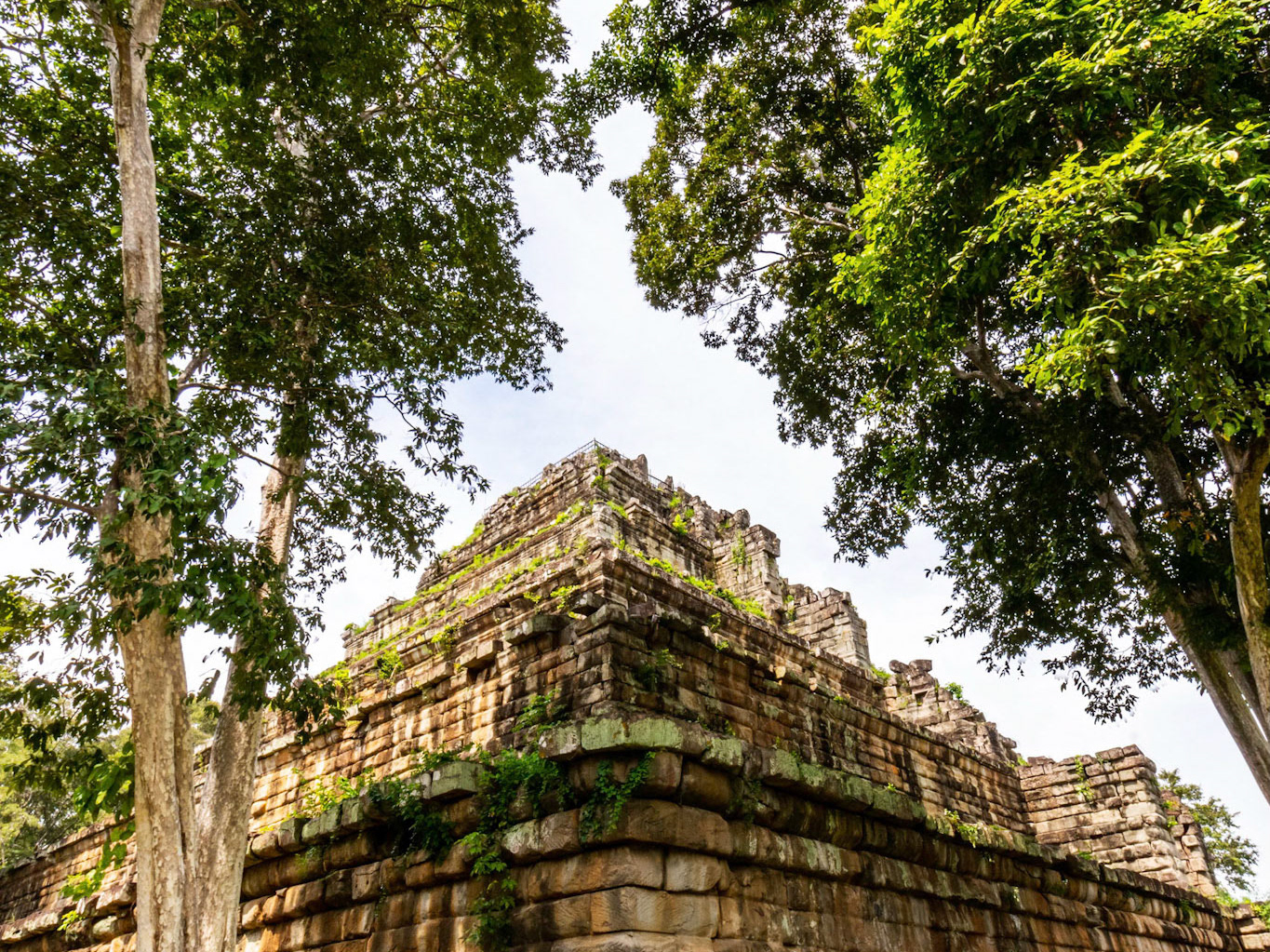Phnom Penh - ភ្នំពេញ
From the Vietnamese immigration check-point, about 12 km north of Tân Châu, it’s roughly 100 km by river to Phnom Penh and about 75 km as the crow flies. Visa processing on both sides of the border took several hours and it wasn’t until after sunset that we crossed into Cambodia and headed toward Phnom Penh. By speedboat it’s just over two hours but by the boat we were on quite a bit longer and it wasn’t until sometime during the night we tied up at the wharf in Phnom Penh, for photos of what the journey’s like see my 2019 album for the trip from Châu Đốc to Phnom Penh.
In the morning we crossed over a couple of other boats that were in the wharf before us to get on the bus to Choeung Ek - ជើងឯក (The Killing Fields).
Roluos village, where we pulled in, almost abutted the perimeter and its peaceful, neat little houses and basketball courts belied the horror of what took places only metres away.
Before the Khmer Rouge, part of Choeung Ek was used to grow longan trees and watermelons and another part a Chinese cemetery. After 1975 the area was turned into the "Killing Fields", prisoners selected for murder were trucked in at night from interrogation centres - mainly S-21. They were put into a small hut before being taken out, forced to kneel at a pre-prepared grave, and "clubbed on the neck with tools such as [a] cart axle, hoe, stick, wooden club or whatever else served as a weapon of death. They were sometimes stabbed with knives or swords to save using bullets..."
The whole area seemed unnaturally quiet, visitors are requested to keep noise to a minimum. It was really hard to reconcile the knowledge of the crimes that had been committed with the now seemingly peaceful surroundings. Numerous depressions dot the ground, which we were told were sites of mass graves. There were constant reminders of its genocidal use: a tall modern glass and cement stupa holding the remains of about 5,00 people, glass cases filled with exhumed clothing, bamboo picket fences laced with Buddhist sai sin (cotton wrist bands)- placed by relatives in memory of their murdered loved ones- and signs and photo boards.
It was a very quiet bus that made its way to the Tuol Sleng (S-21) prison and torture centre, much closer to the centre of town. Almost immediately after seizing power in 1975 Tuol Sleng, formerly a high school, was re-purposed by the Khmer Rouge, symbolic of their contempt for learning, to become the notorious Security Prison 21 (S-21). It remained in use as a torture and detention centre until the fall of the Khmer Rouge in 1979.
Tuol Sleng means "Hill of the Poisonous Trees" or "Strychnine Hill". It was only one of at least 150 execution centres in the country, and as many as 20,000 prisoners were killed there or at Choeung Ek. During the regime's rule the oddest luck could save someone. I was lucky to meet Chum Mey whose life was saved by a typewriter: he was a typewriter repairer by trade and during one of his interrogations the typewriter broke...
In the afternoon we visited the Royal Palace and Silver Pagoda (no photos inside), the contrast between it and Choeung Ek and S-21 was really stark and a reminder that a scarifying reality can rub up against apparent beauty.
Next day we went to Chong Koh, only a short distance from Phnom Penh, known for its silk hand weaving. Almost all the houses had a large eight or so heddle hand loom underneath. The weaving itself seems very specialised; when I asked one lady how long it took to thread the warp she was unable to tell me and added that someone came to do it for her. After Chong Koh we went back down the Mekong and entered the Tonlee Sap River and on to Oudong, unfortunately it started to rain just before we got off the boat so I decided to leave the camera onboard.
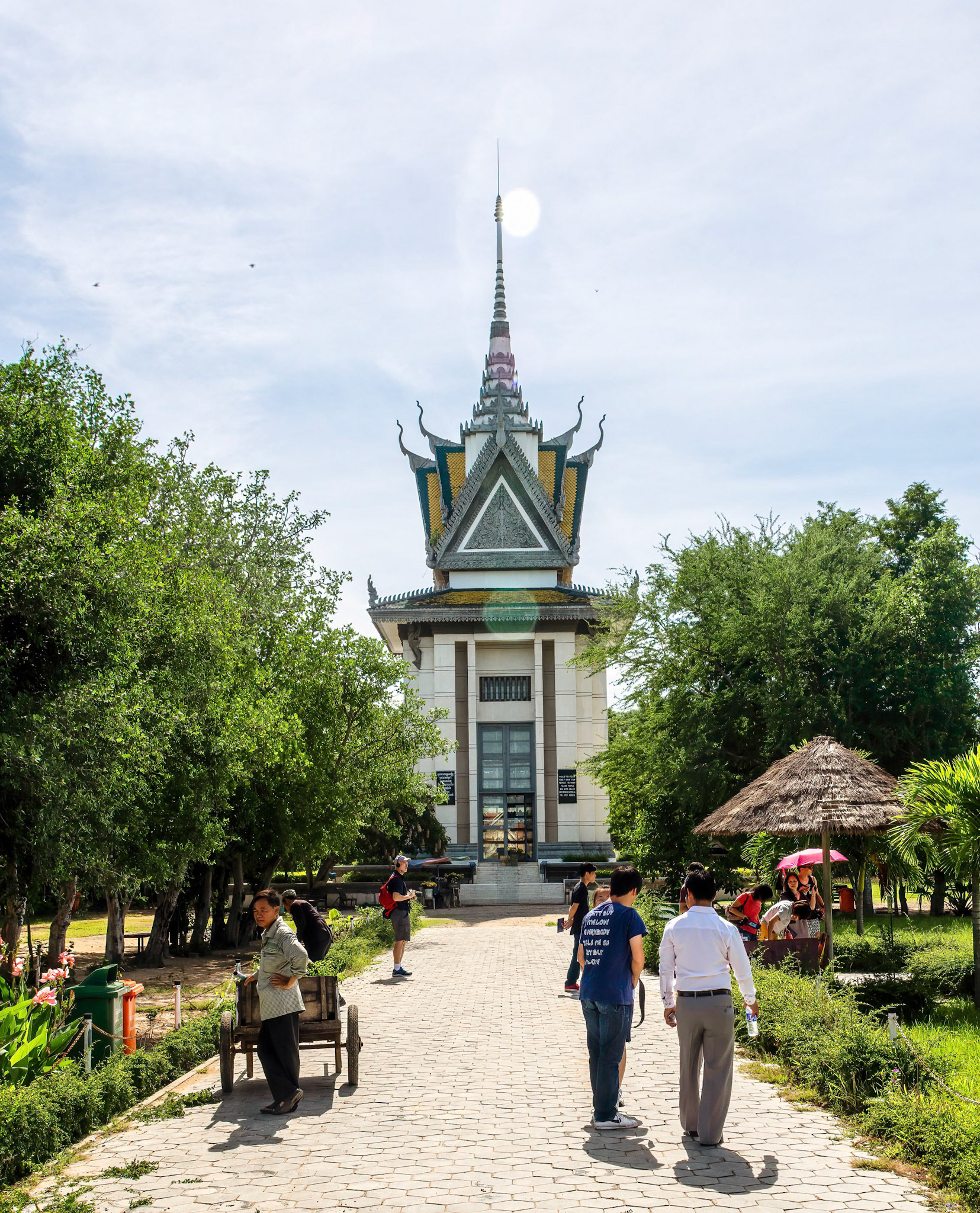
Choeung Ek - ជើងឯក
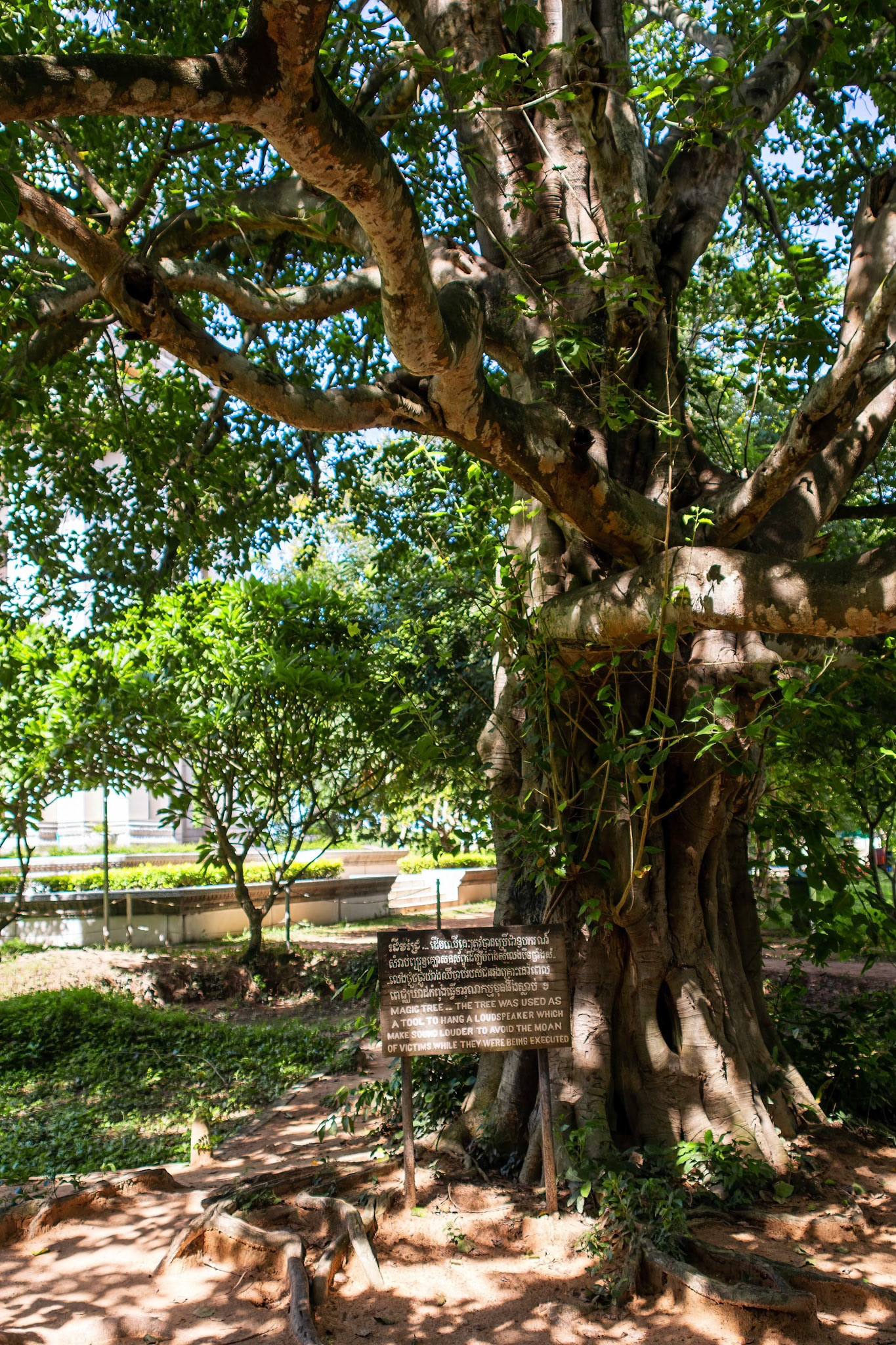
Choeung Ek - ជើងឯក
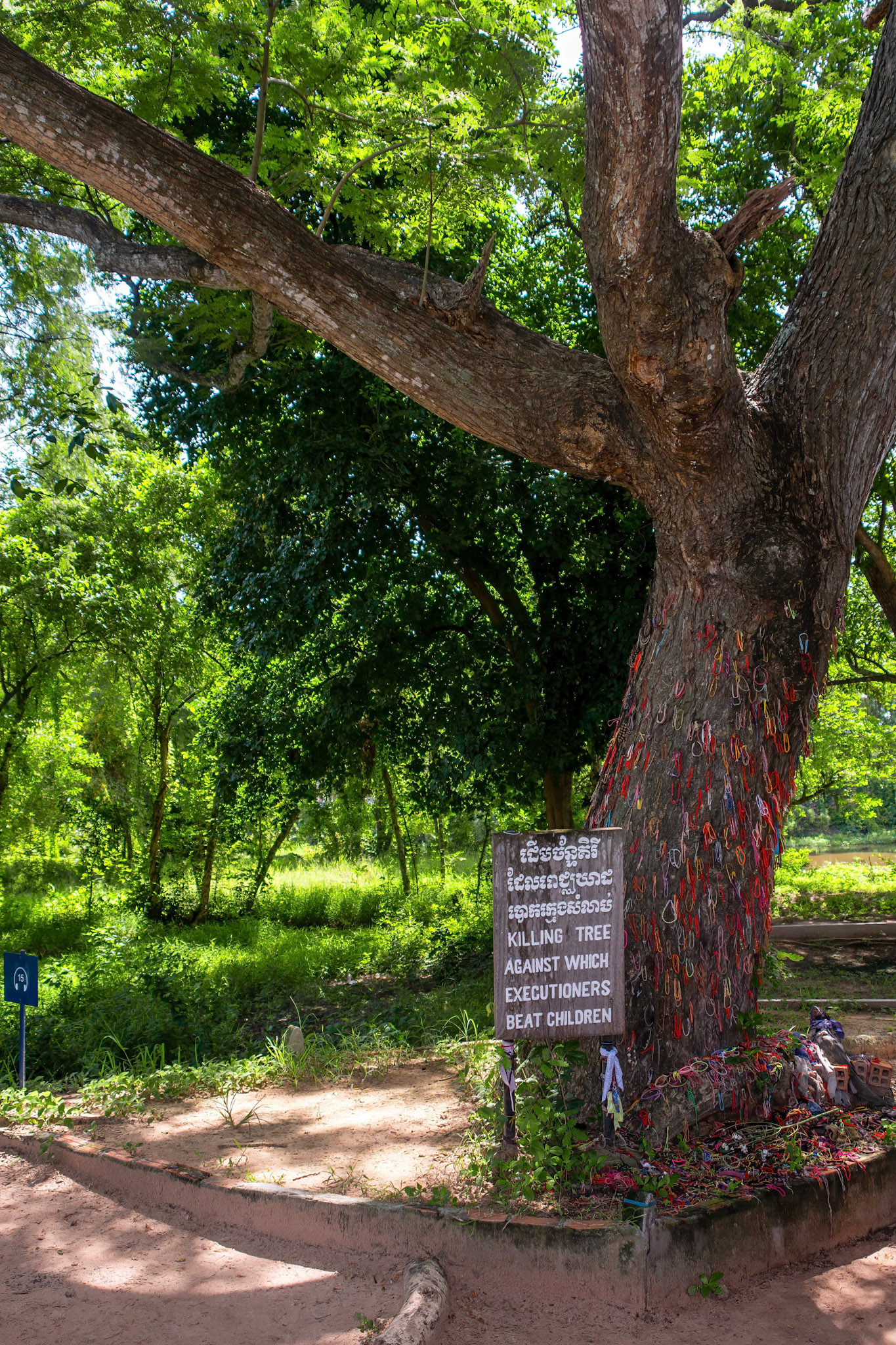
Choeung Ek - ជើងឯក
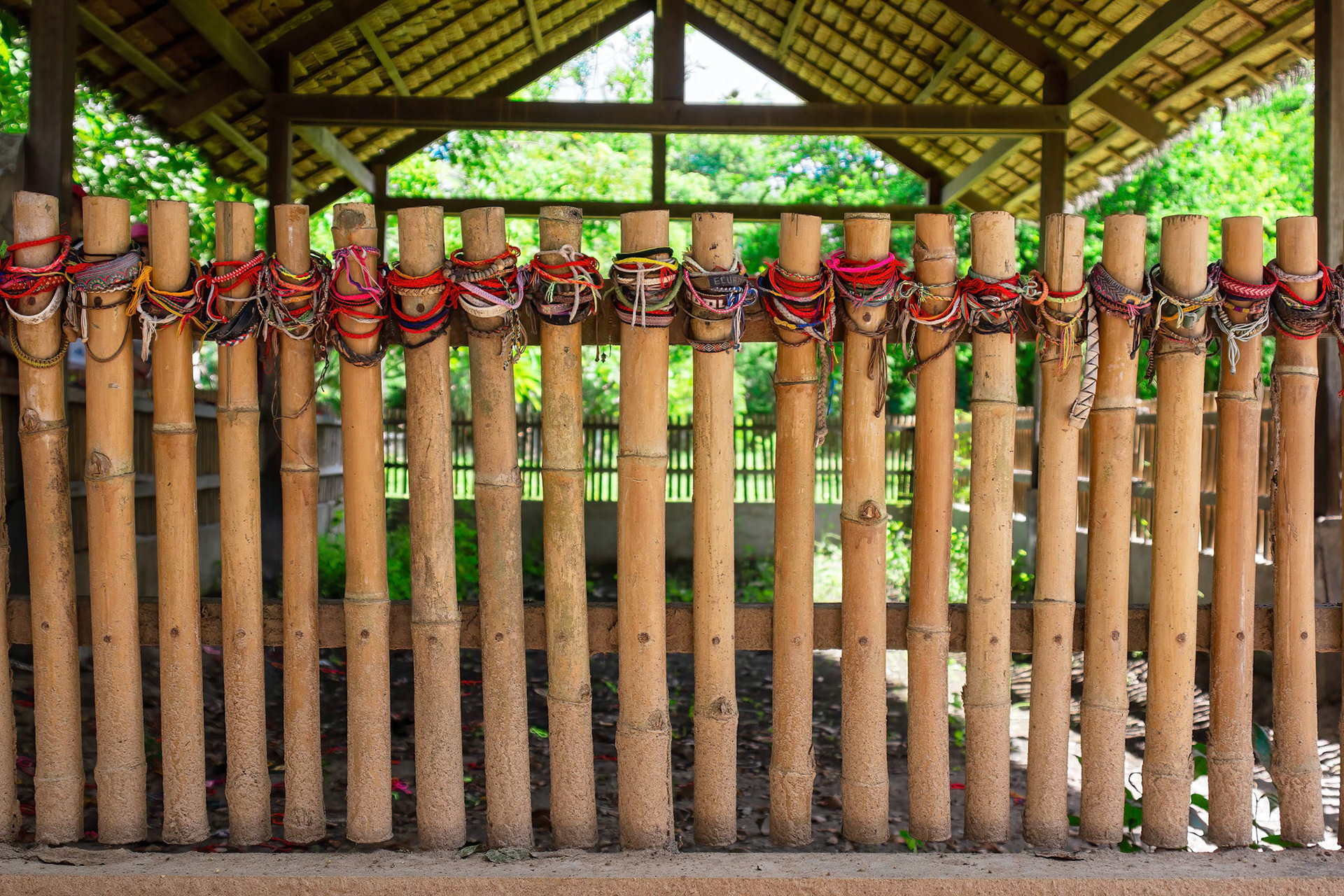
Choeung Ek - ជើងឯក
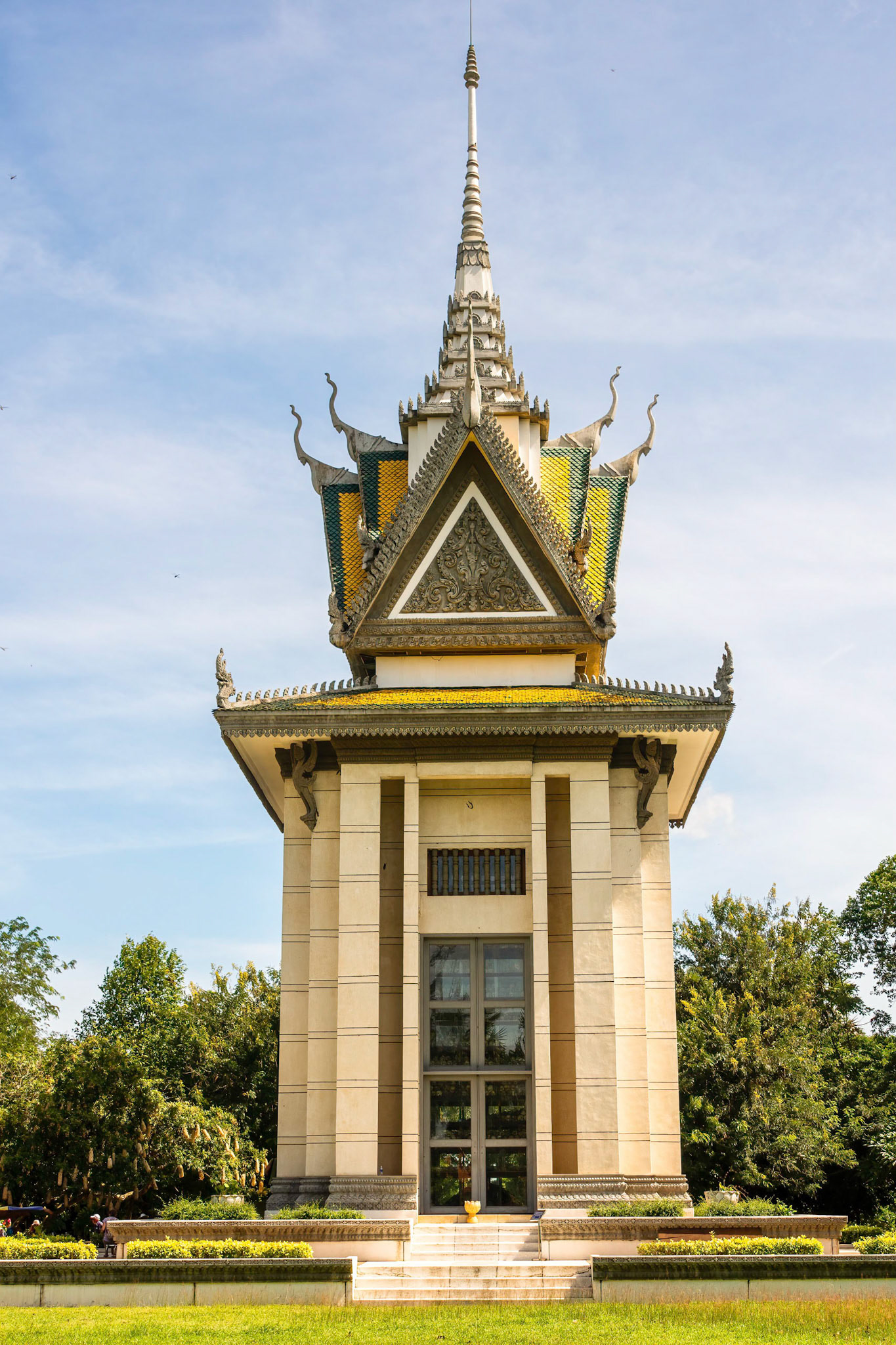
Choeung Ek - ជើងឯក

Choeung Ek - ជើងឯក
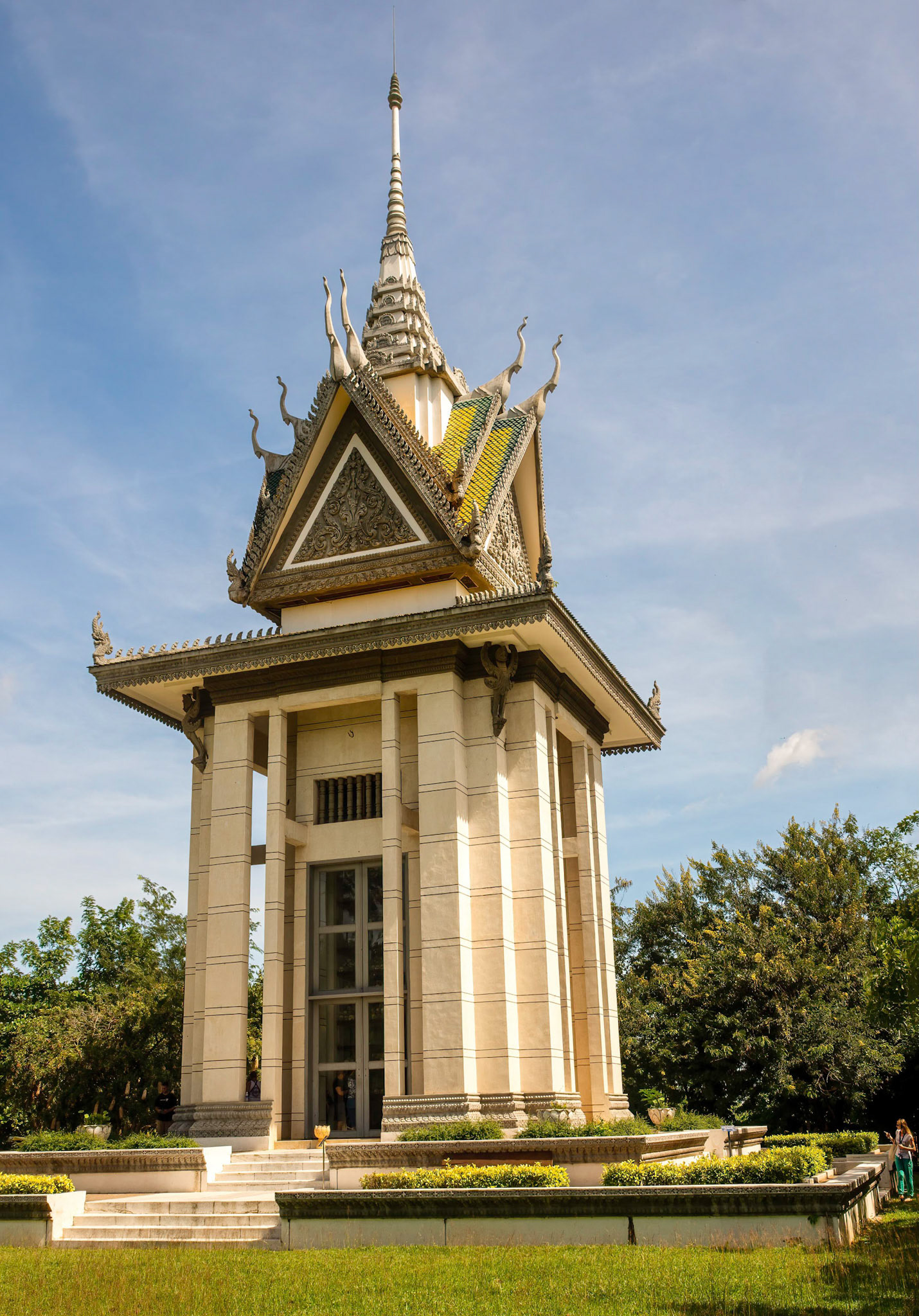
Choeung Ek - ជើងឯក
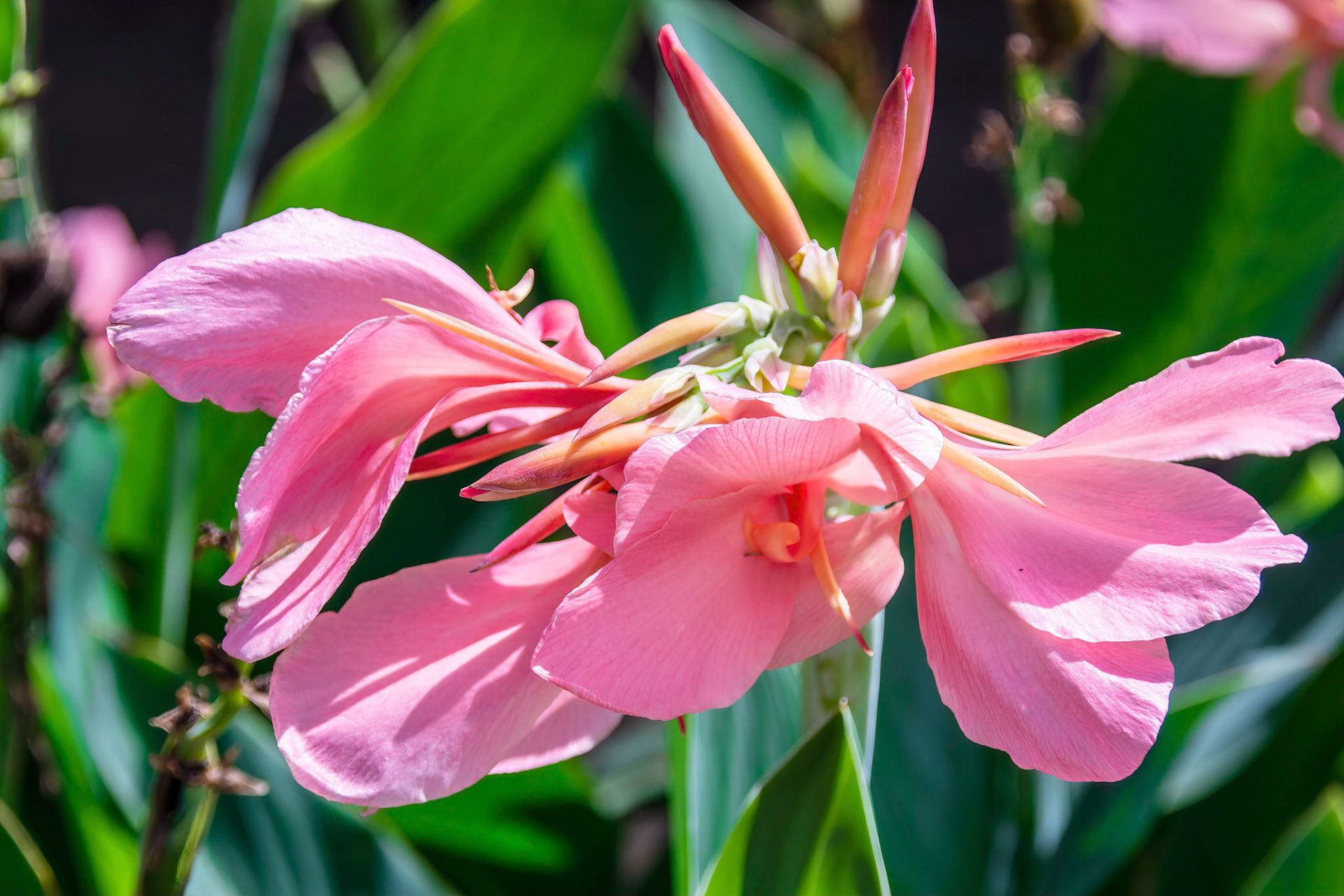
Choeung Ek - ជើងឯក
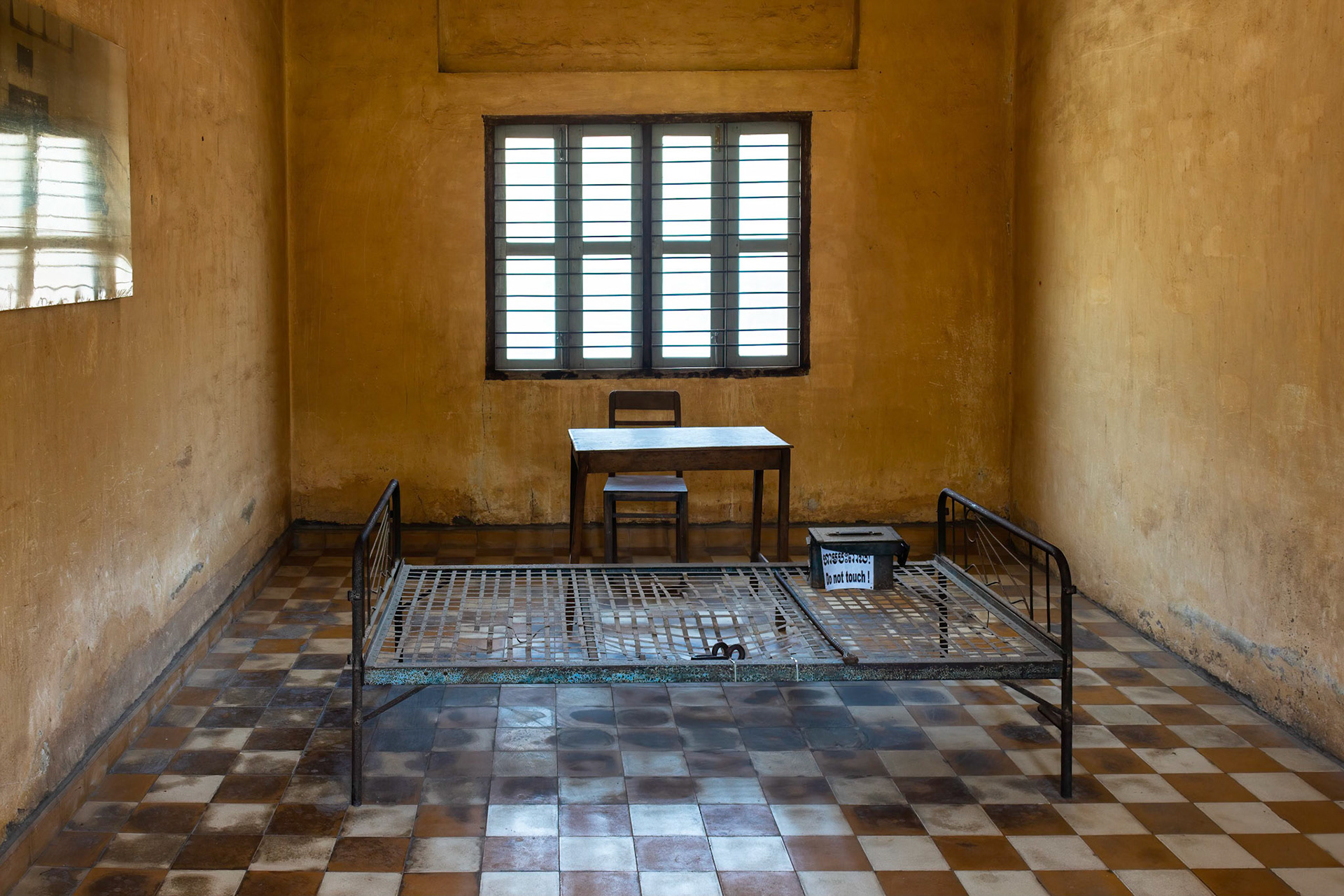
Tuol Sleng (S-21)

Tuol Sleng (S-21)
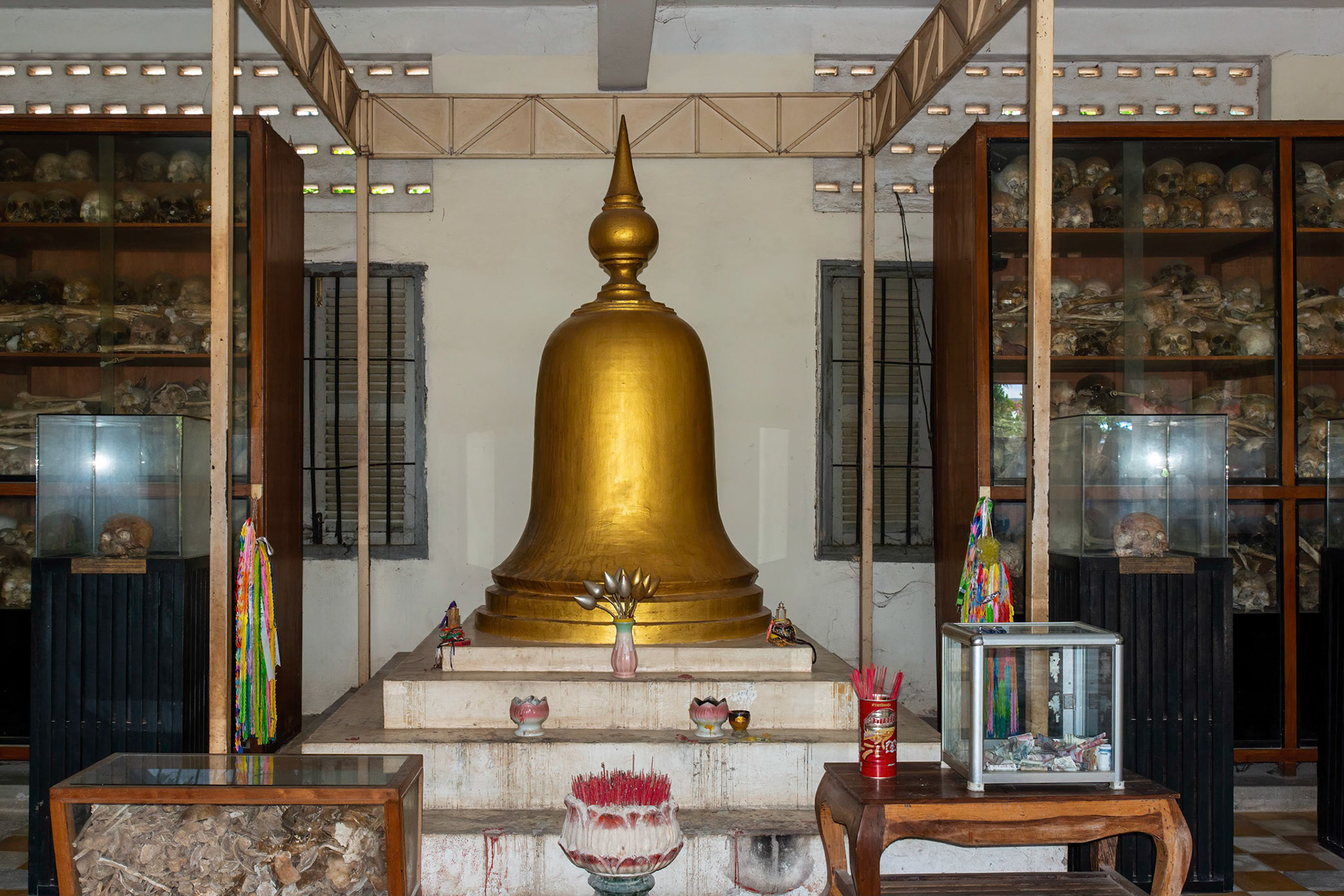
Tuol Sleng (S-21)
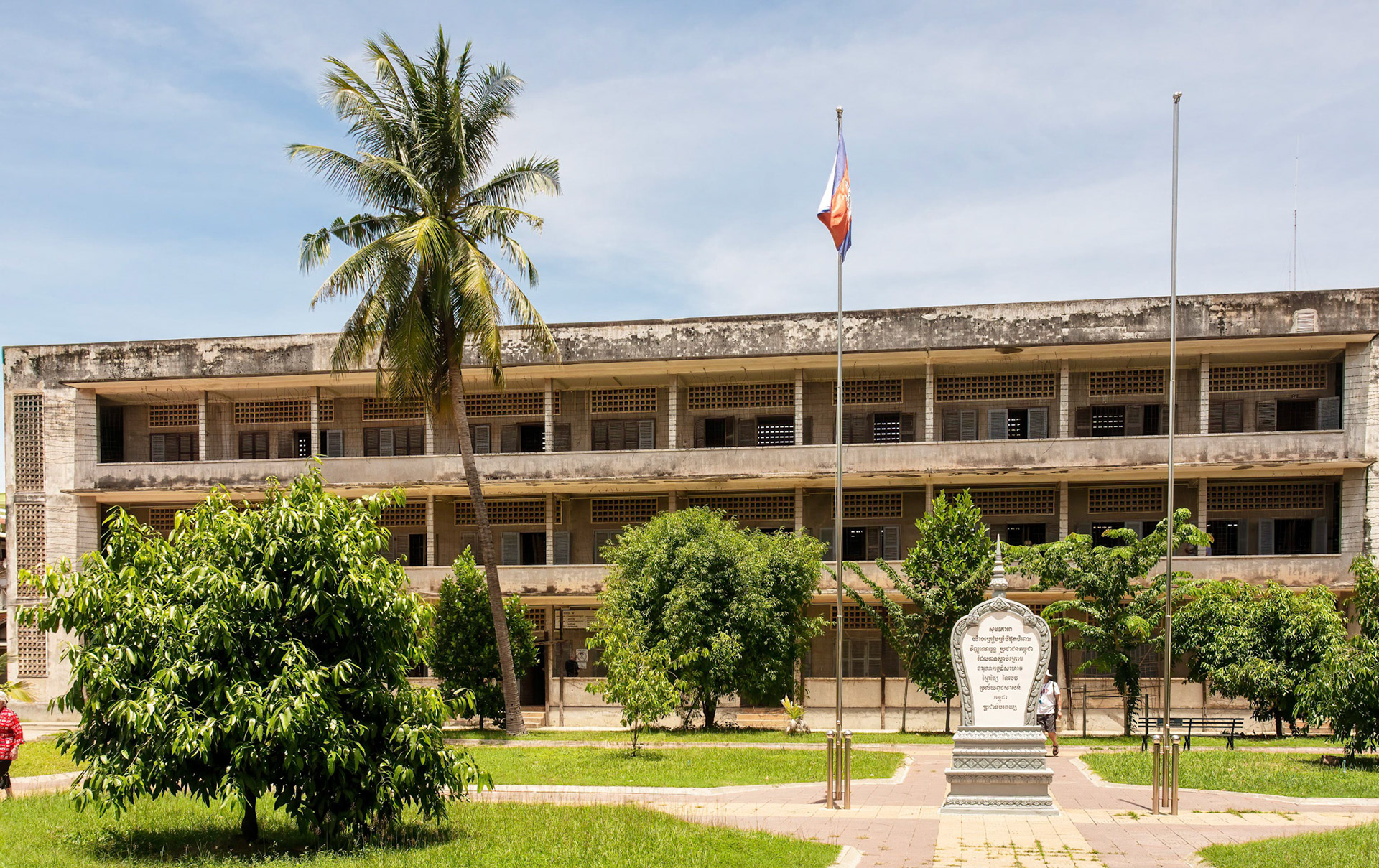
Tuol Sleng (S-21)

Royal Palace

Royal Palace
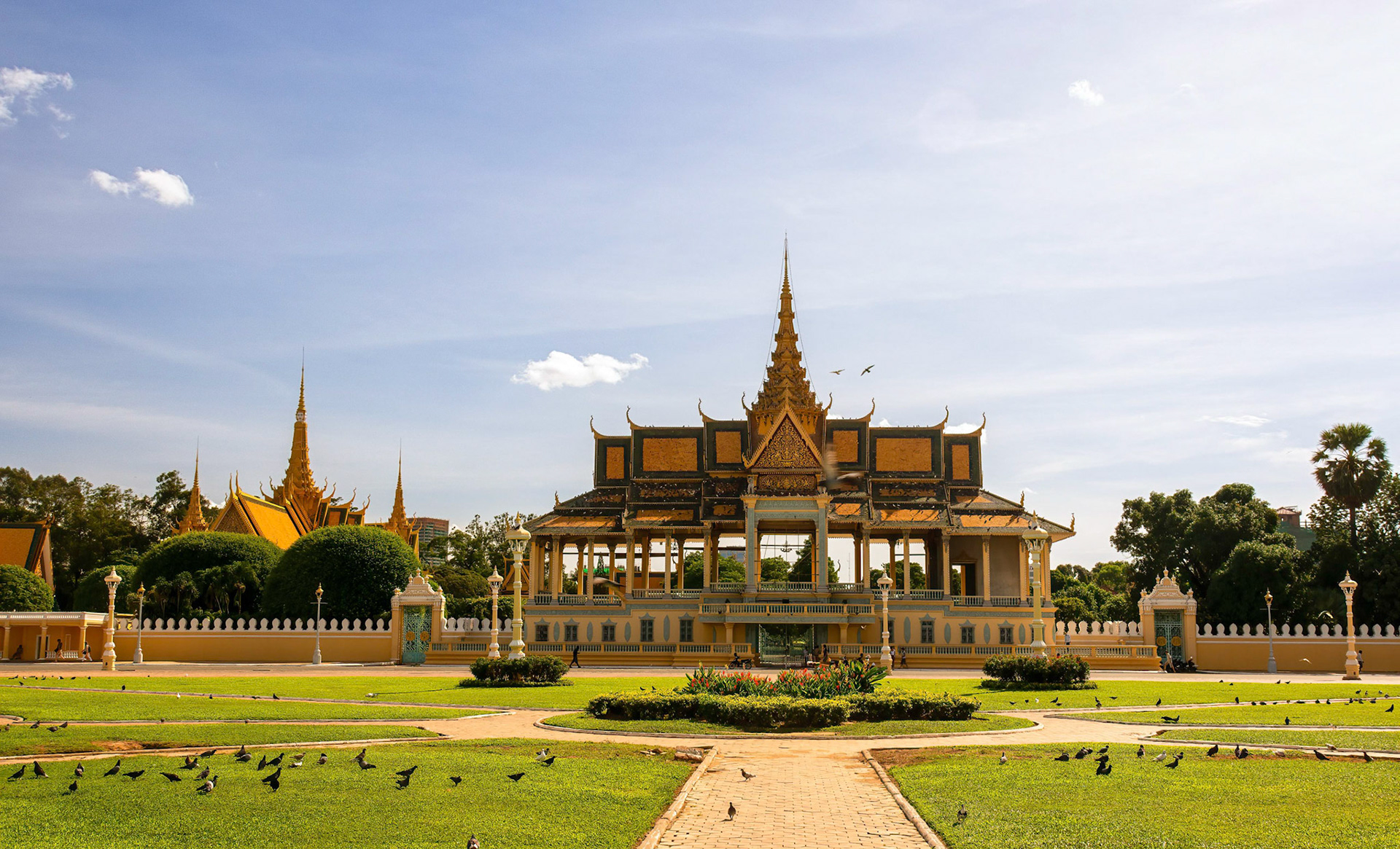
Royal Palace
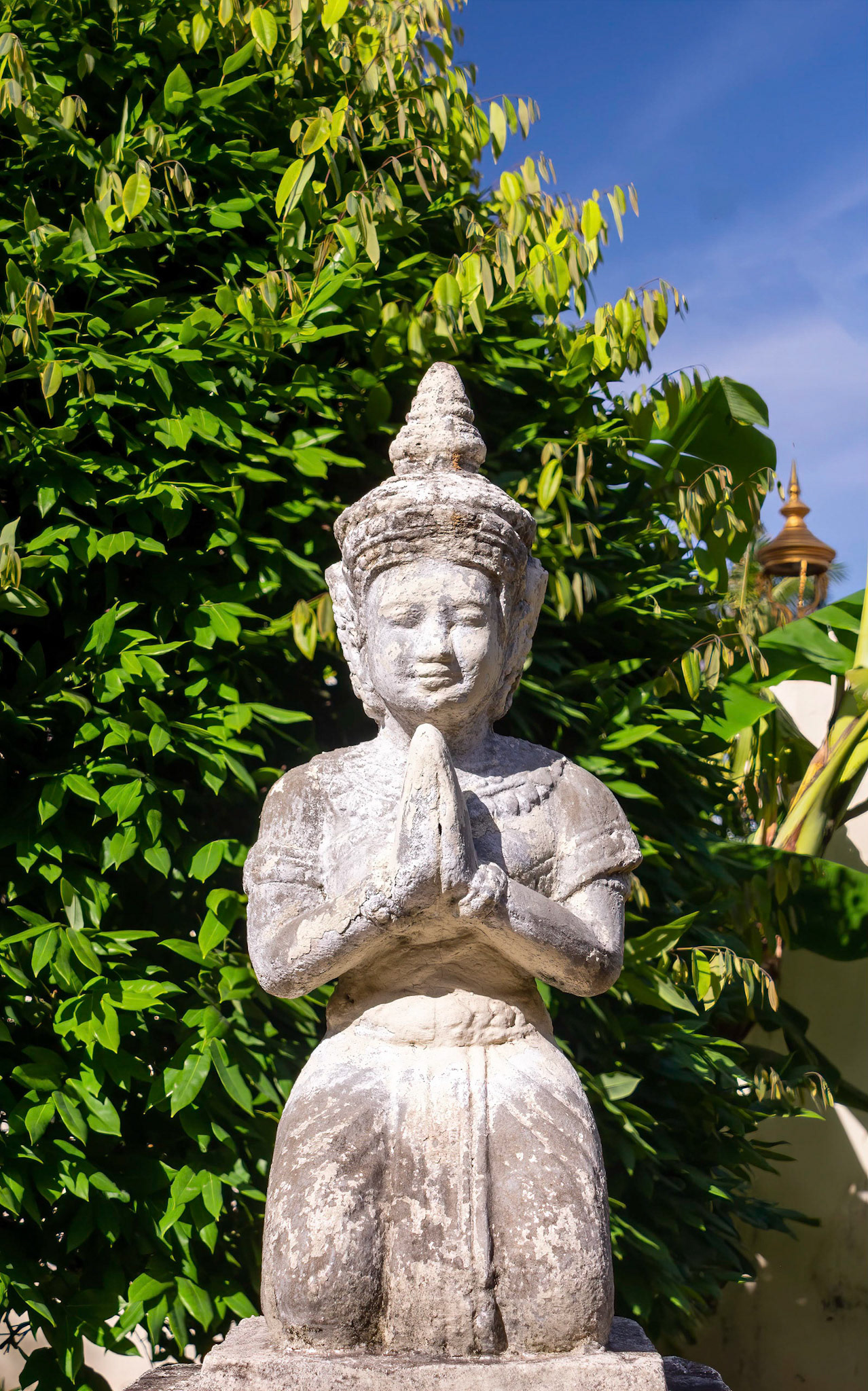
Royal Palace
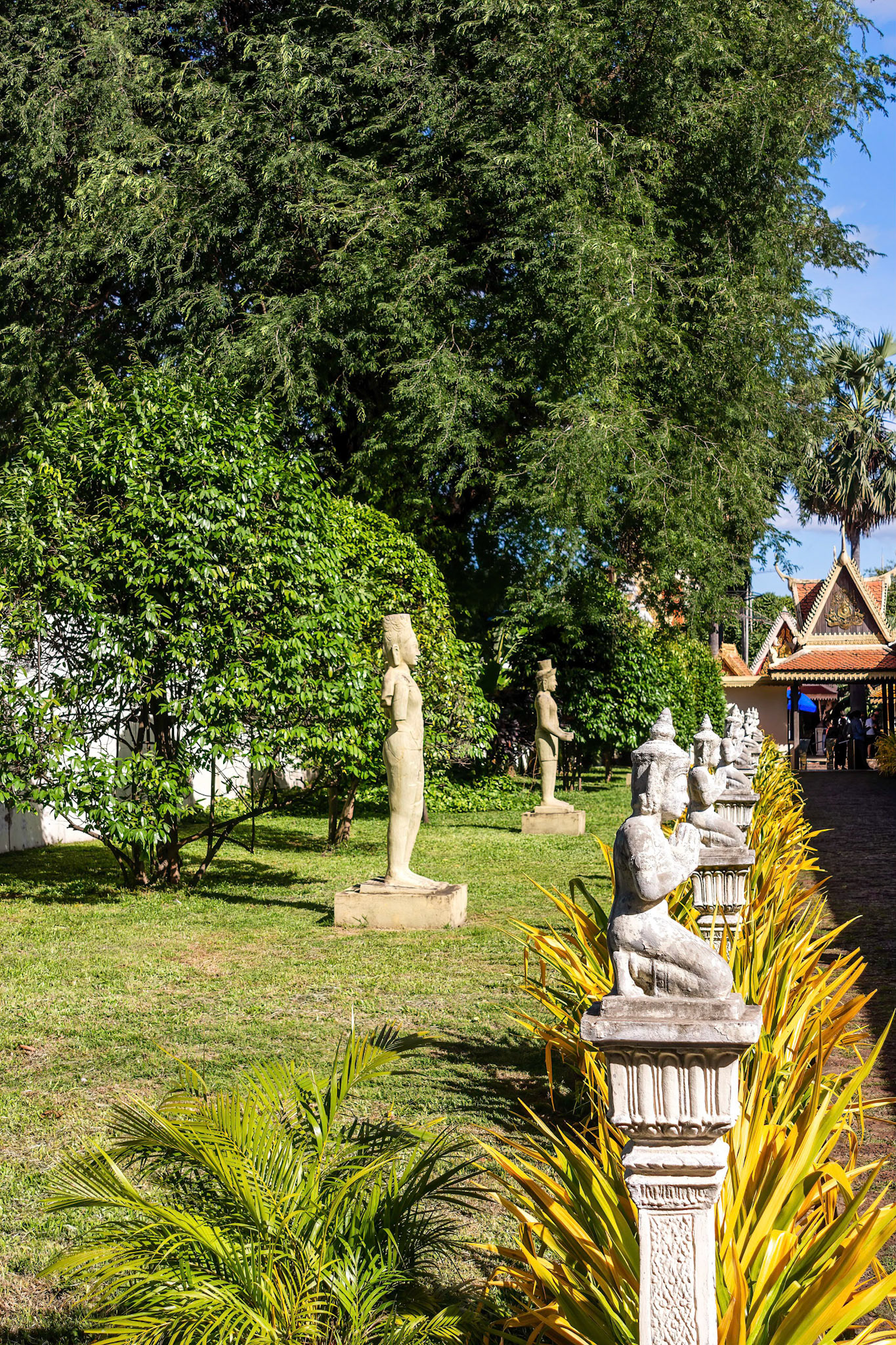
Royal Palace
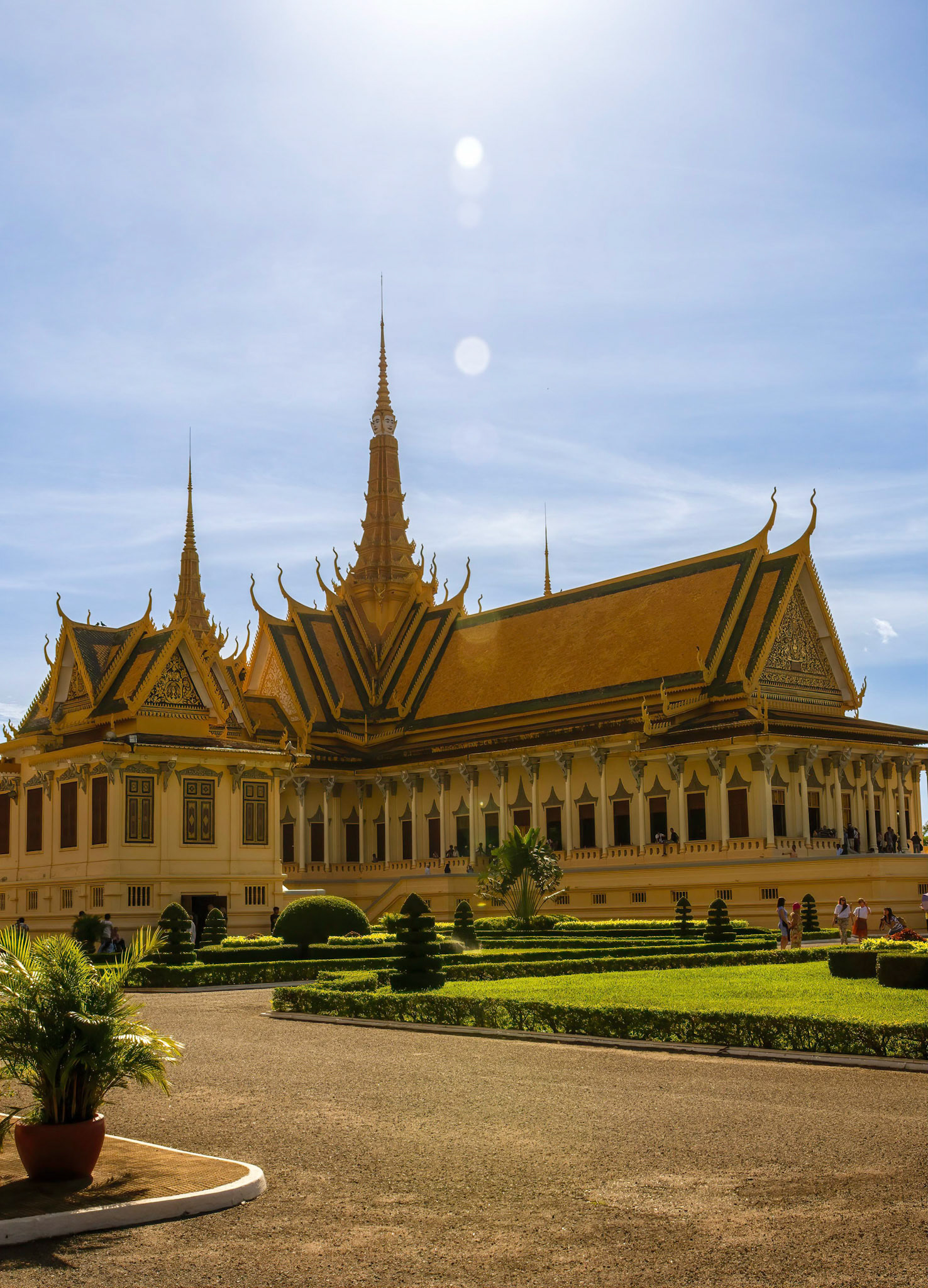
Royal Palace

Royal Palace
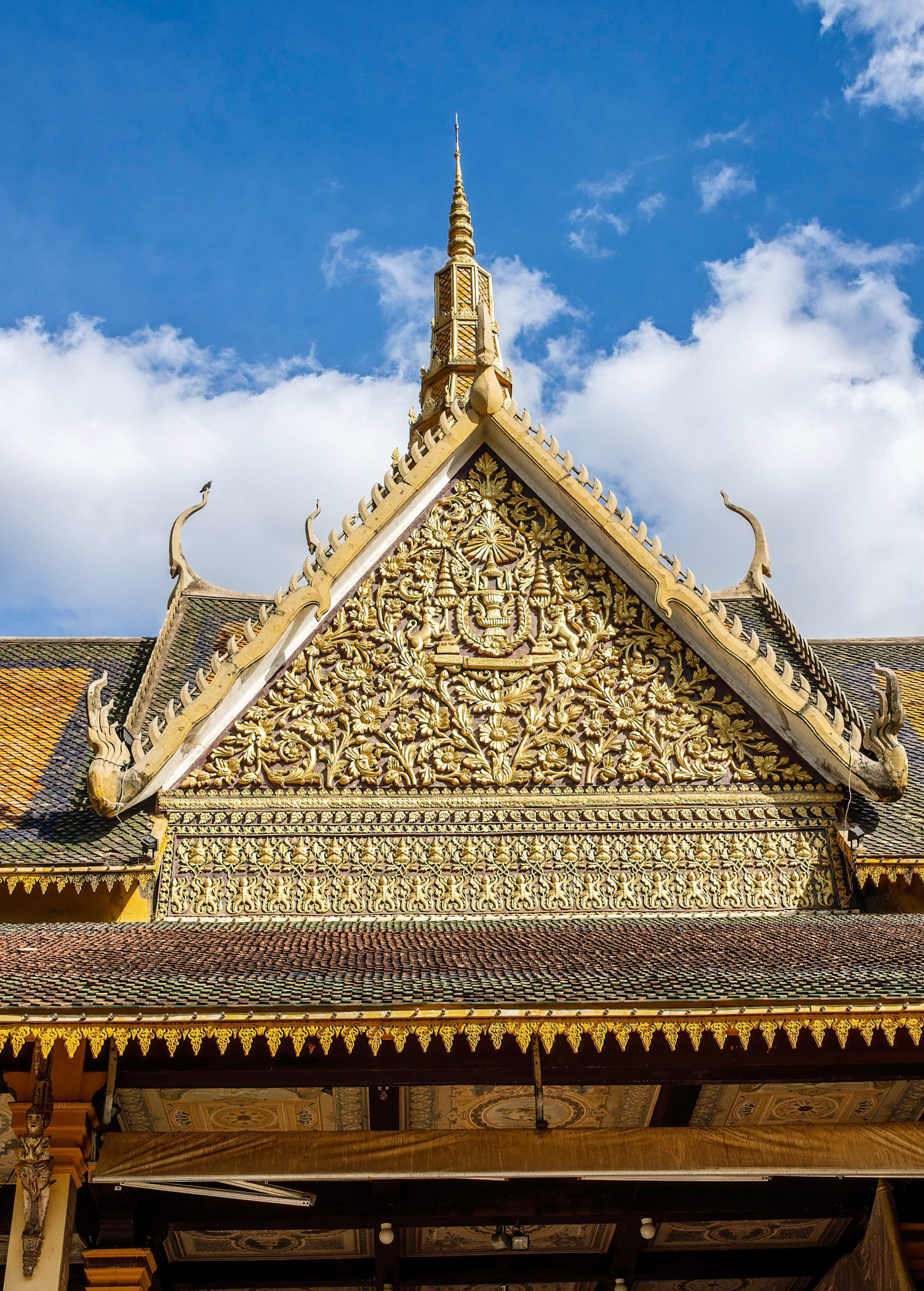
Royal Palace
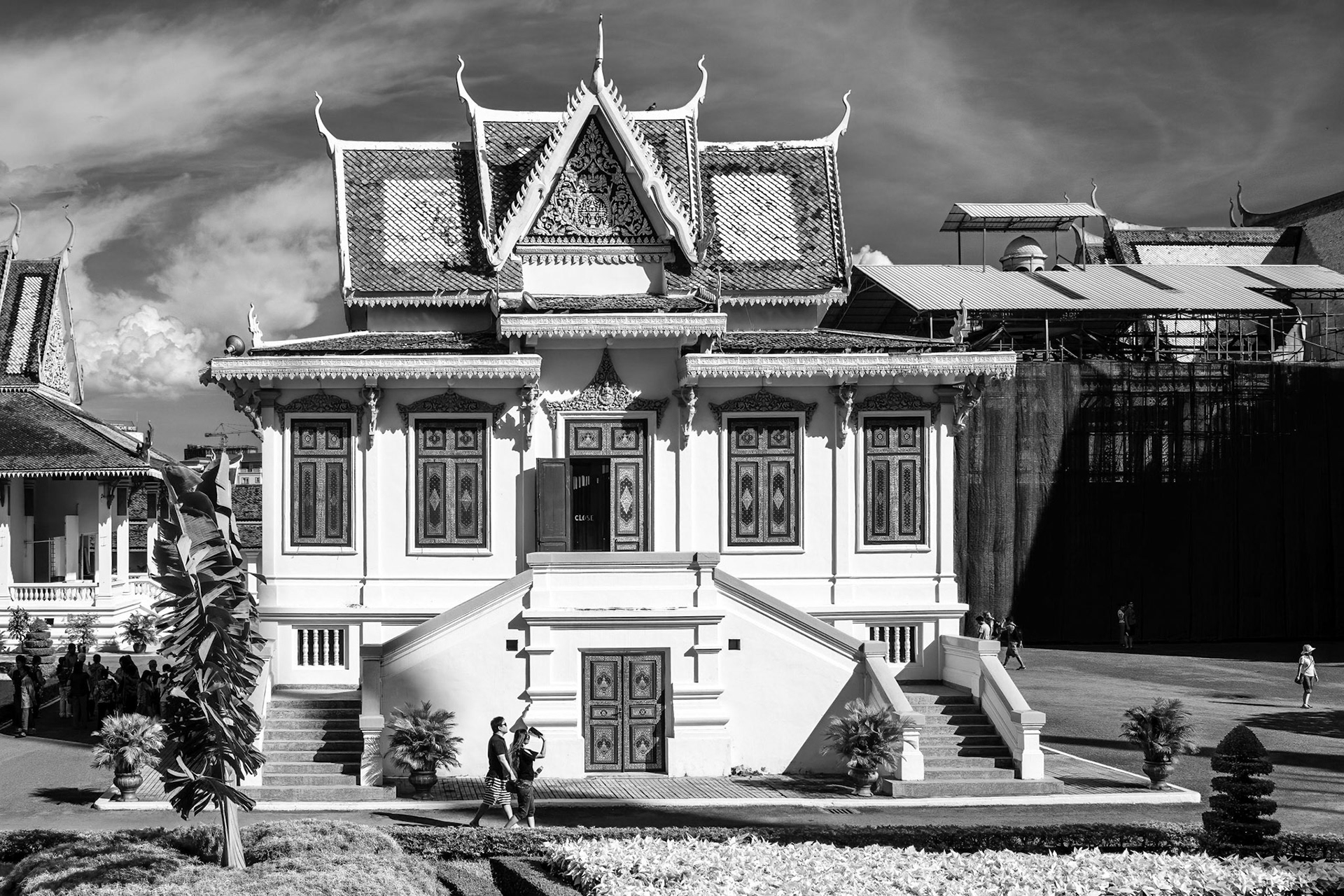
Royal Palace

Royal Palace

Royal Palace

Royal Palace
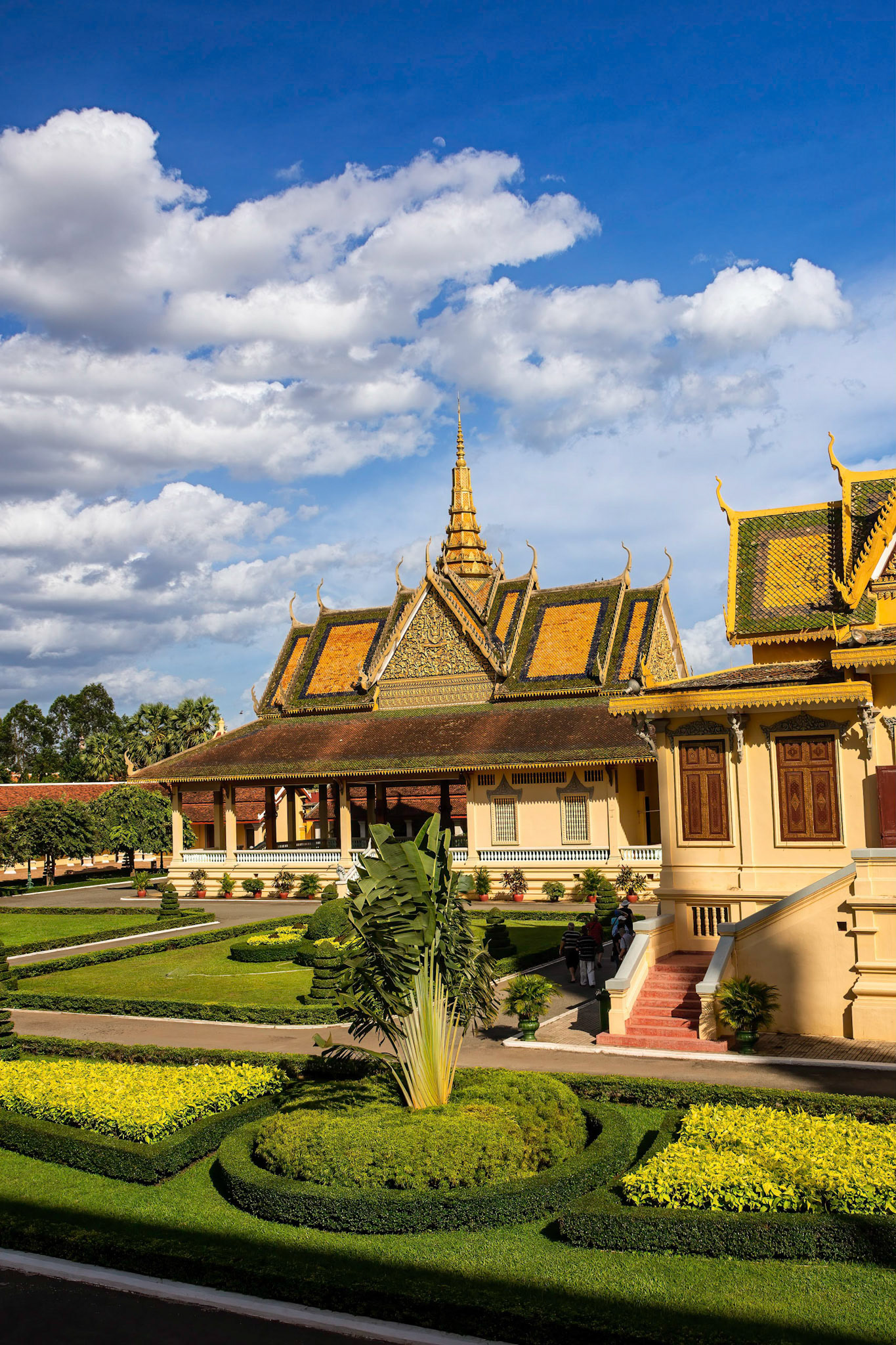
Royal Palace

Royal Palace
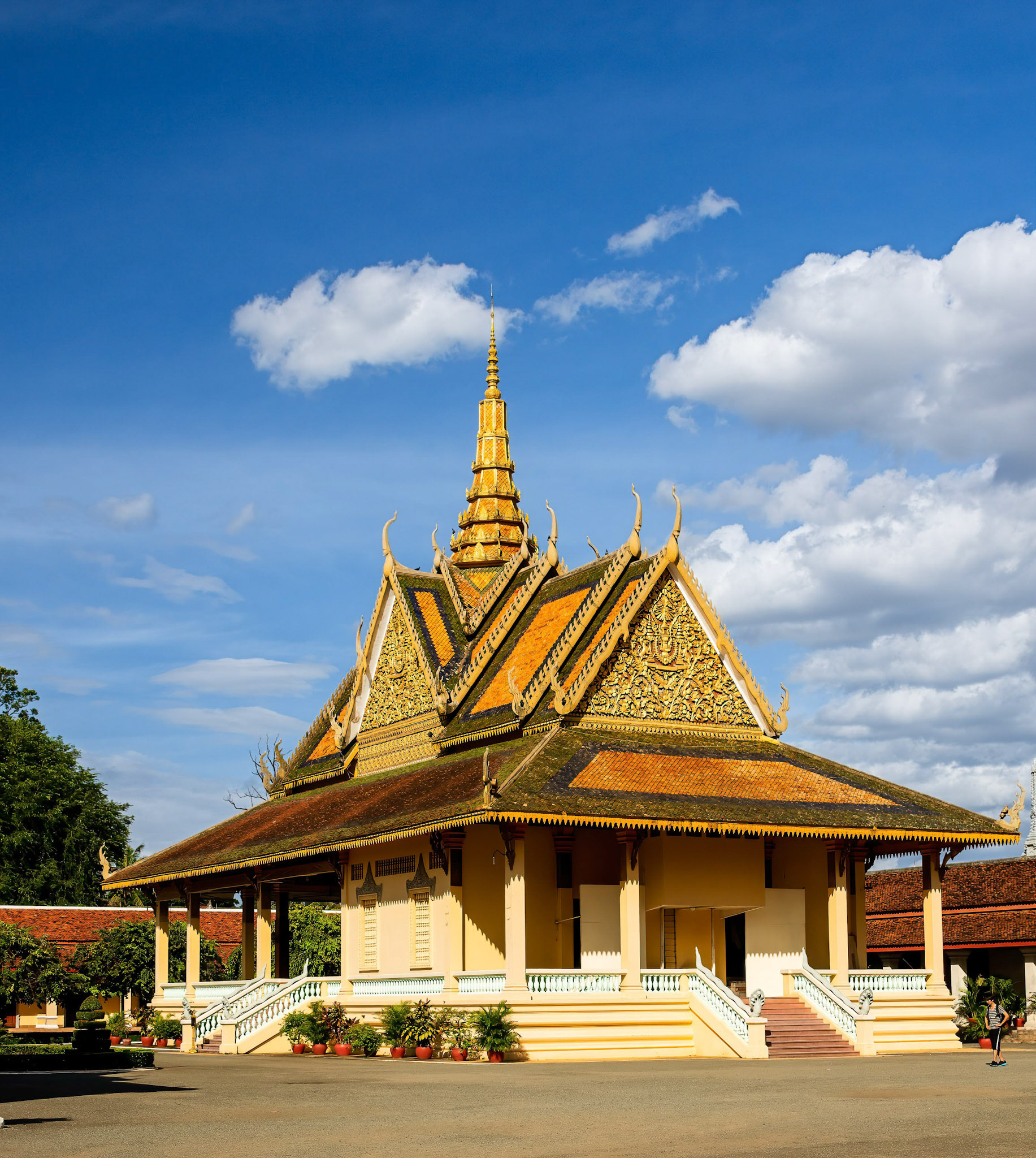
Royal Palace
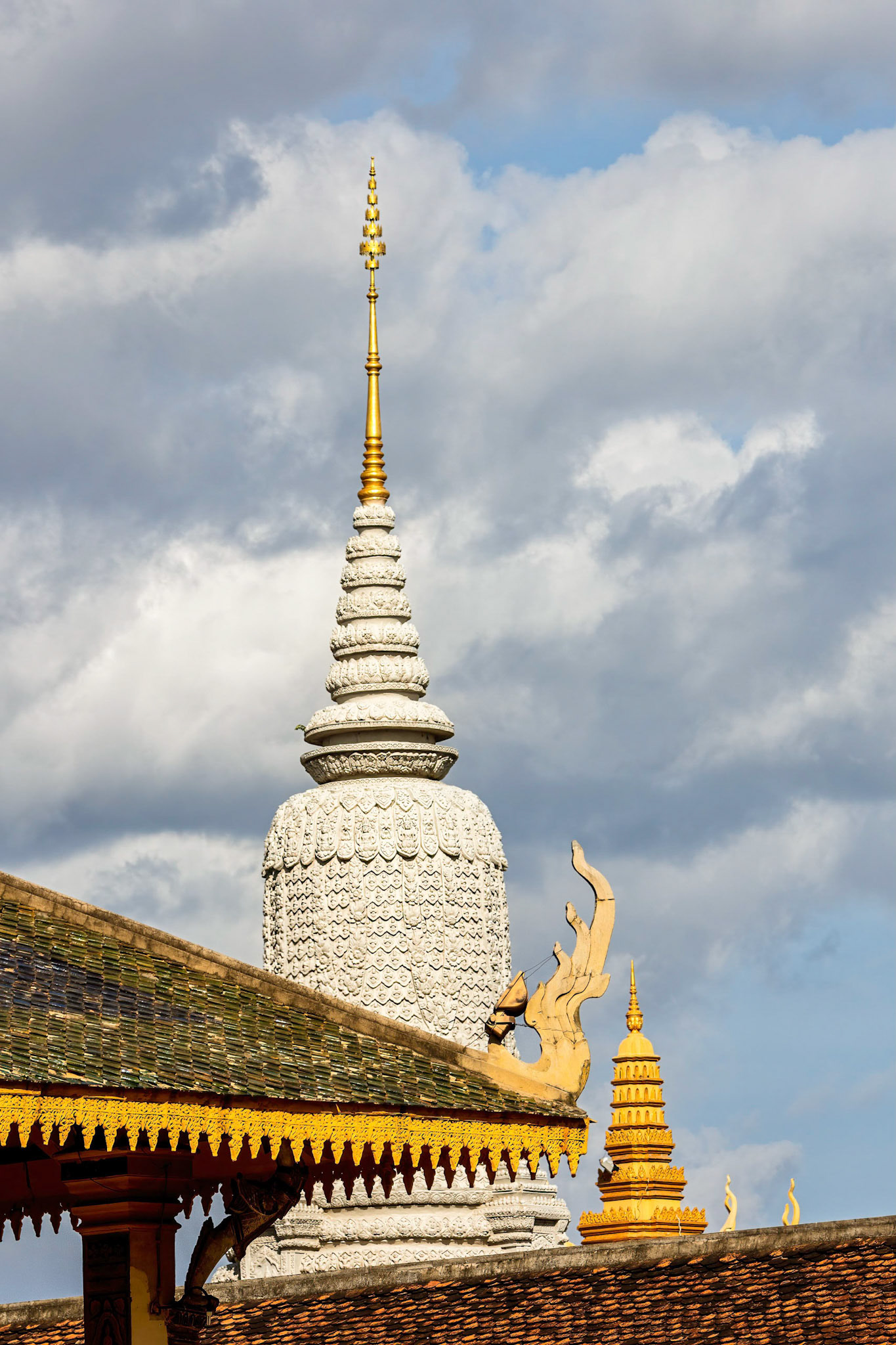
Royal Palace
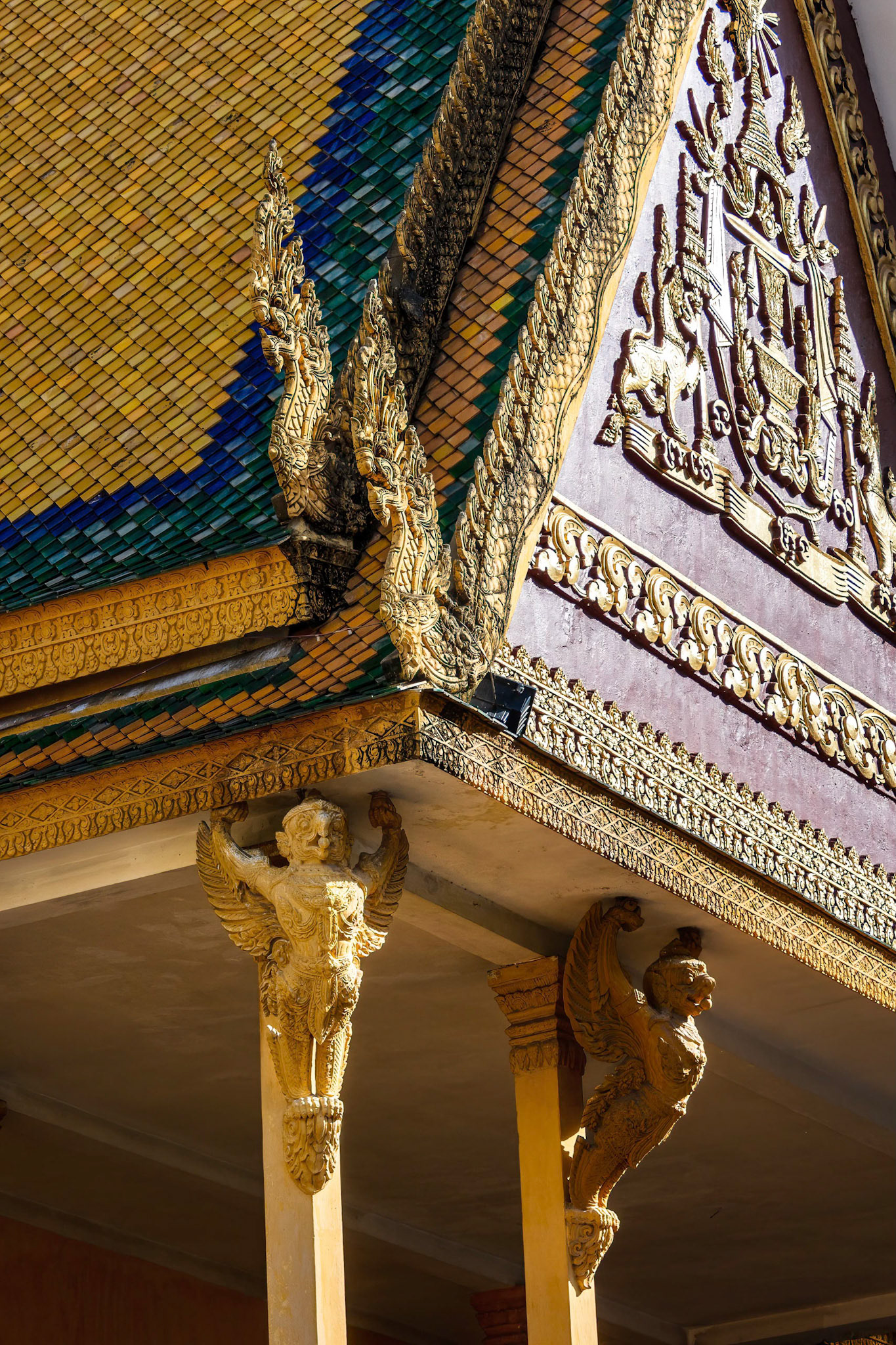
Royal Palace
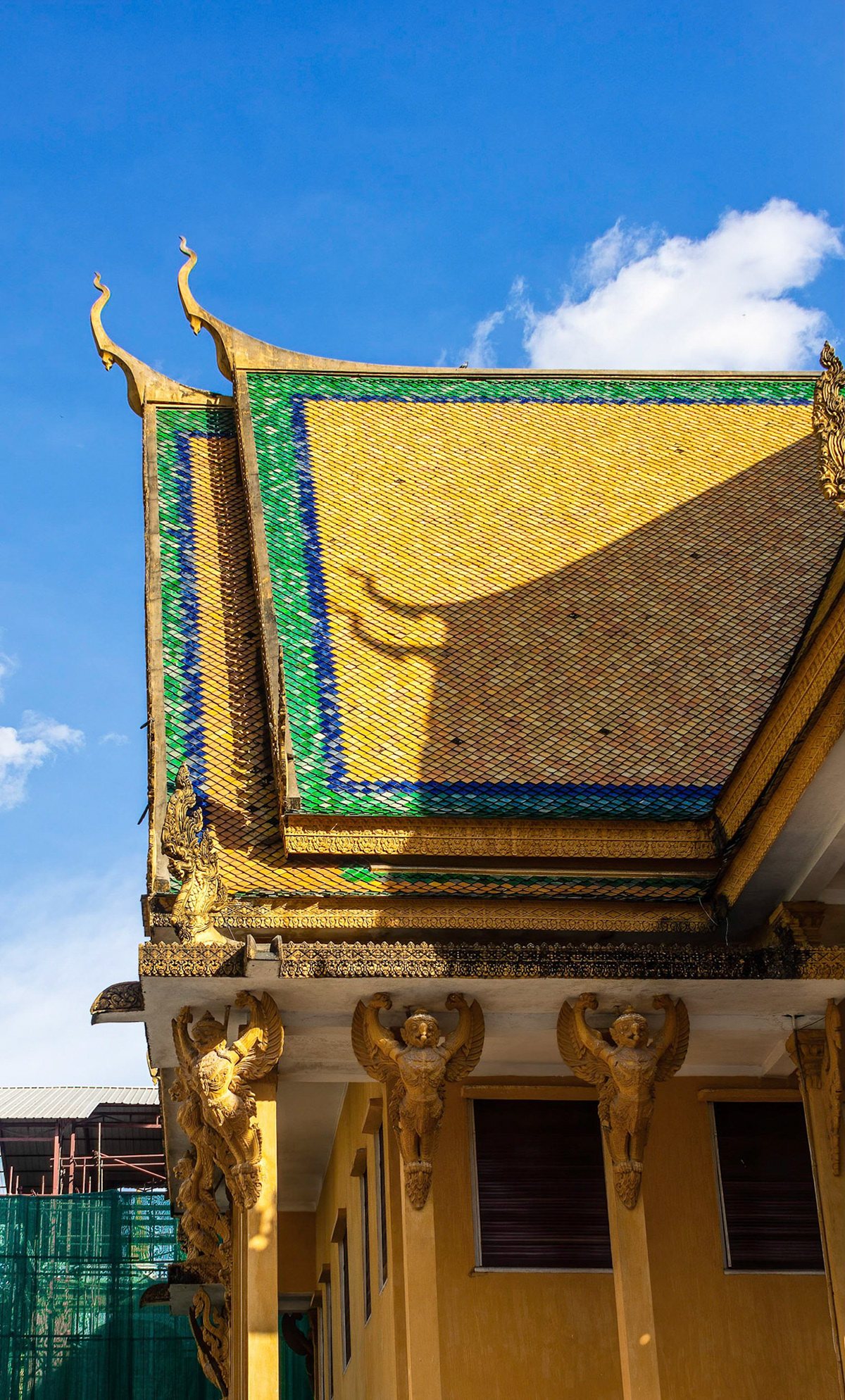
Royal Palace
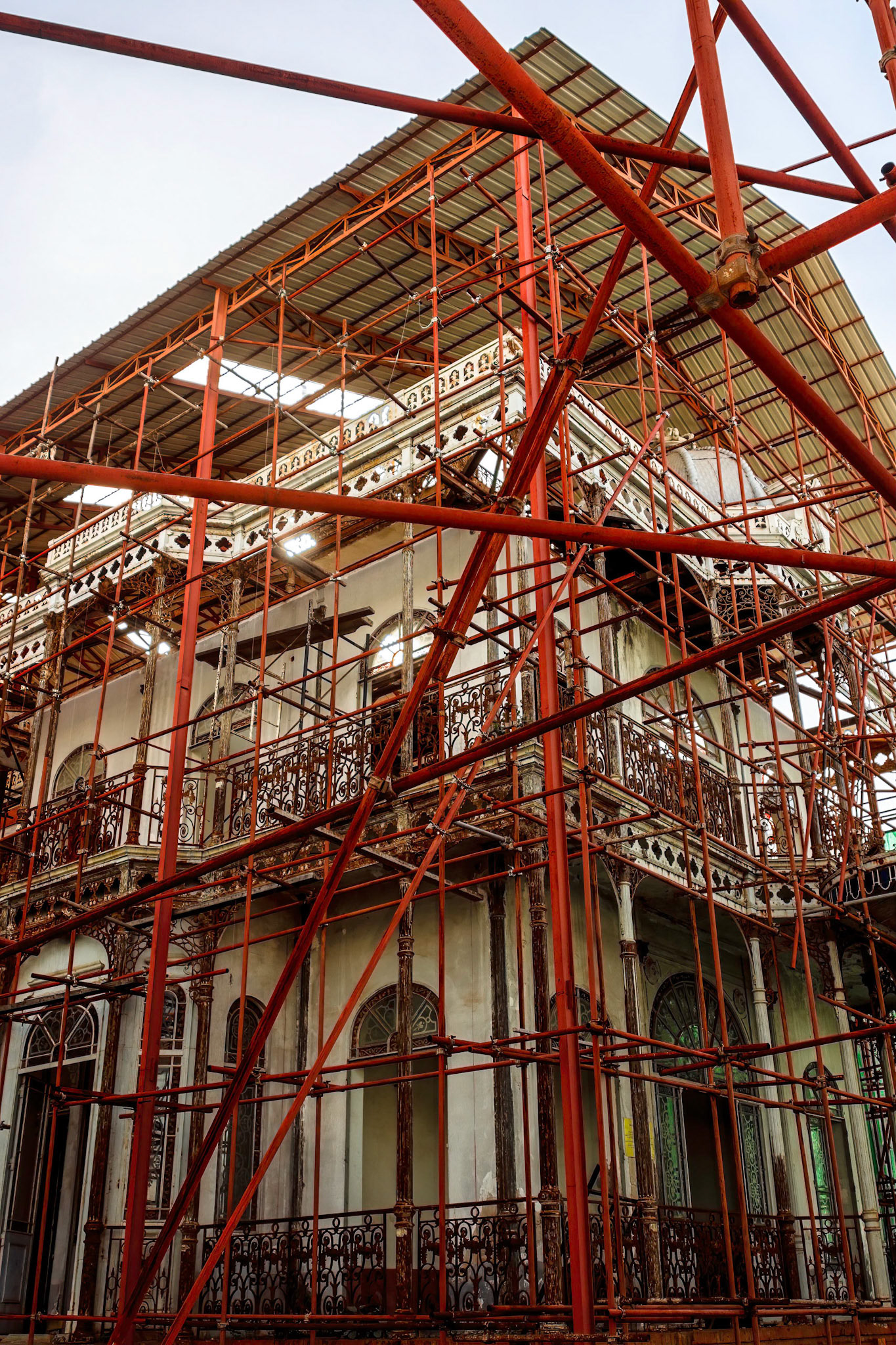
Royal Palace

Royal Palace
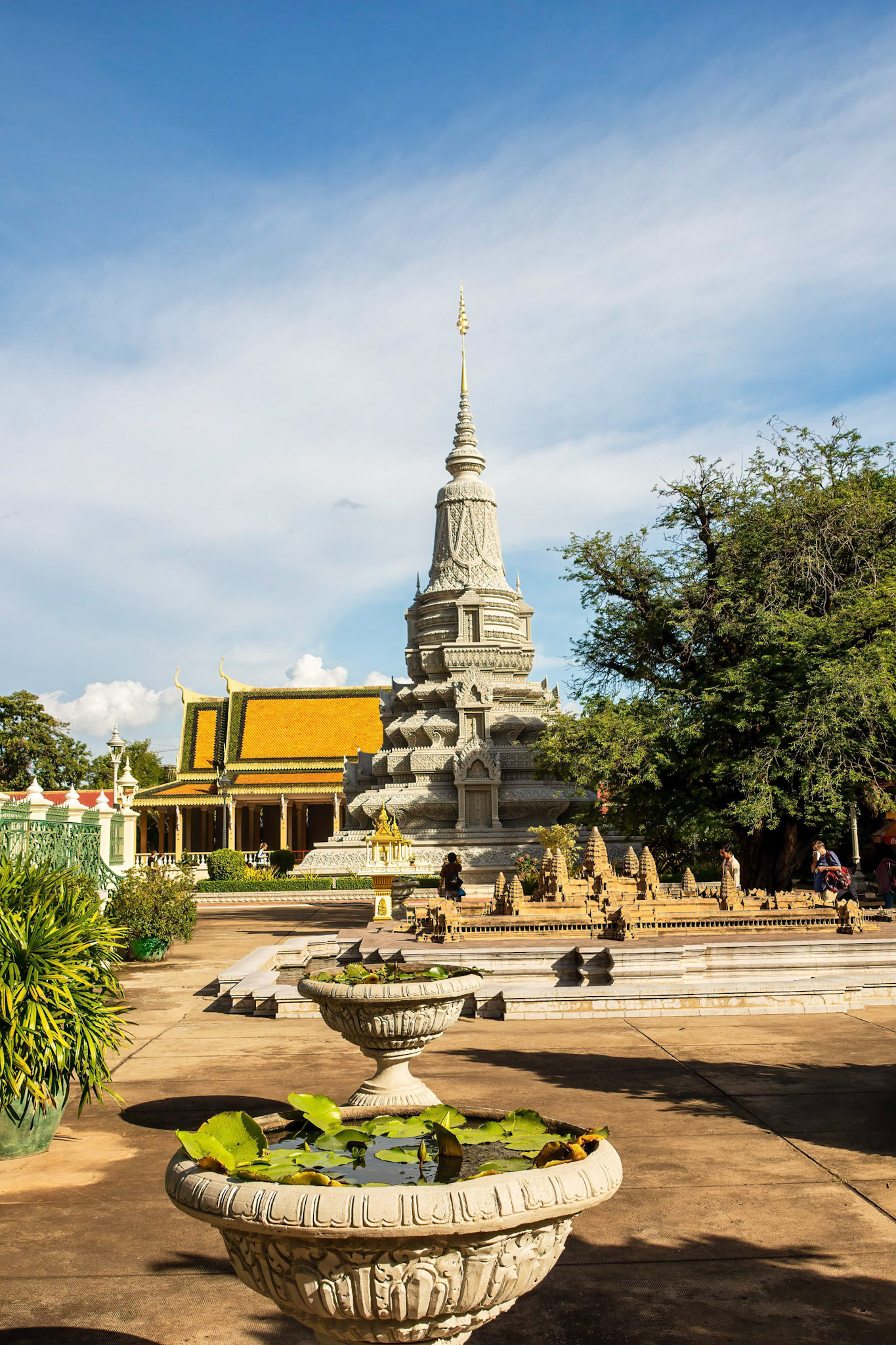
Royal Palace
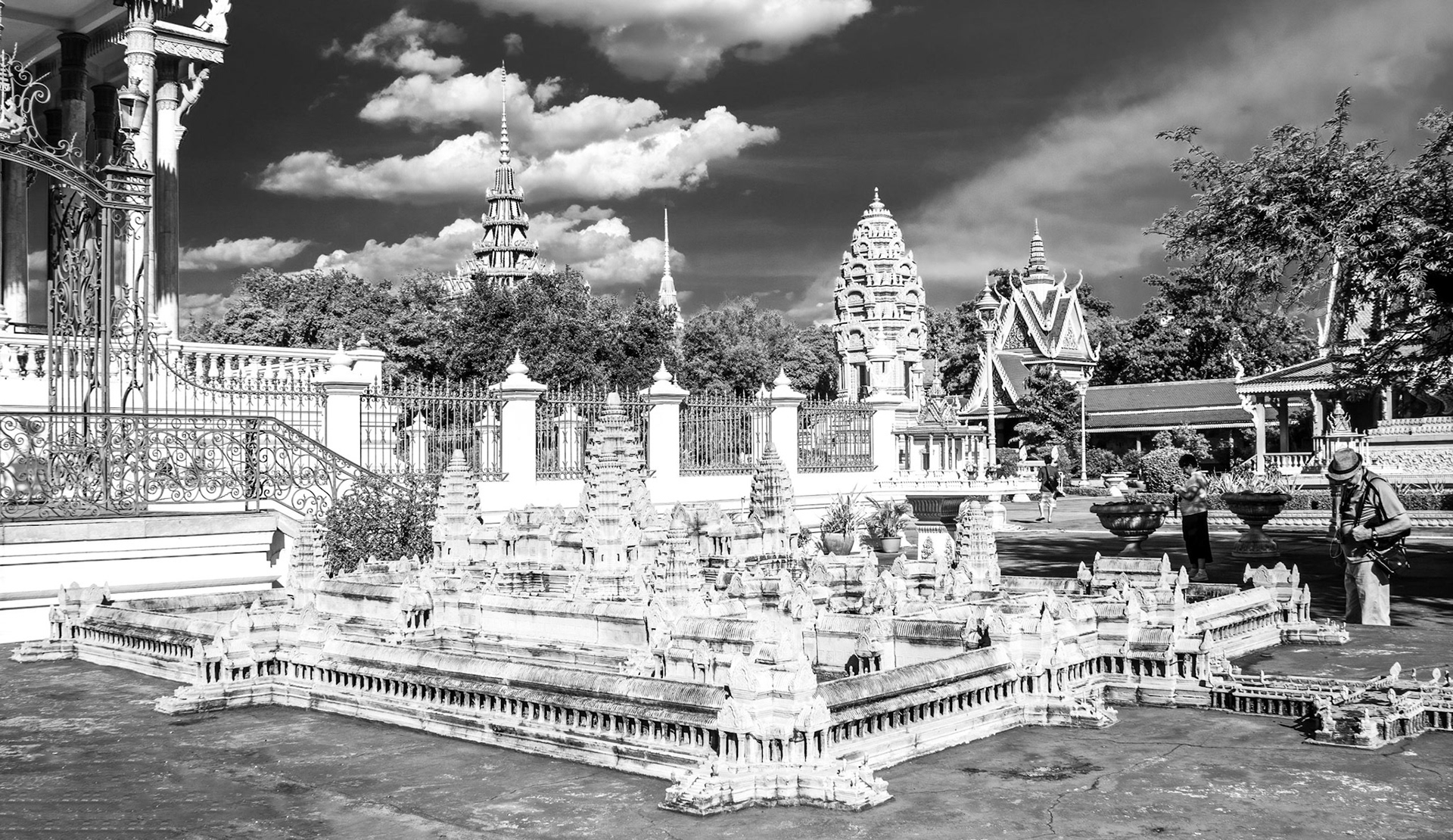
Royal Palace
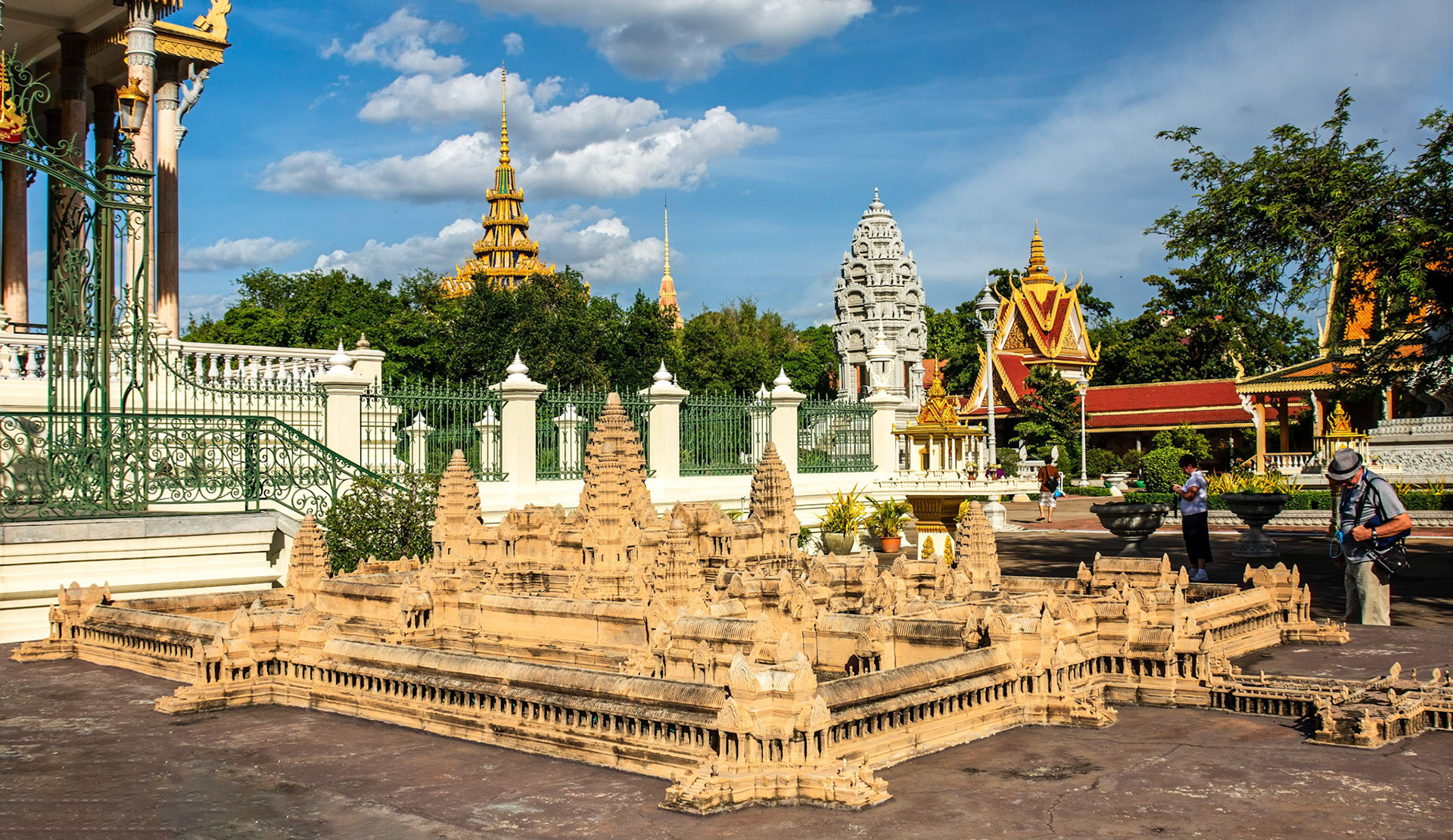
Royal Palace
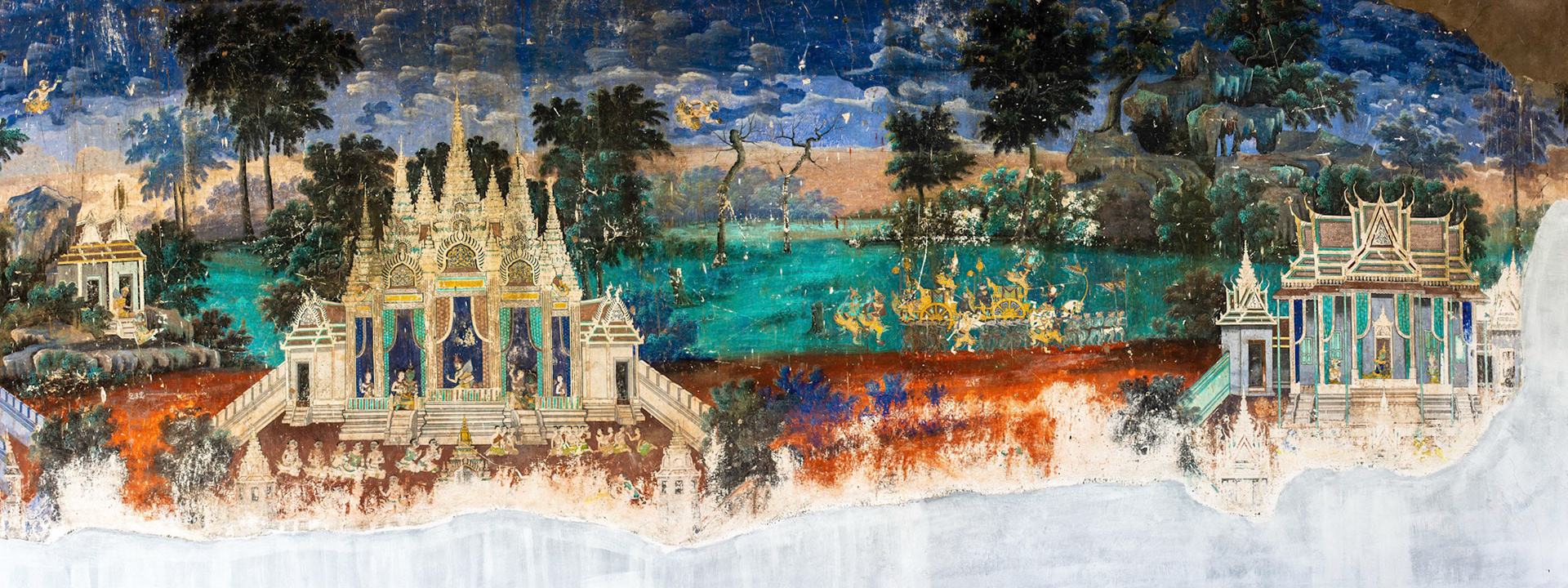
Royal Palace

Royal Palace
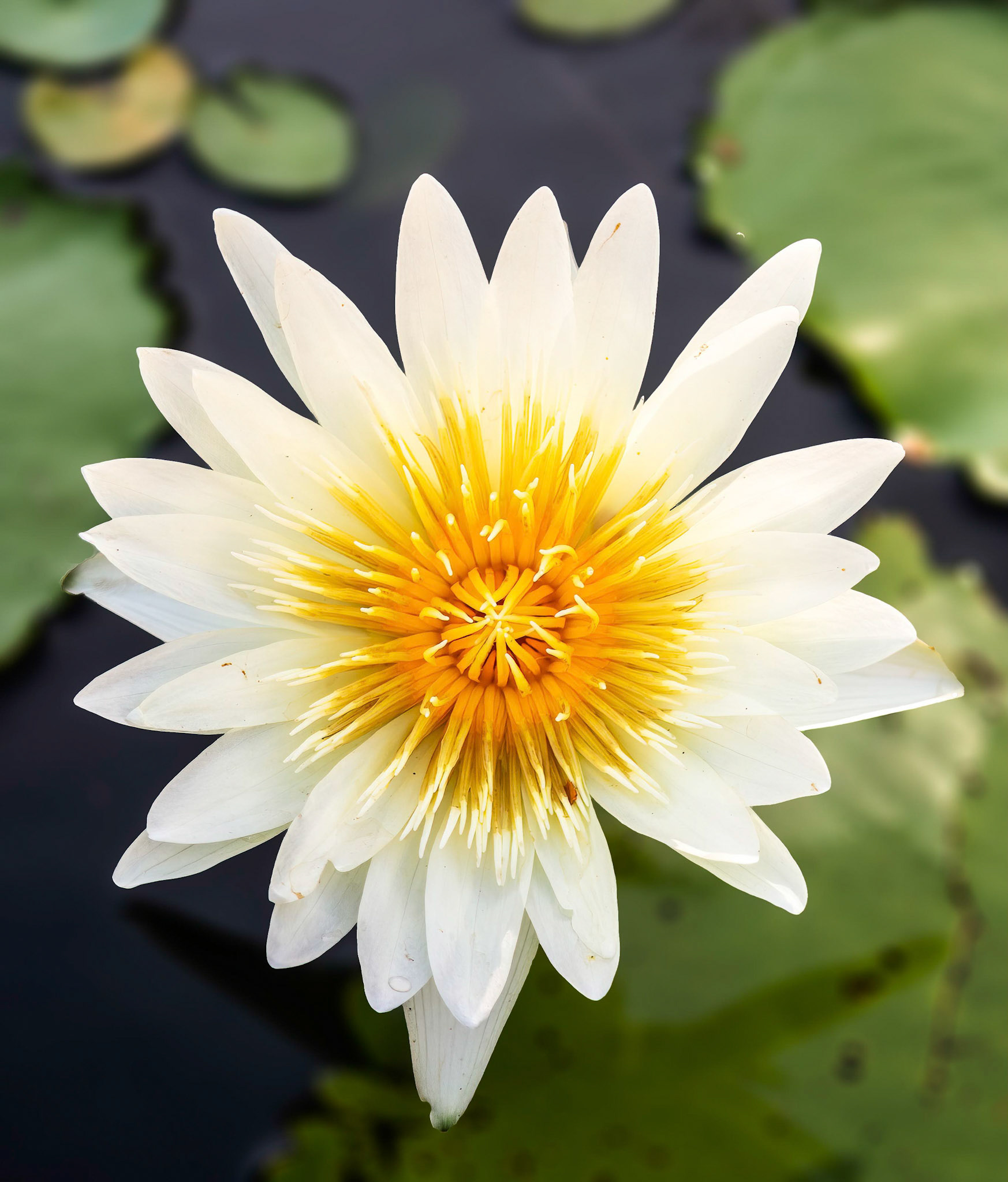
Royal Palace

Royal Palace
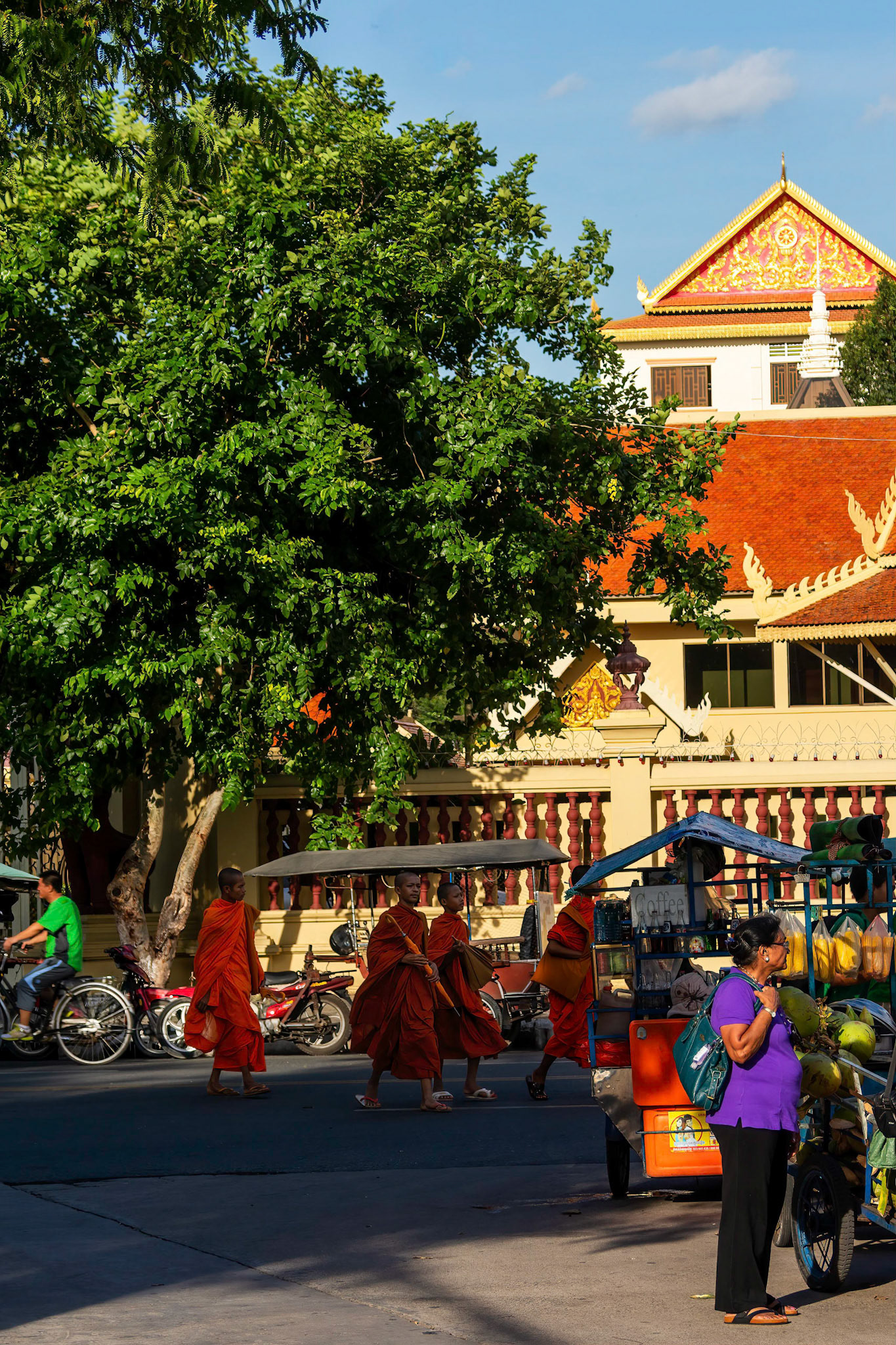
Royal Palace
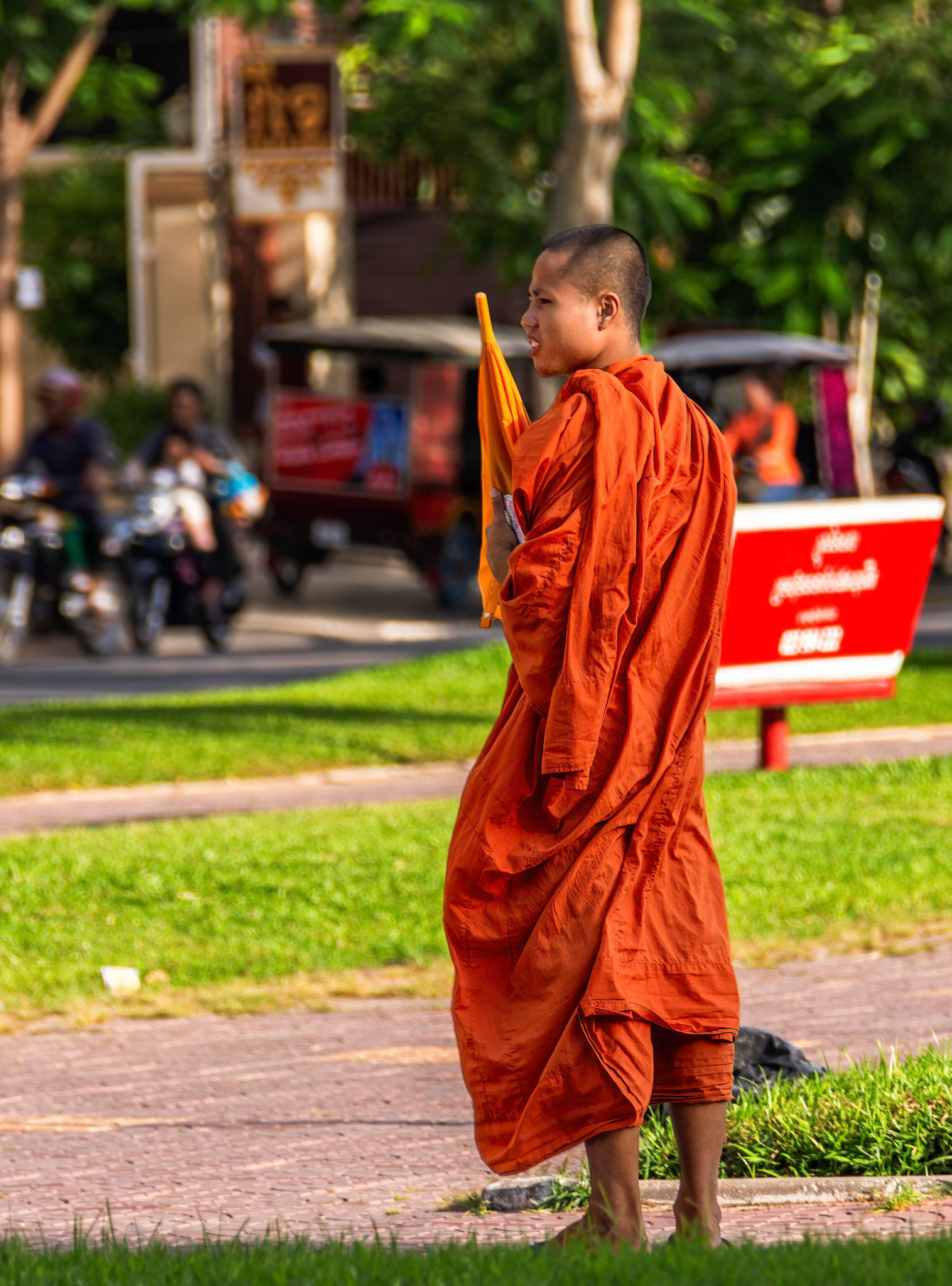
Royal Palace
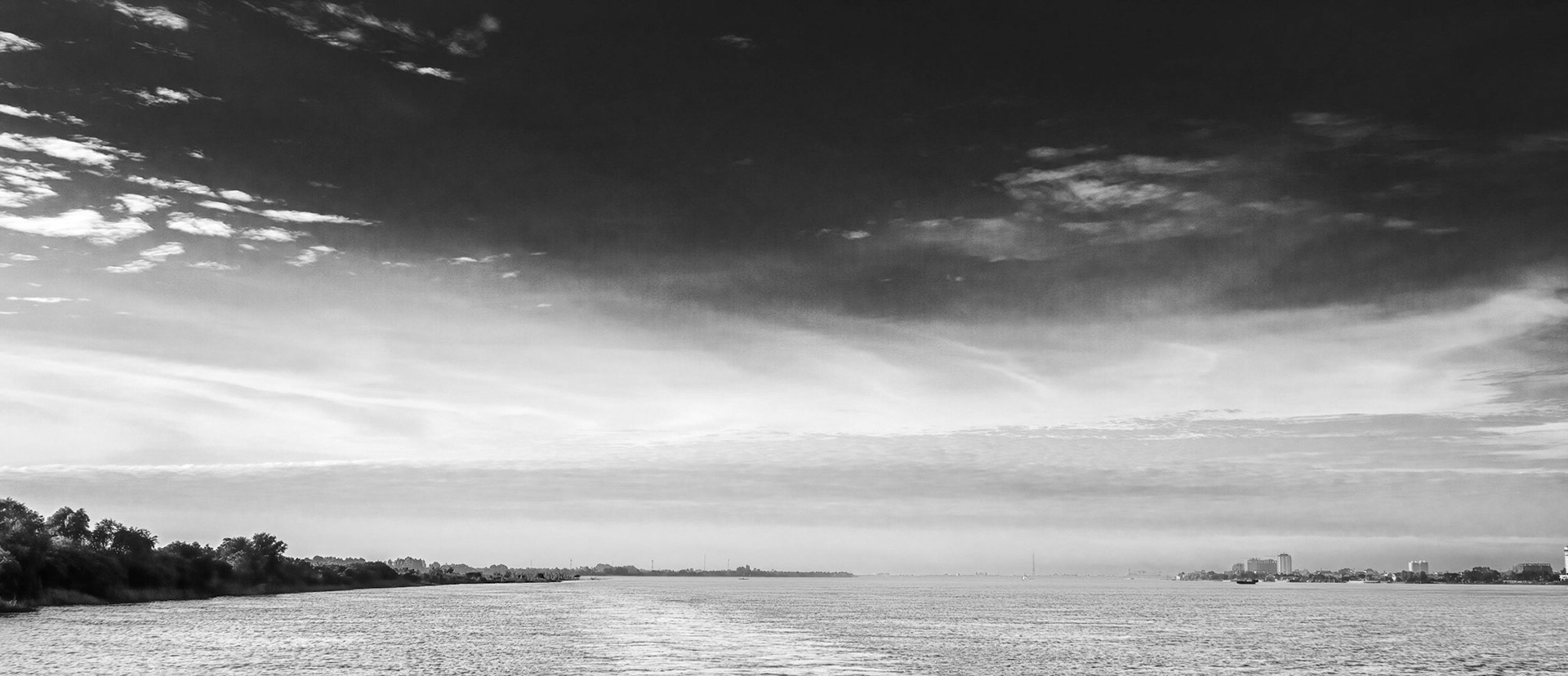
Chong Koh
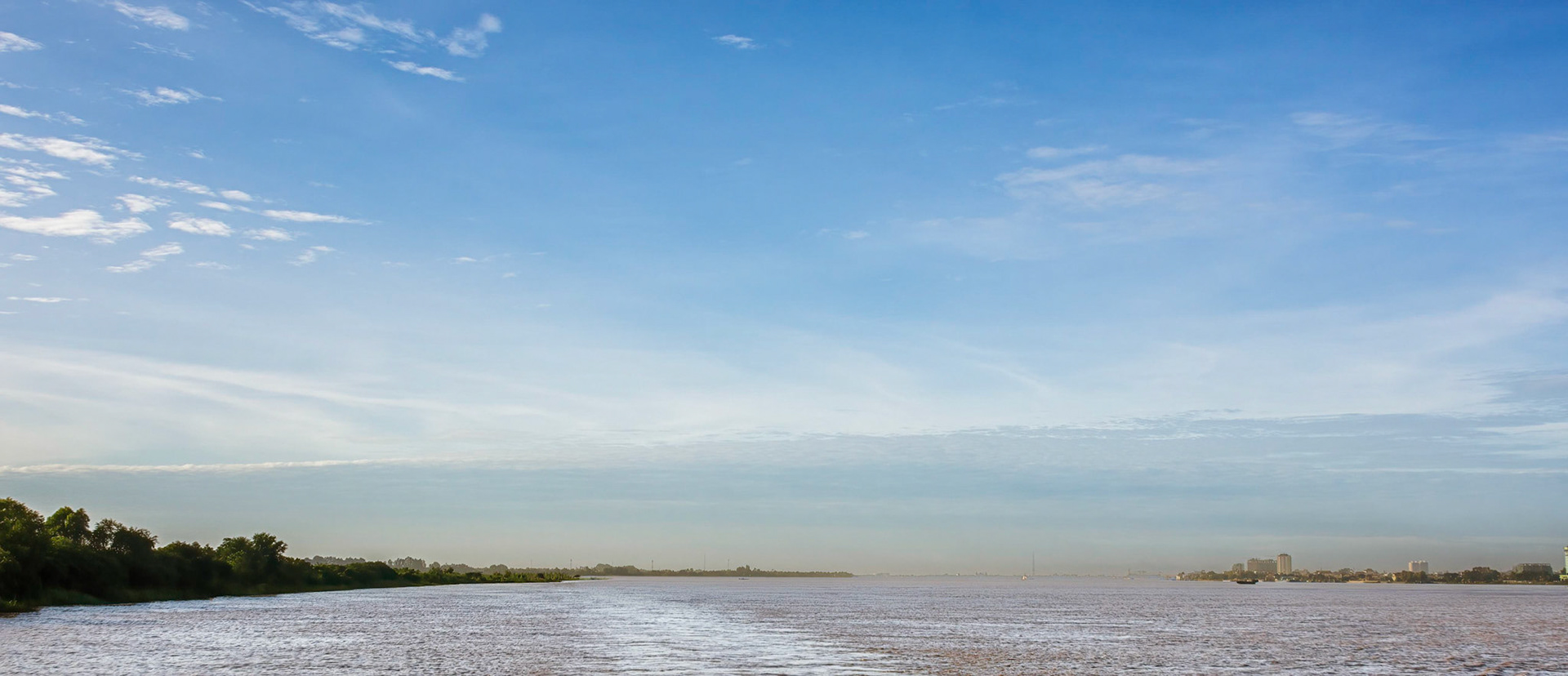
Chong Koh
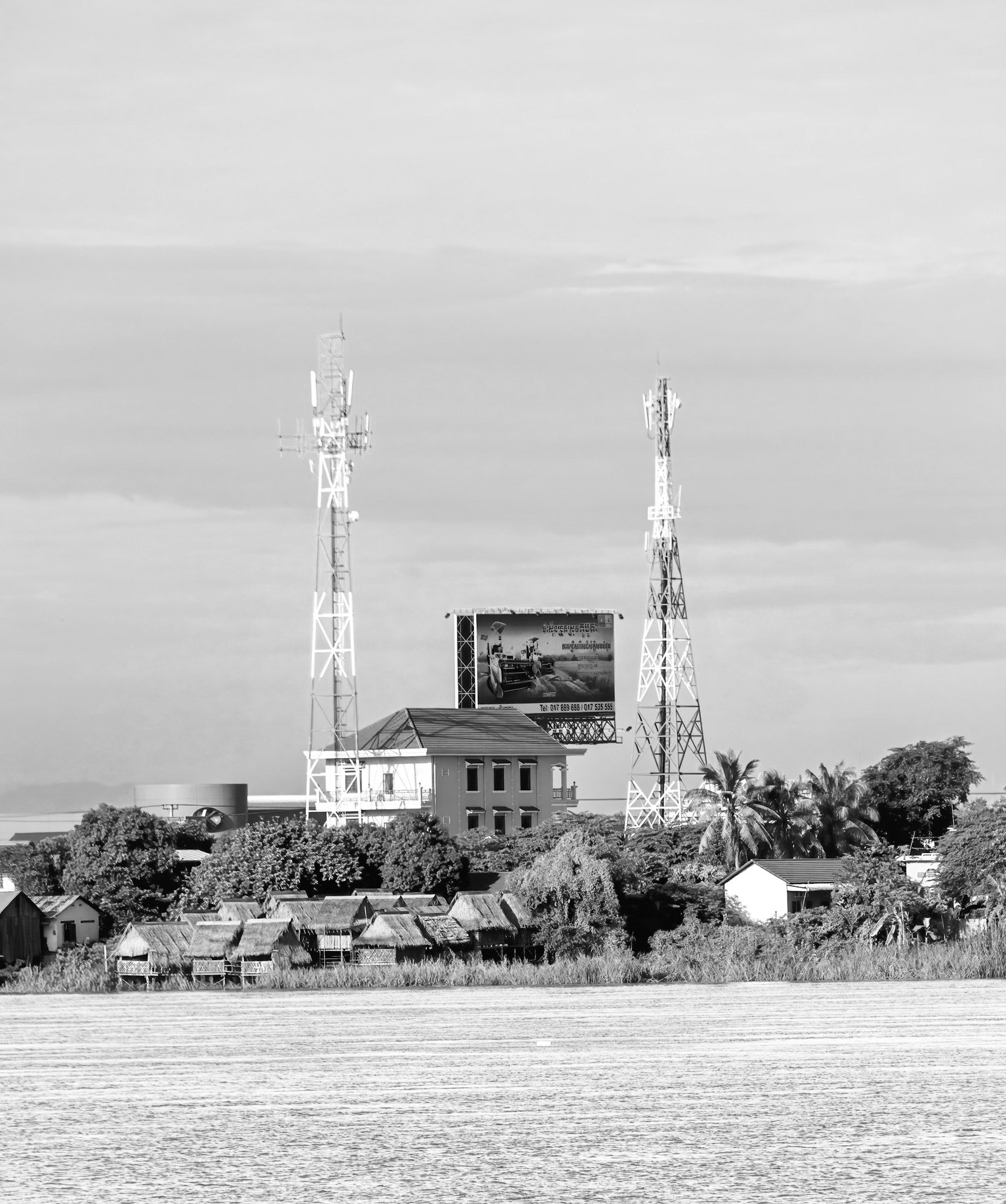
Chong Koh
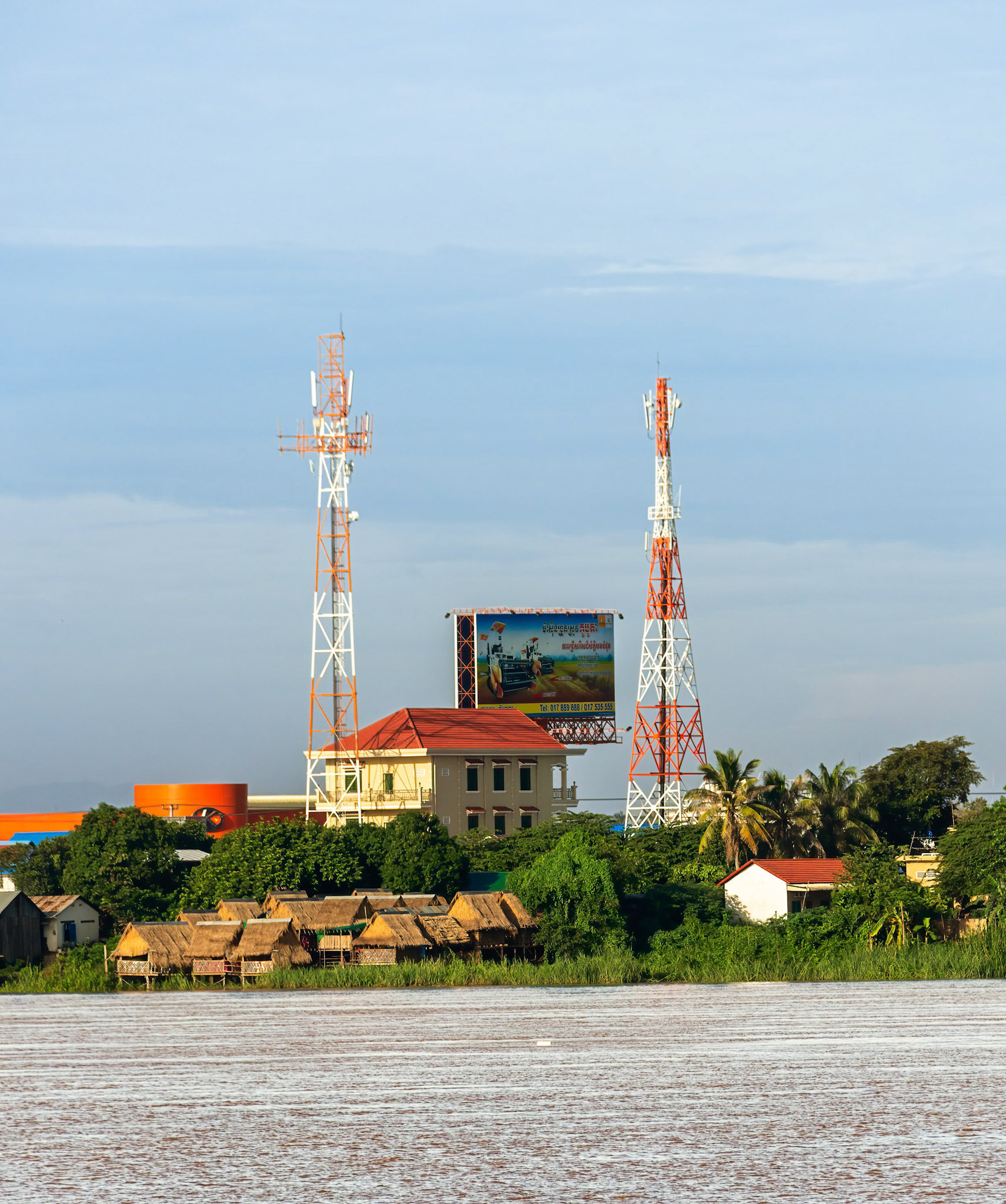
Chong Koh
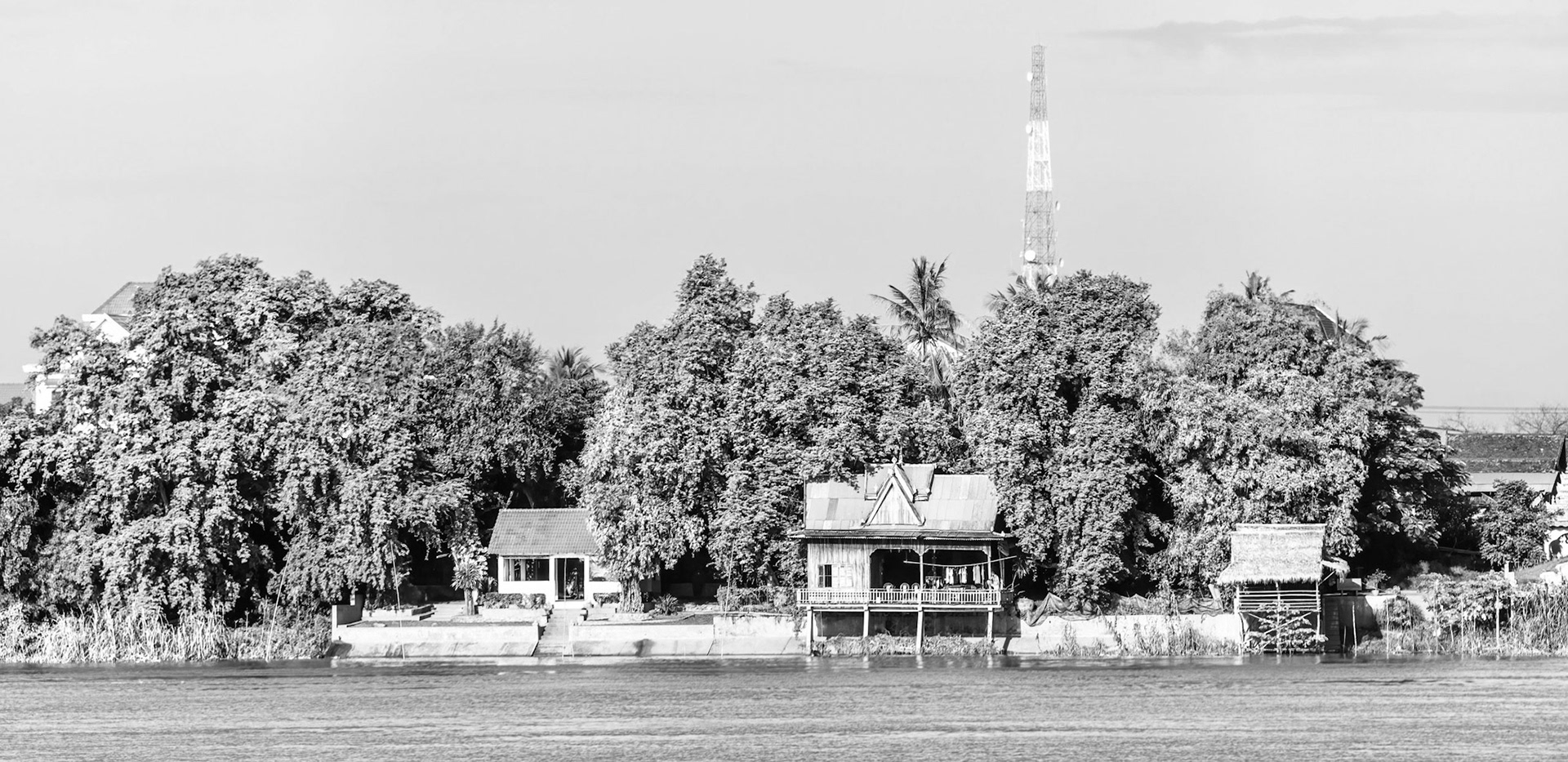
Chong Koh
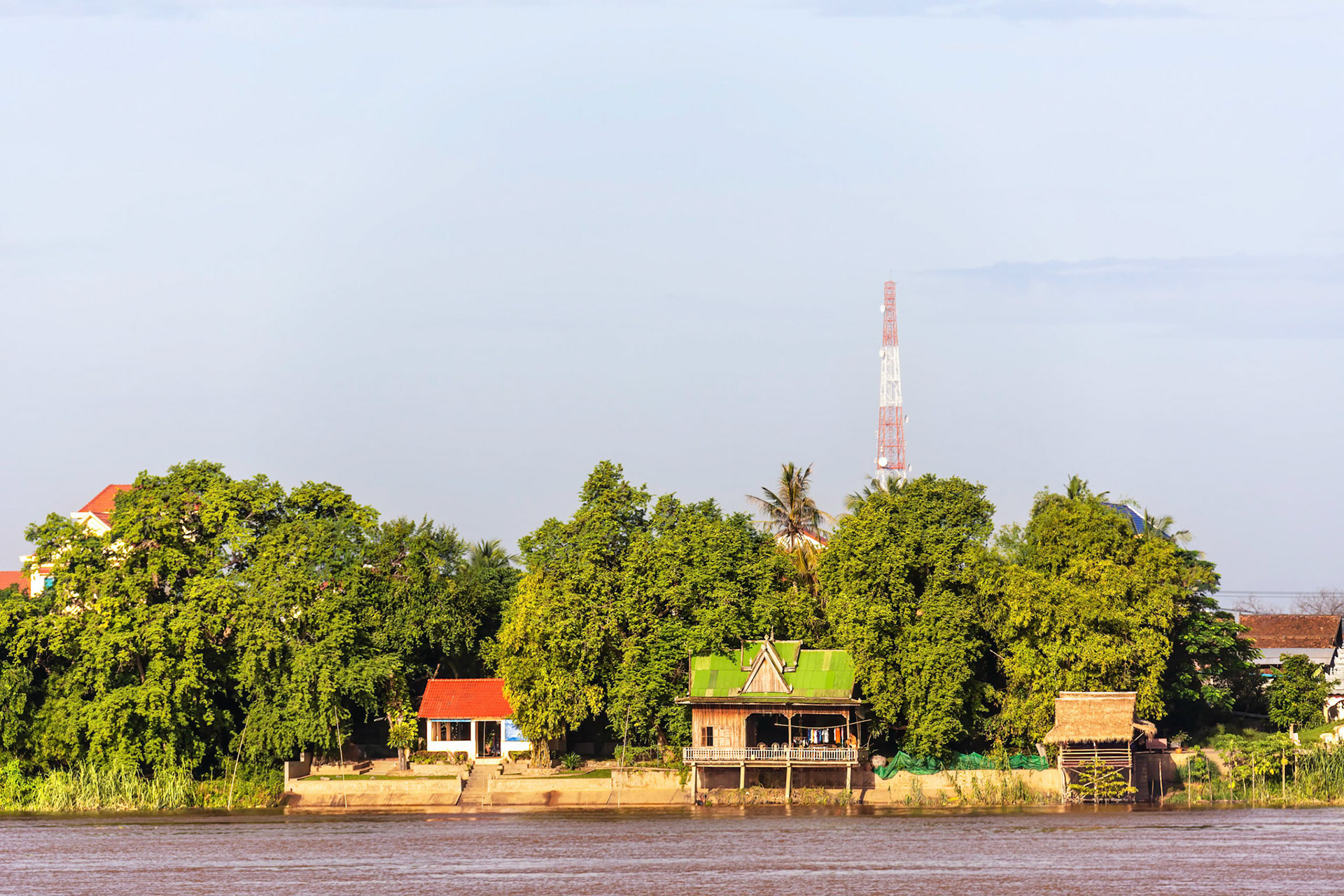
Chong Koh
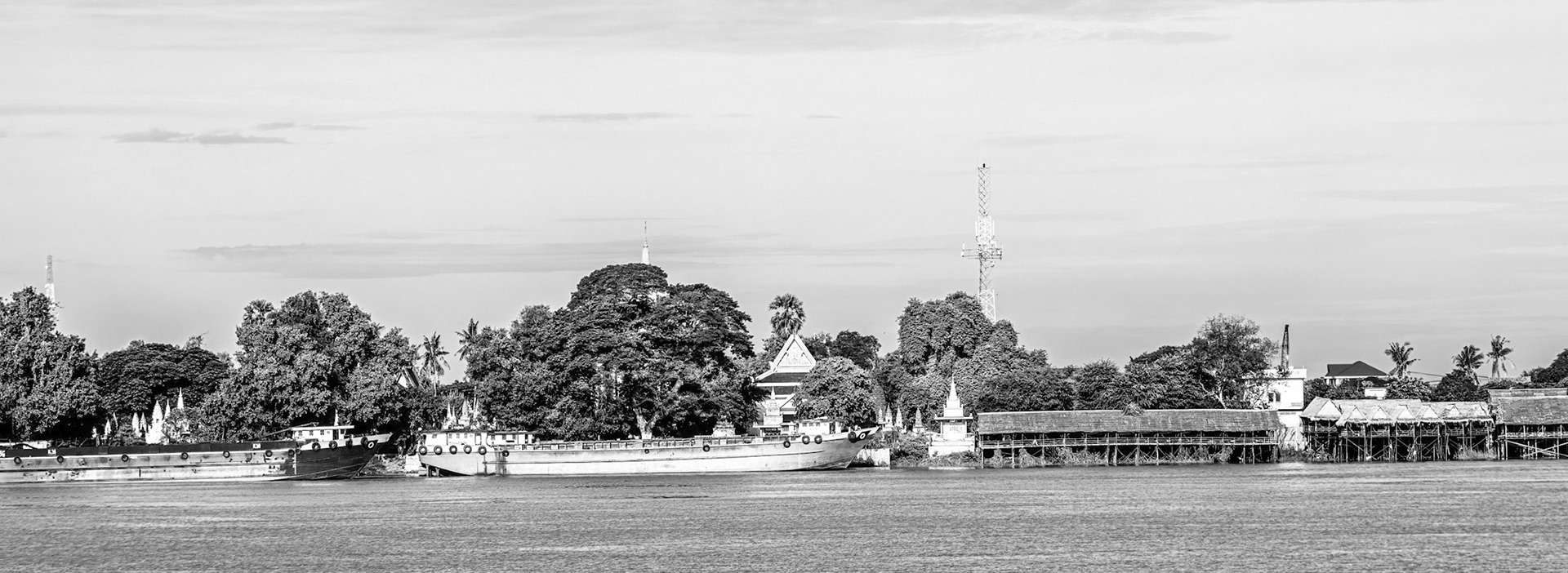
Chong Koh

Chong Koh
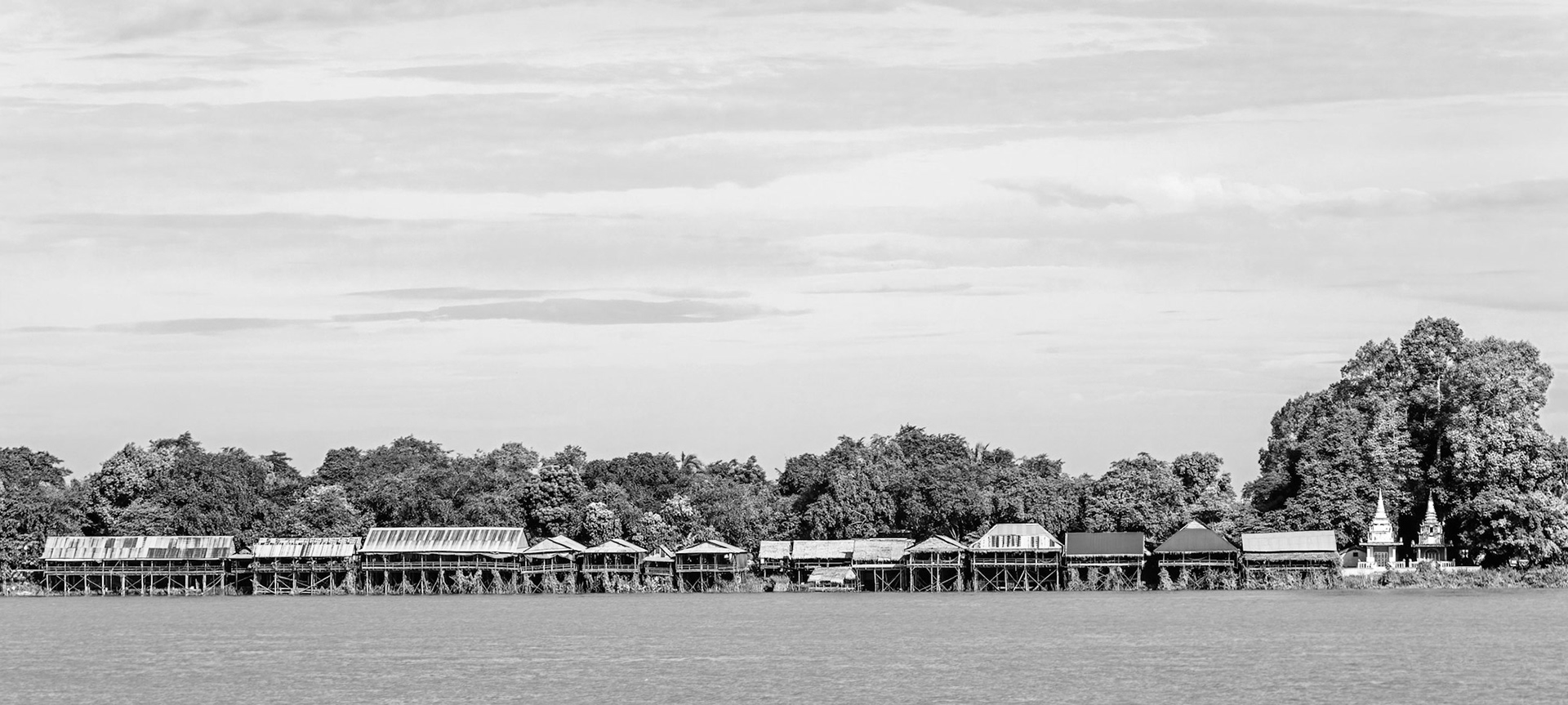
Chong Koh
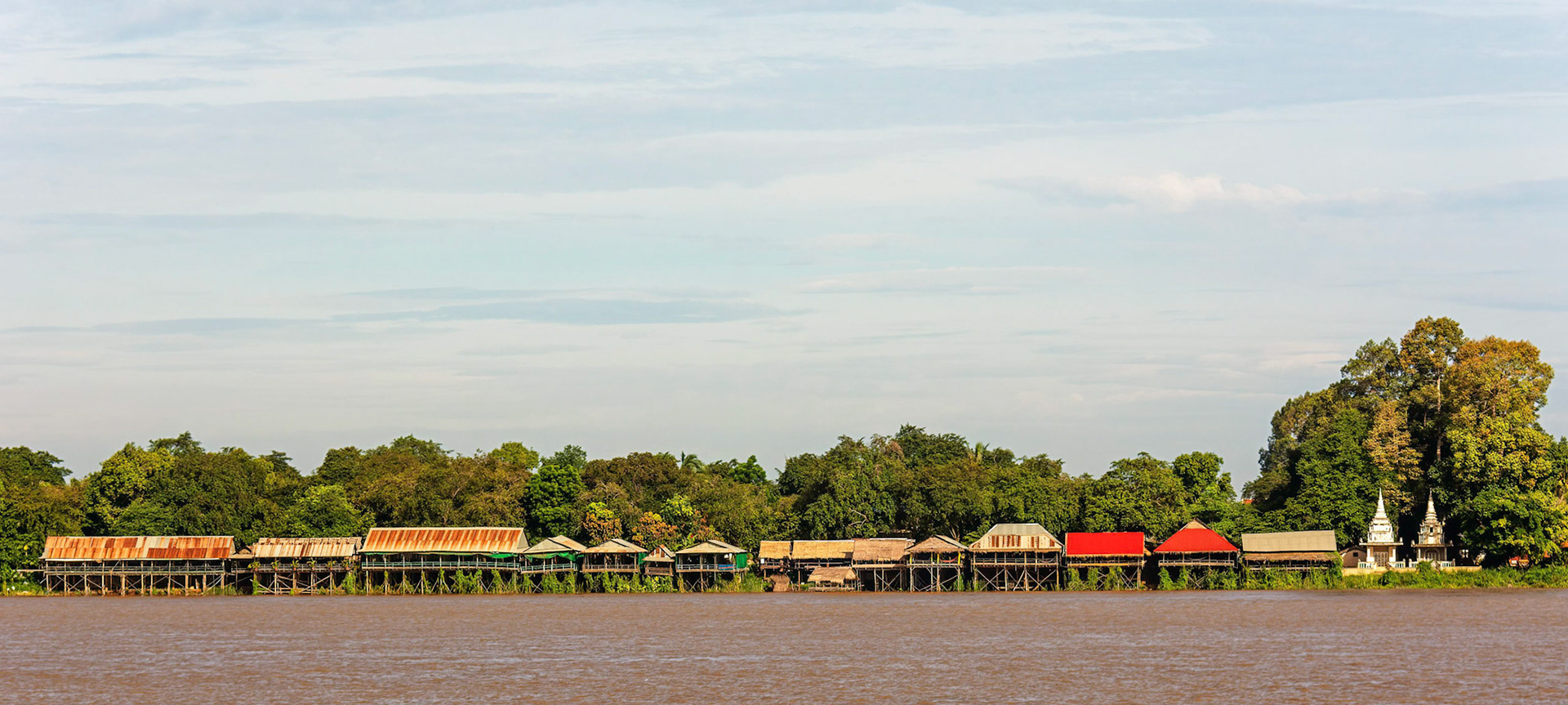
Chong Koh

Chong Koh
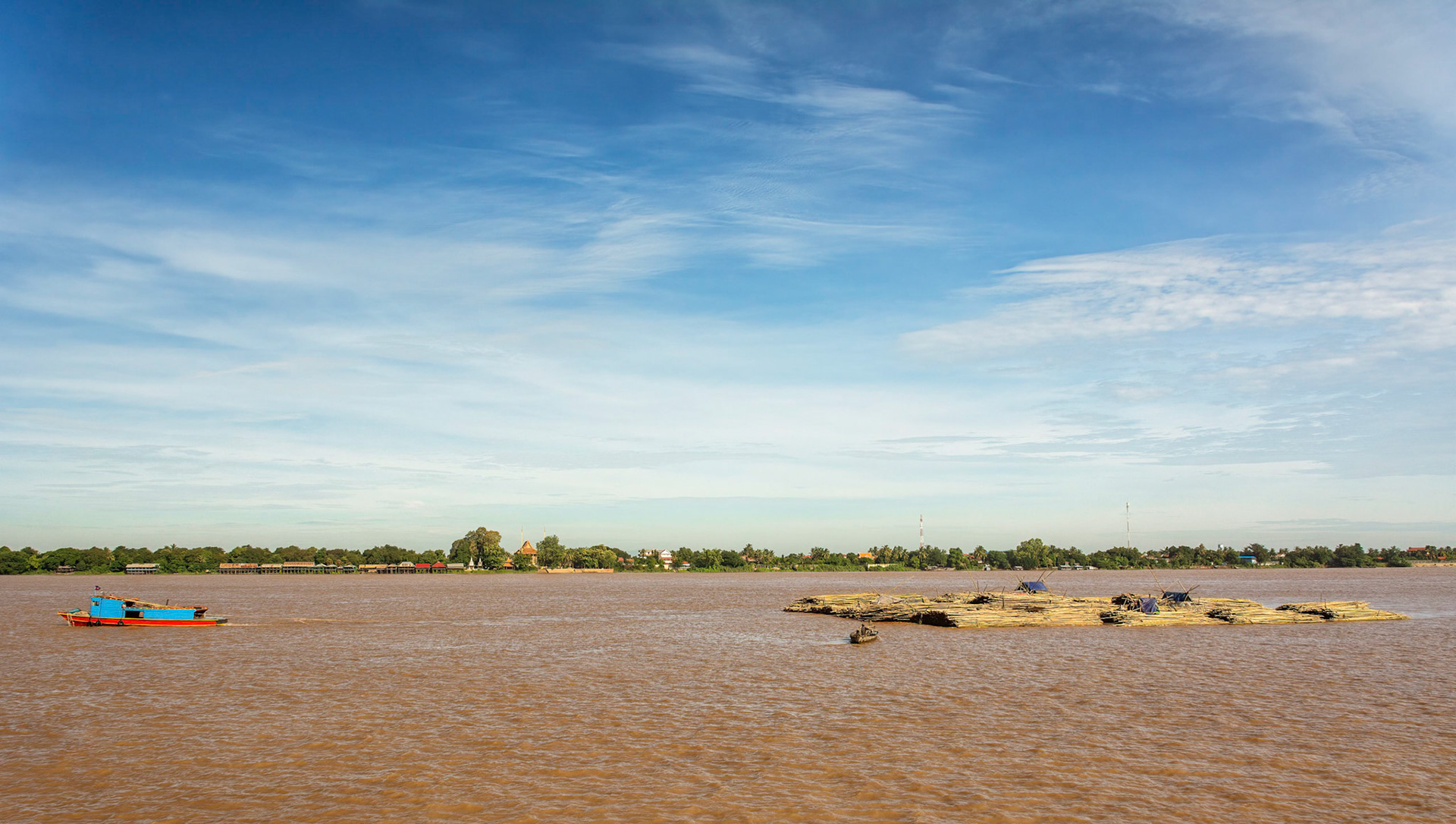
Chong Koh
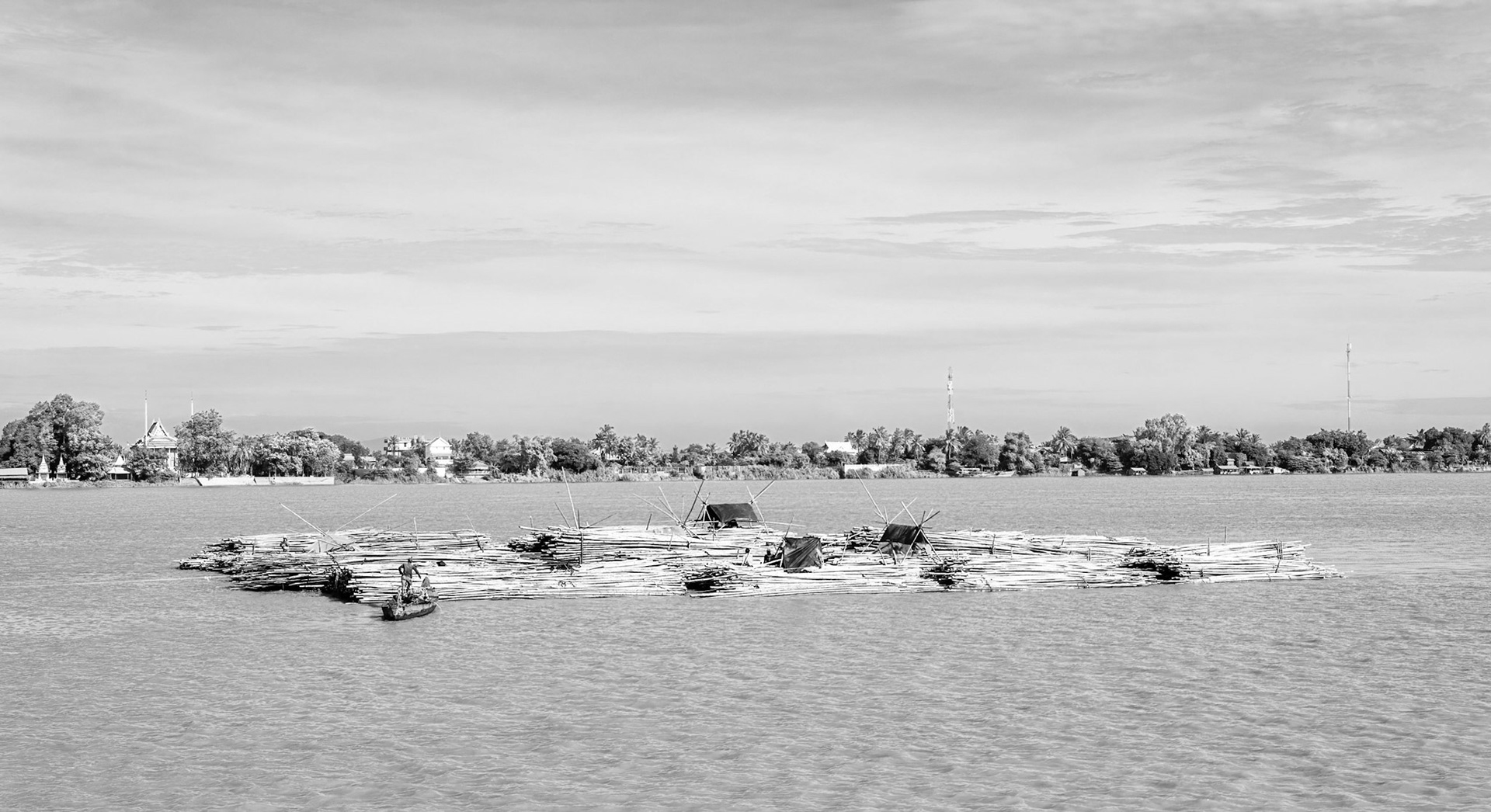
Chong Koh

Chong Koh
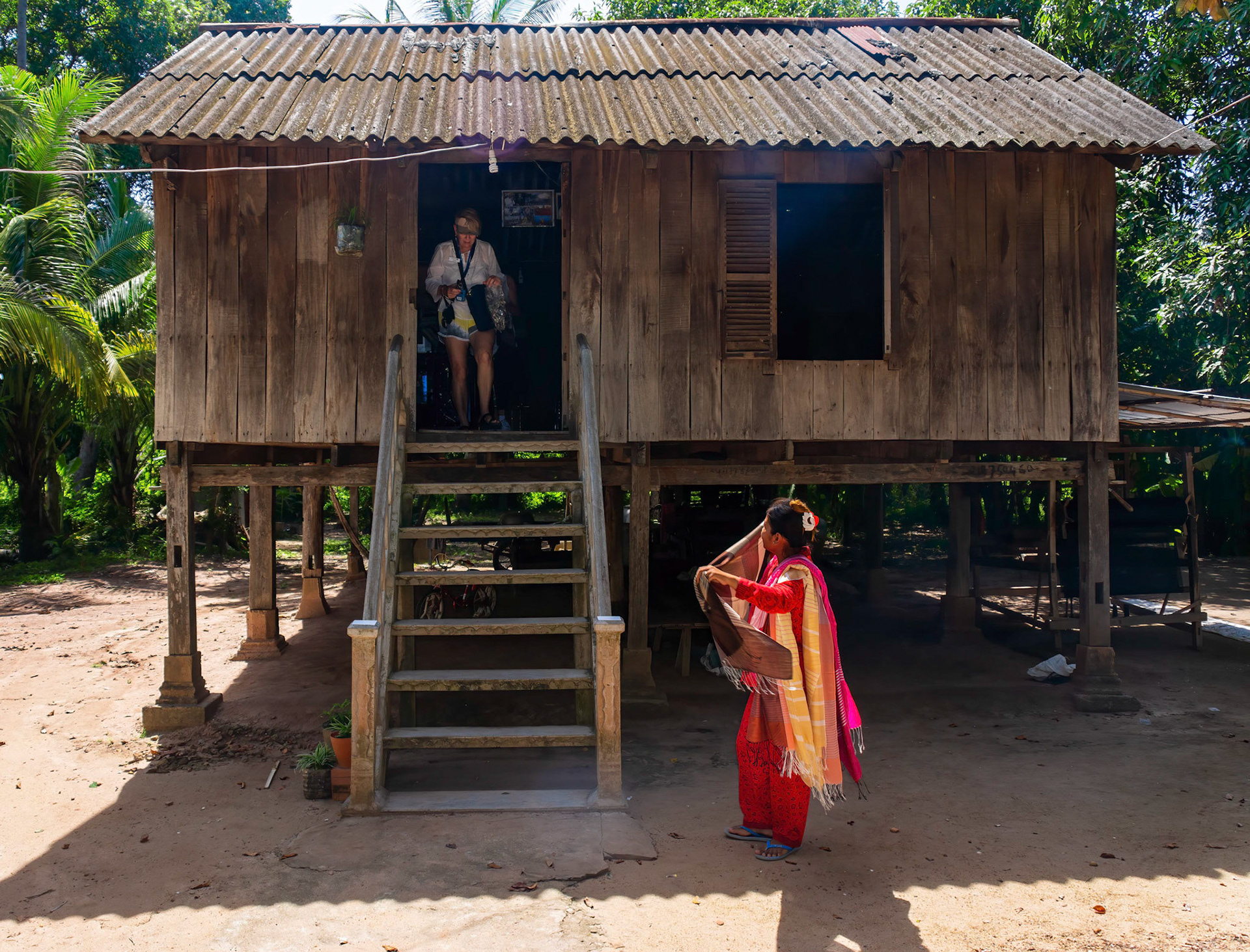
Chong Koh
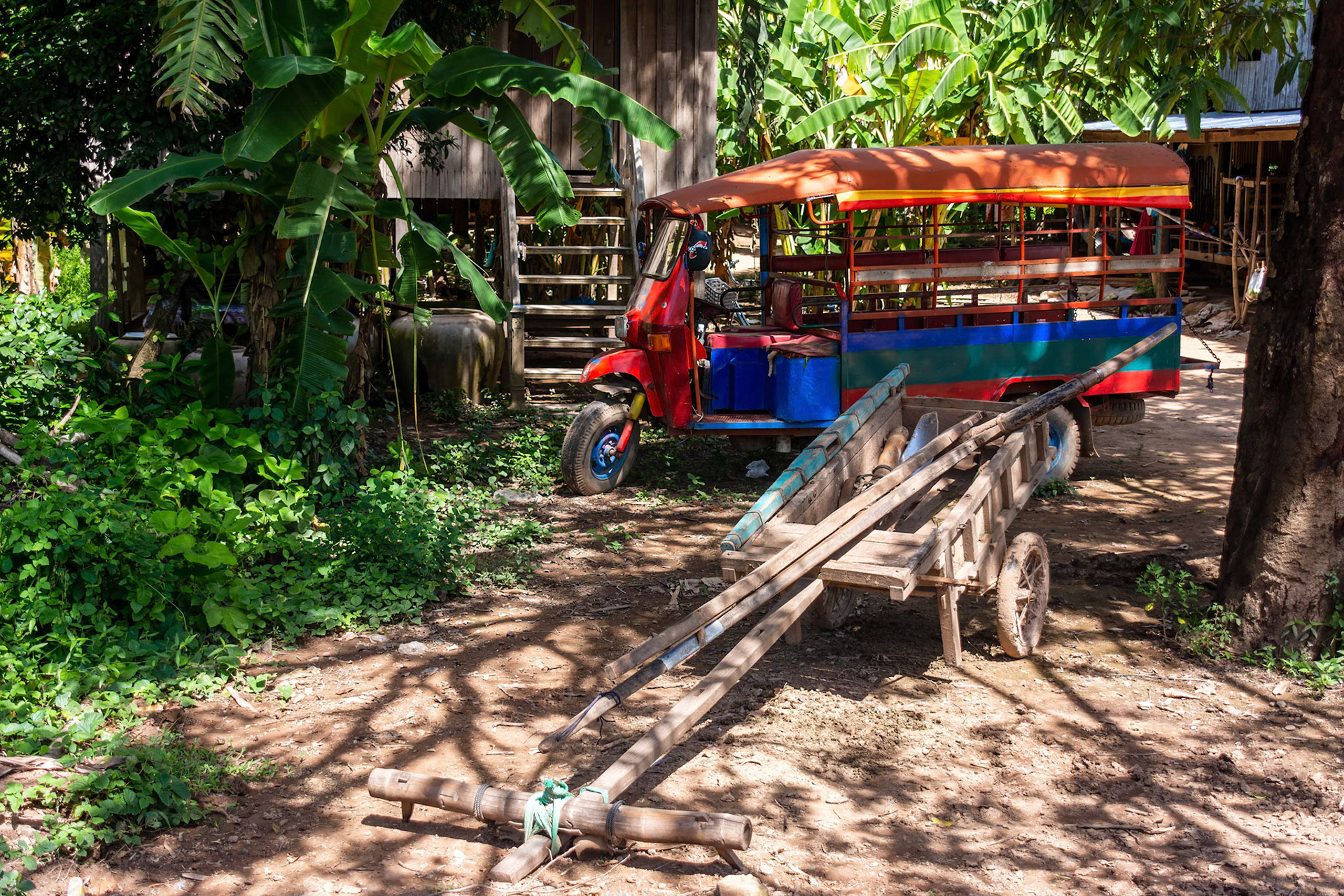
Chong Koh
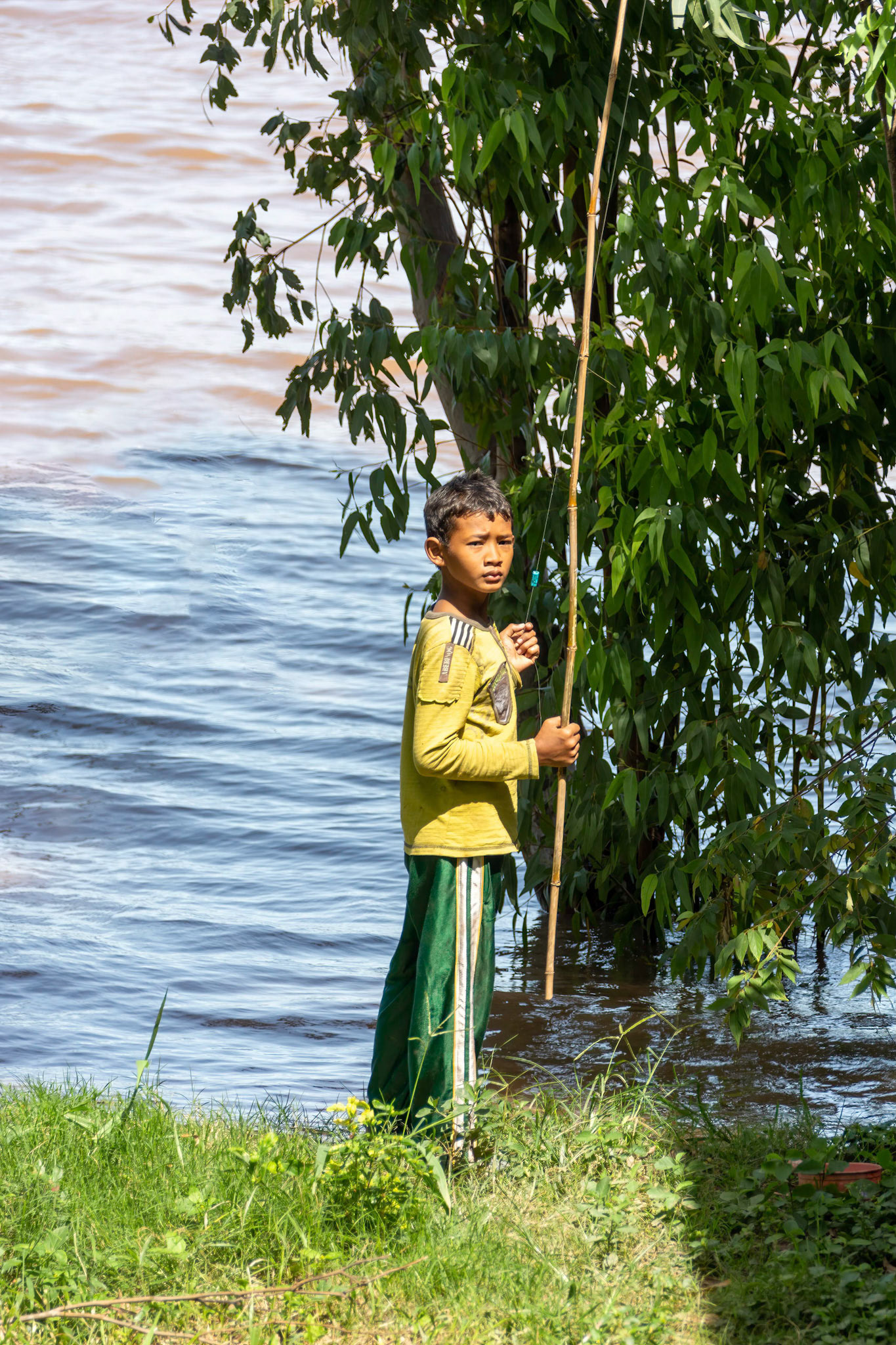
Chong Koh
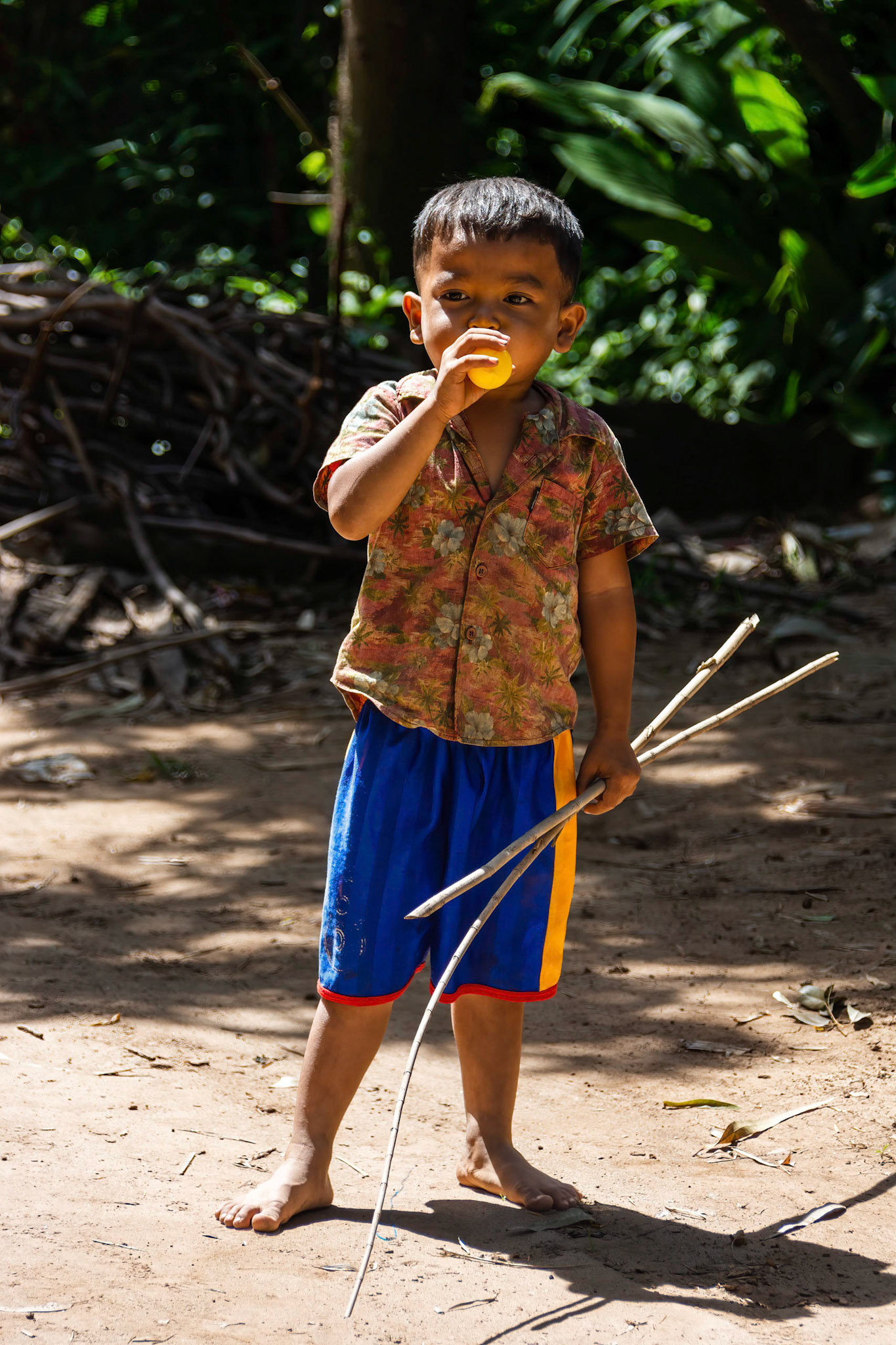
Chong Koh
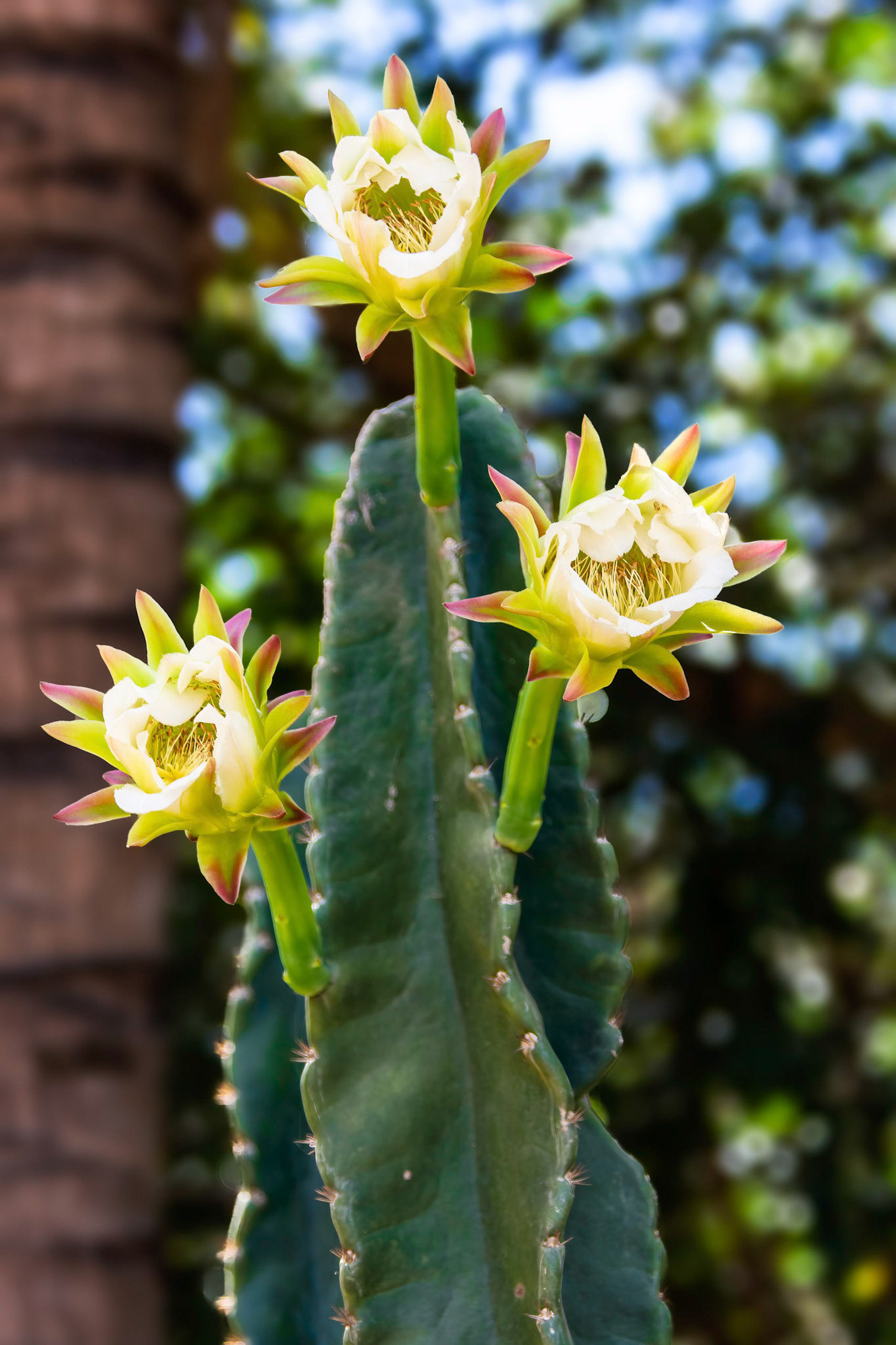
Chong Koh
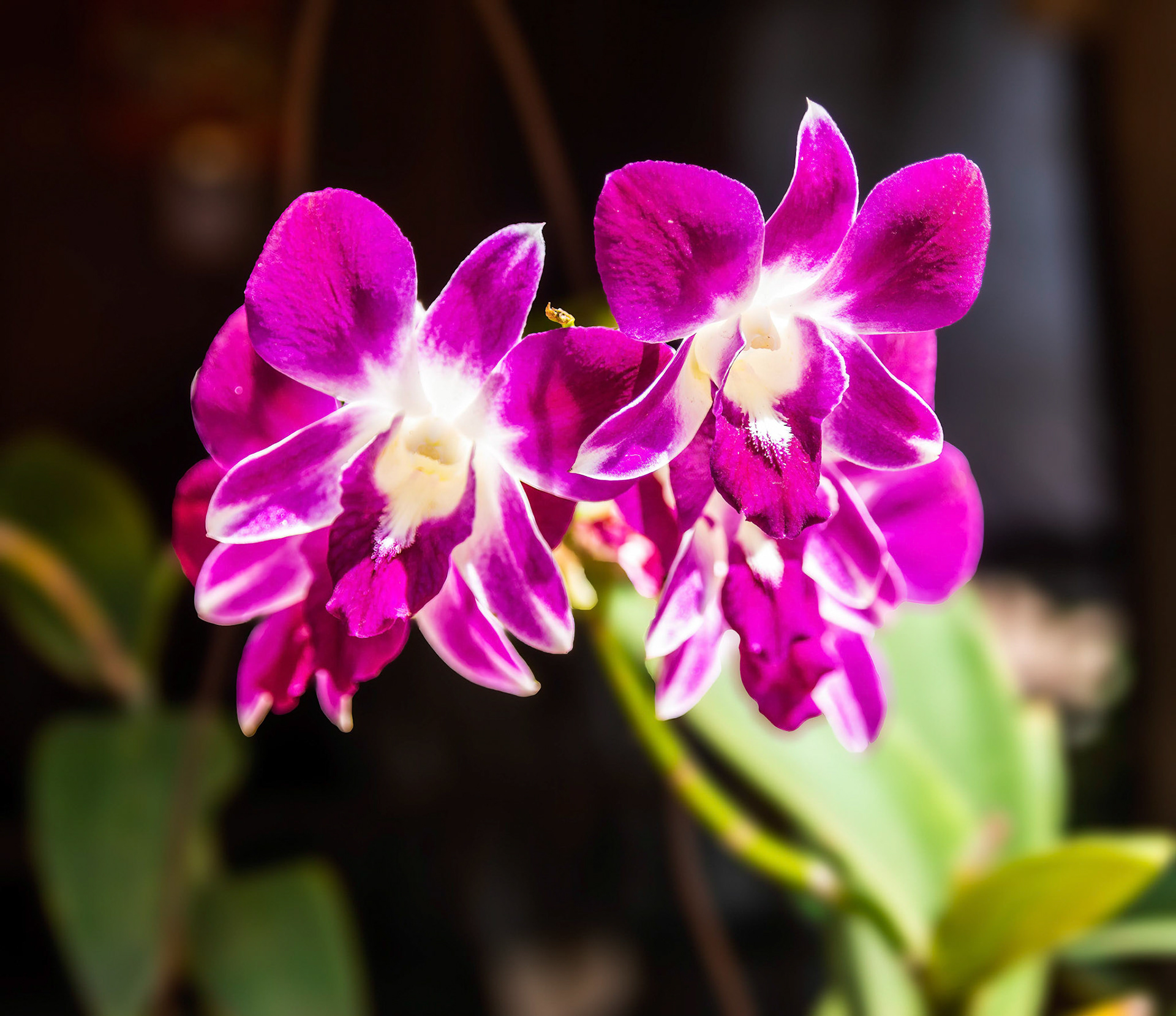
Chong Koh

Chong Koh
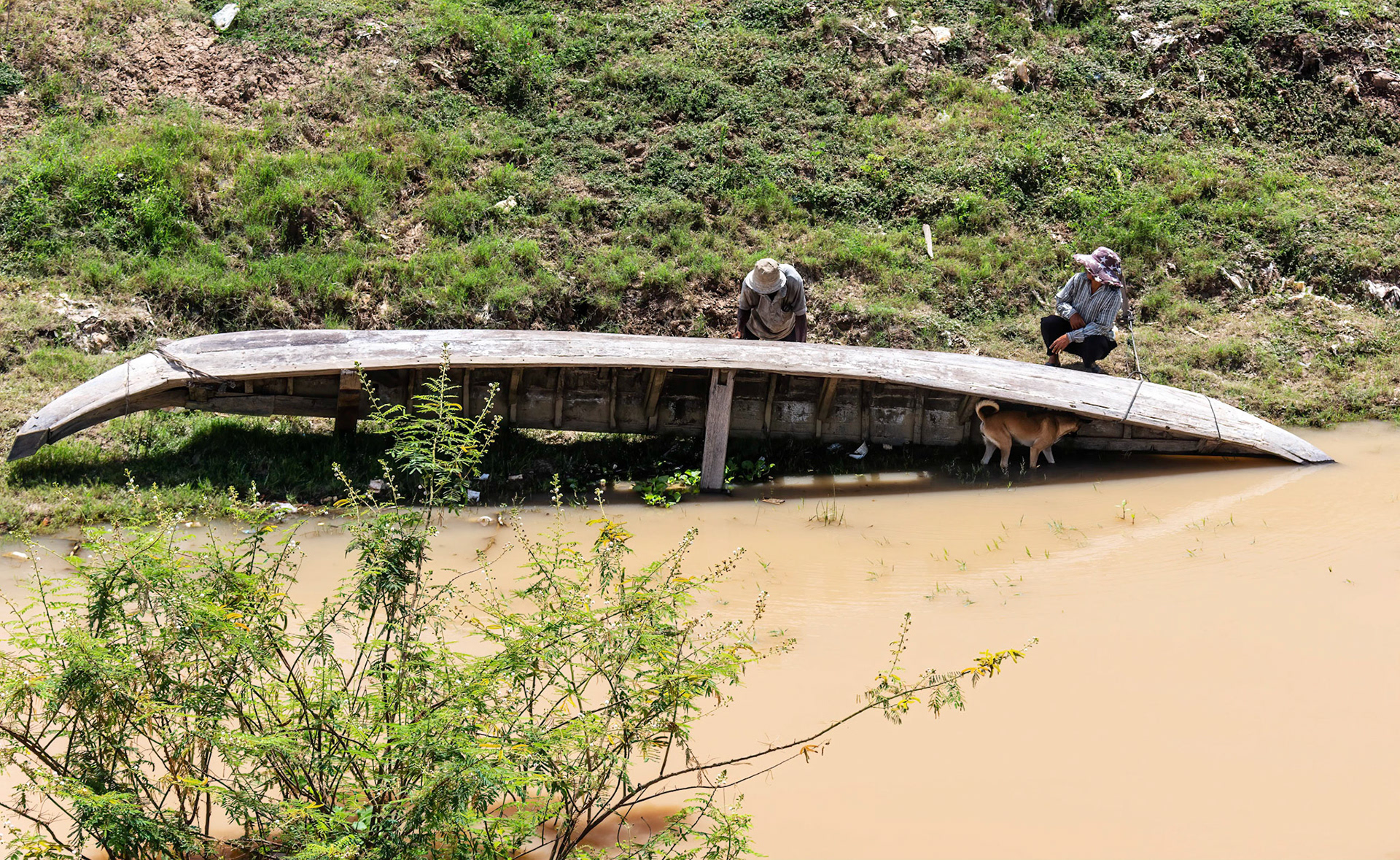
Oudong
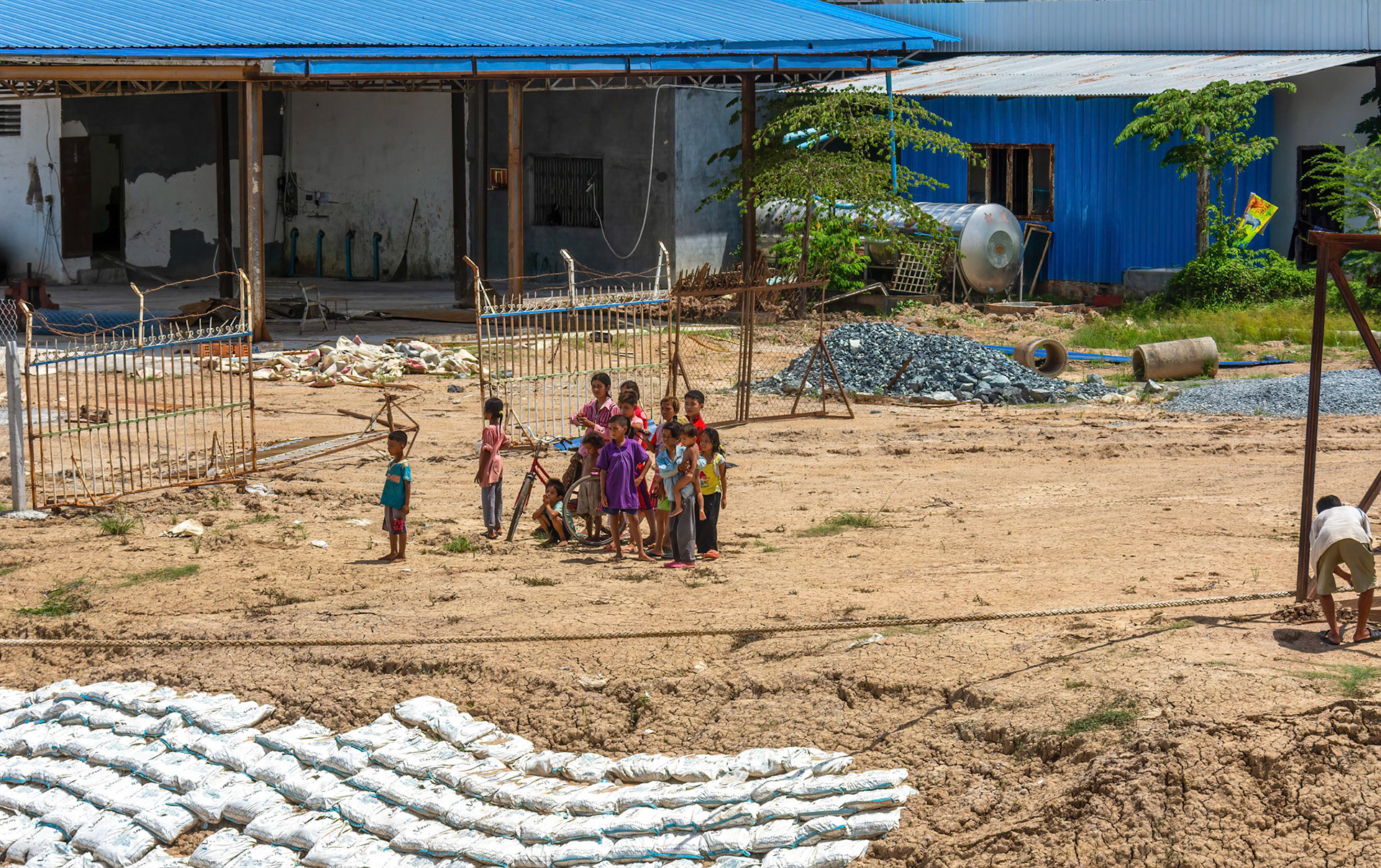
Oudong
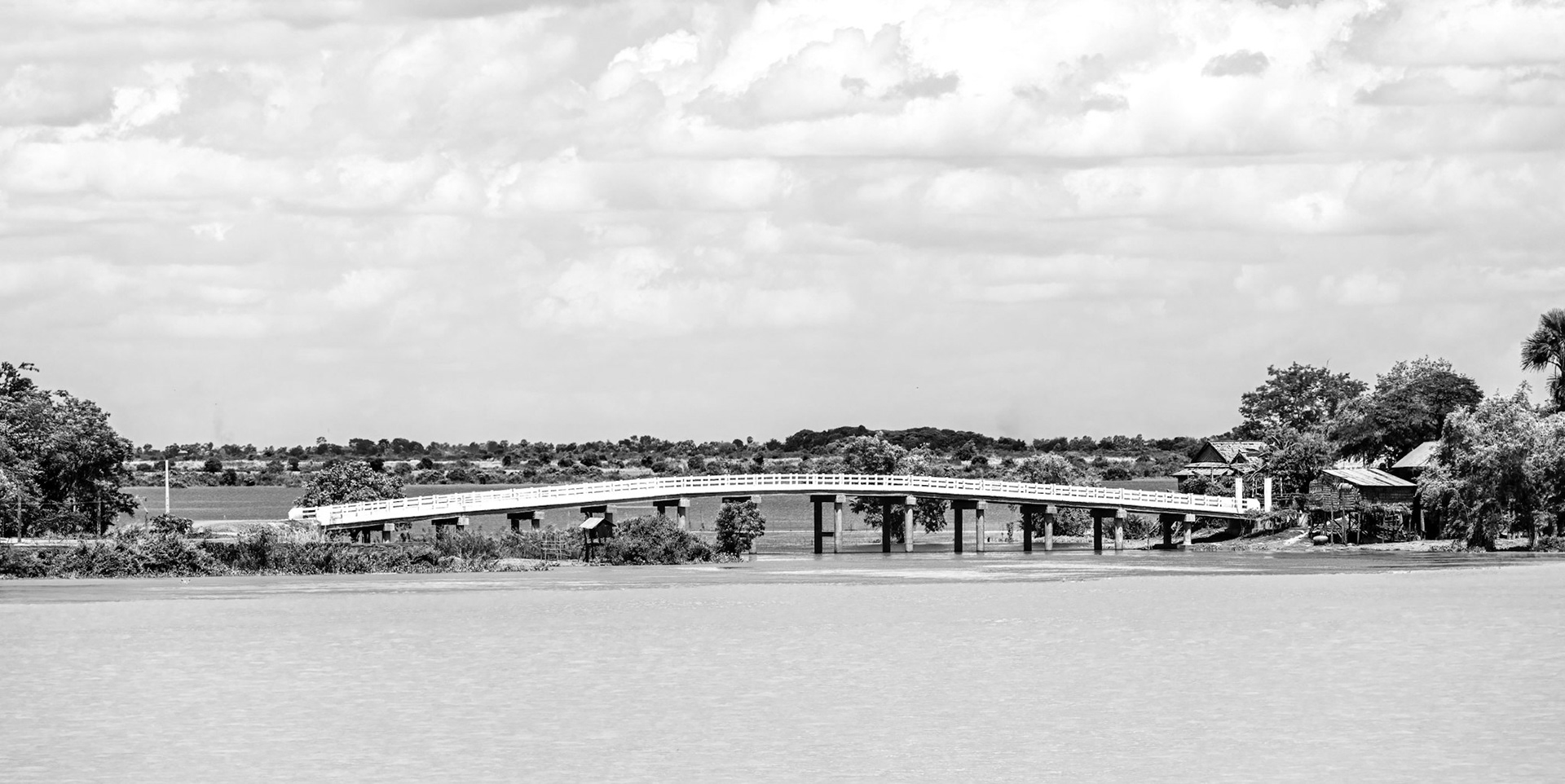
Oudong
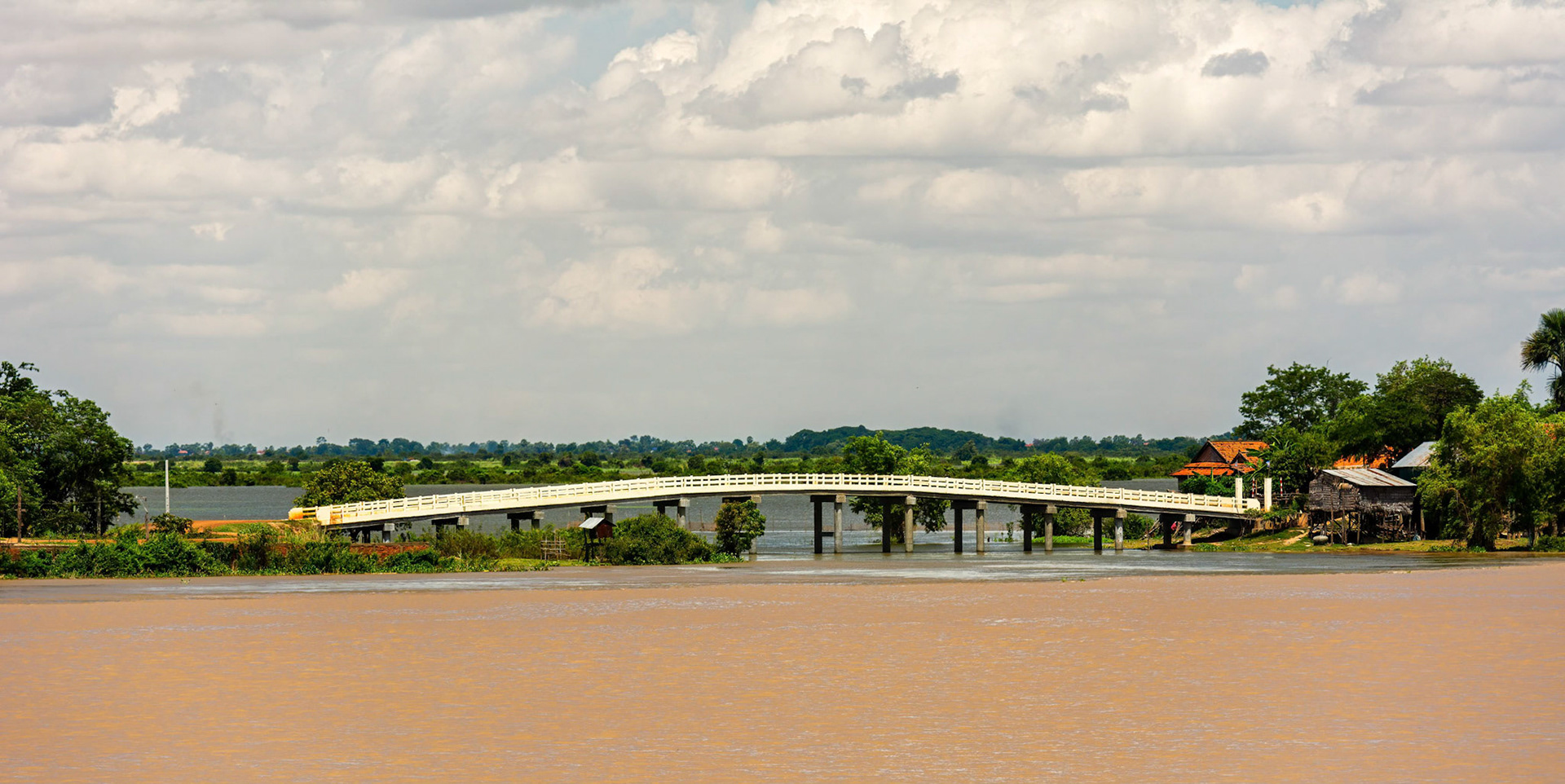
Oudong
